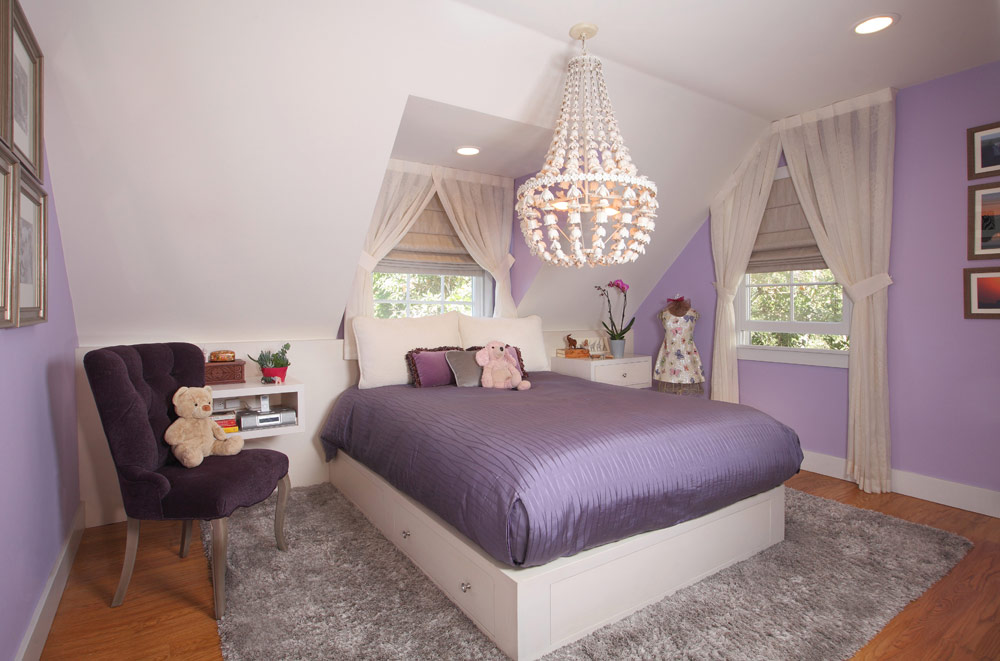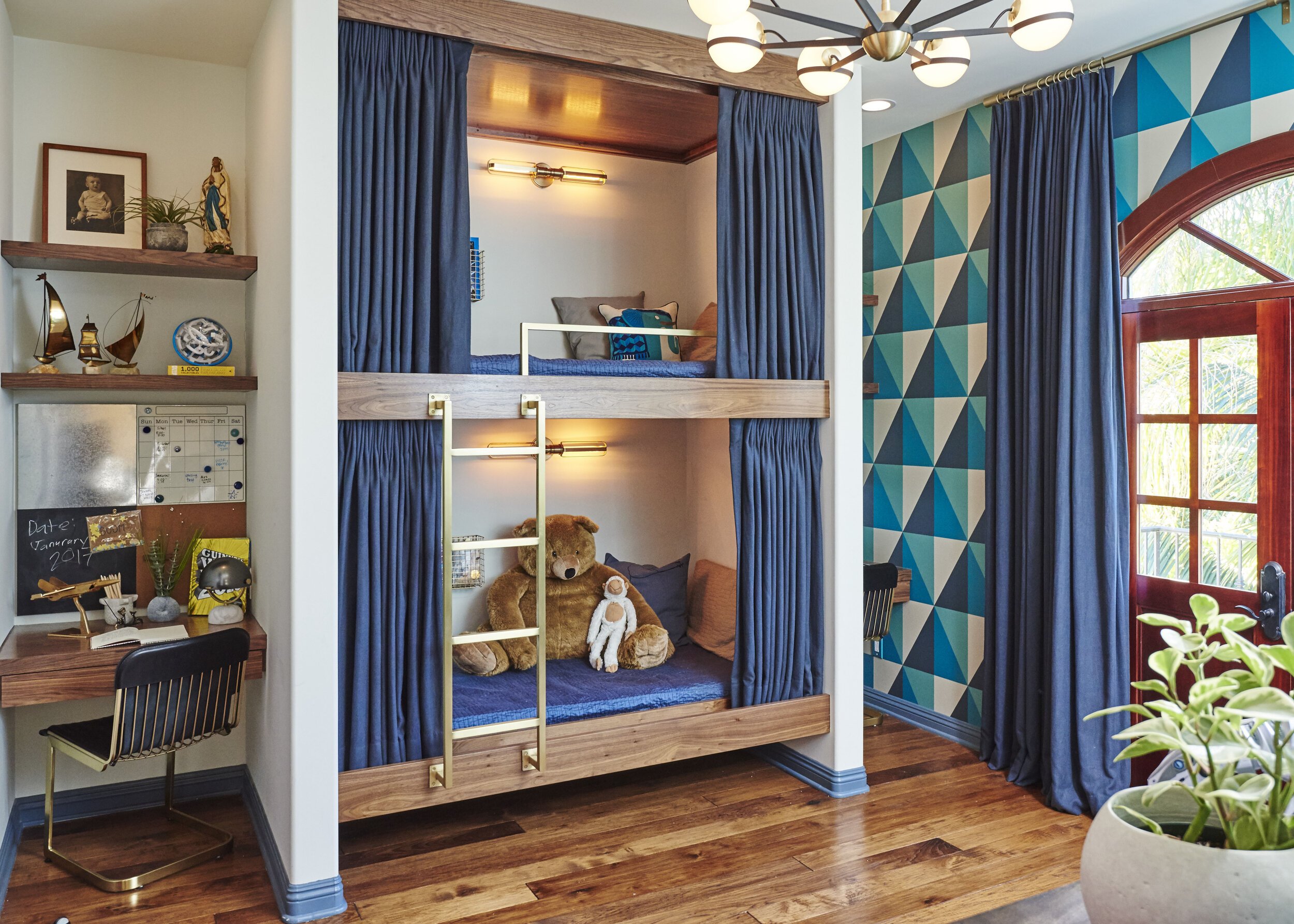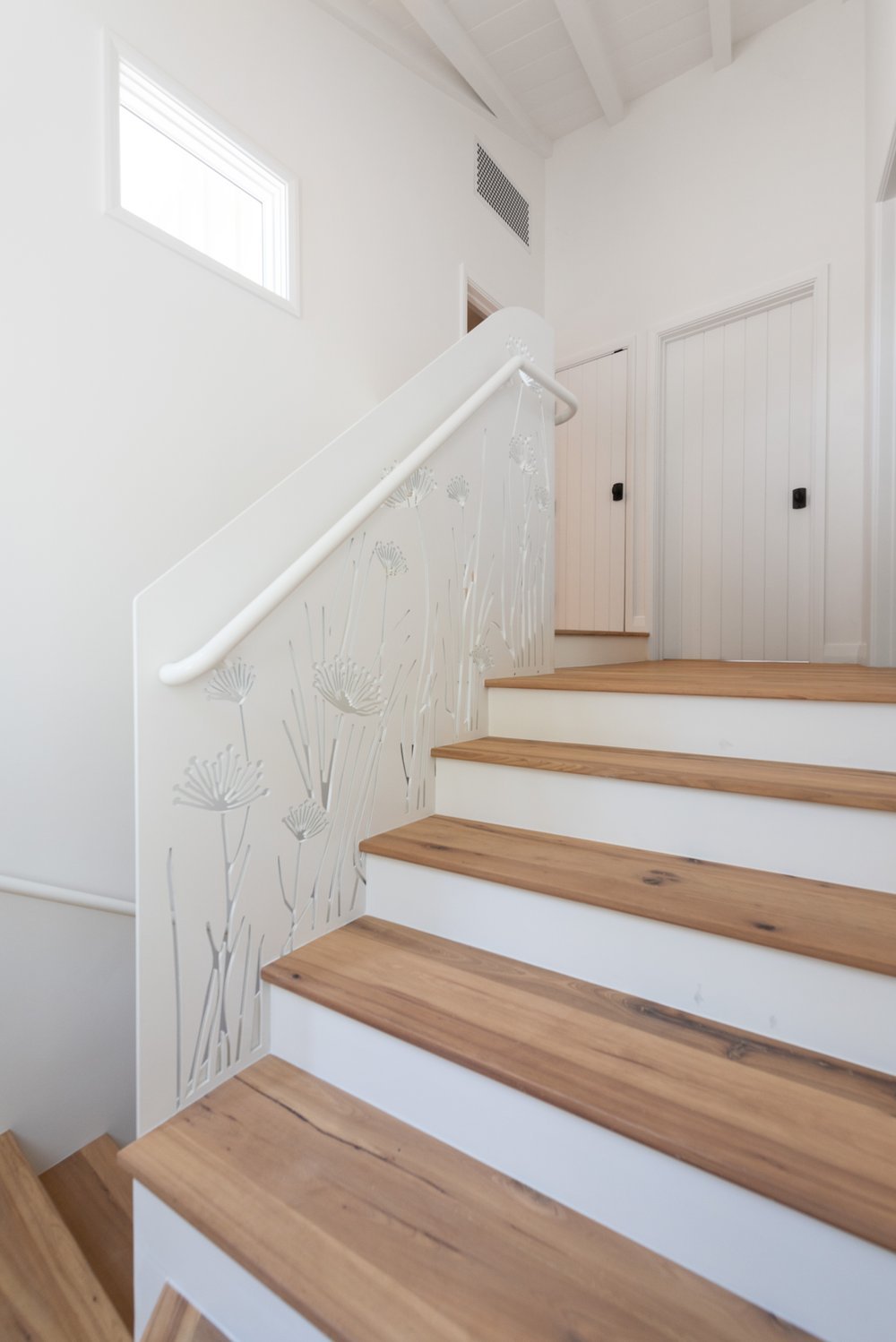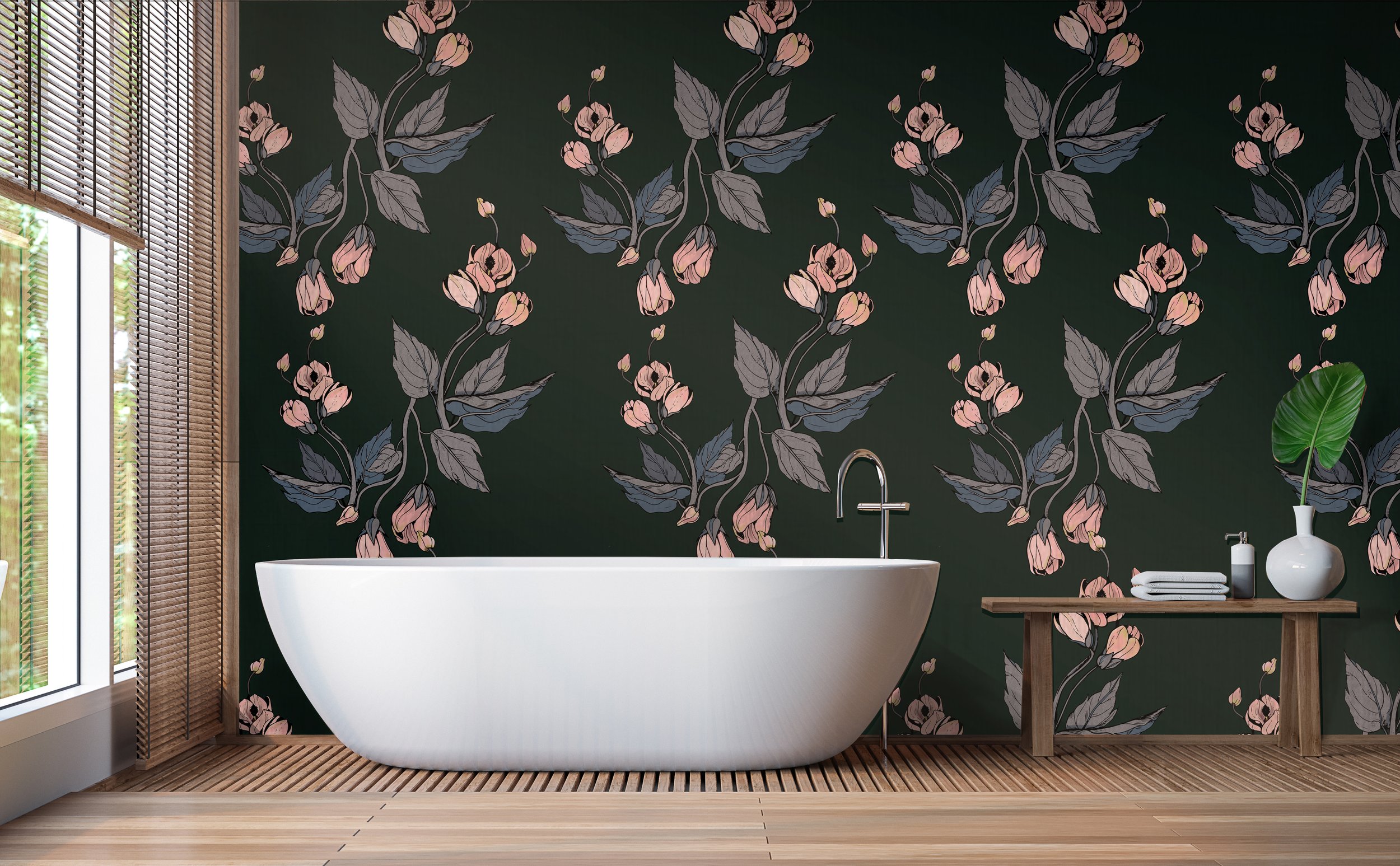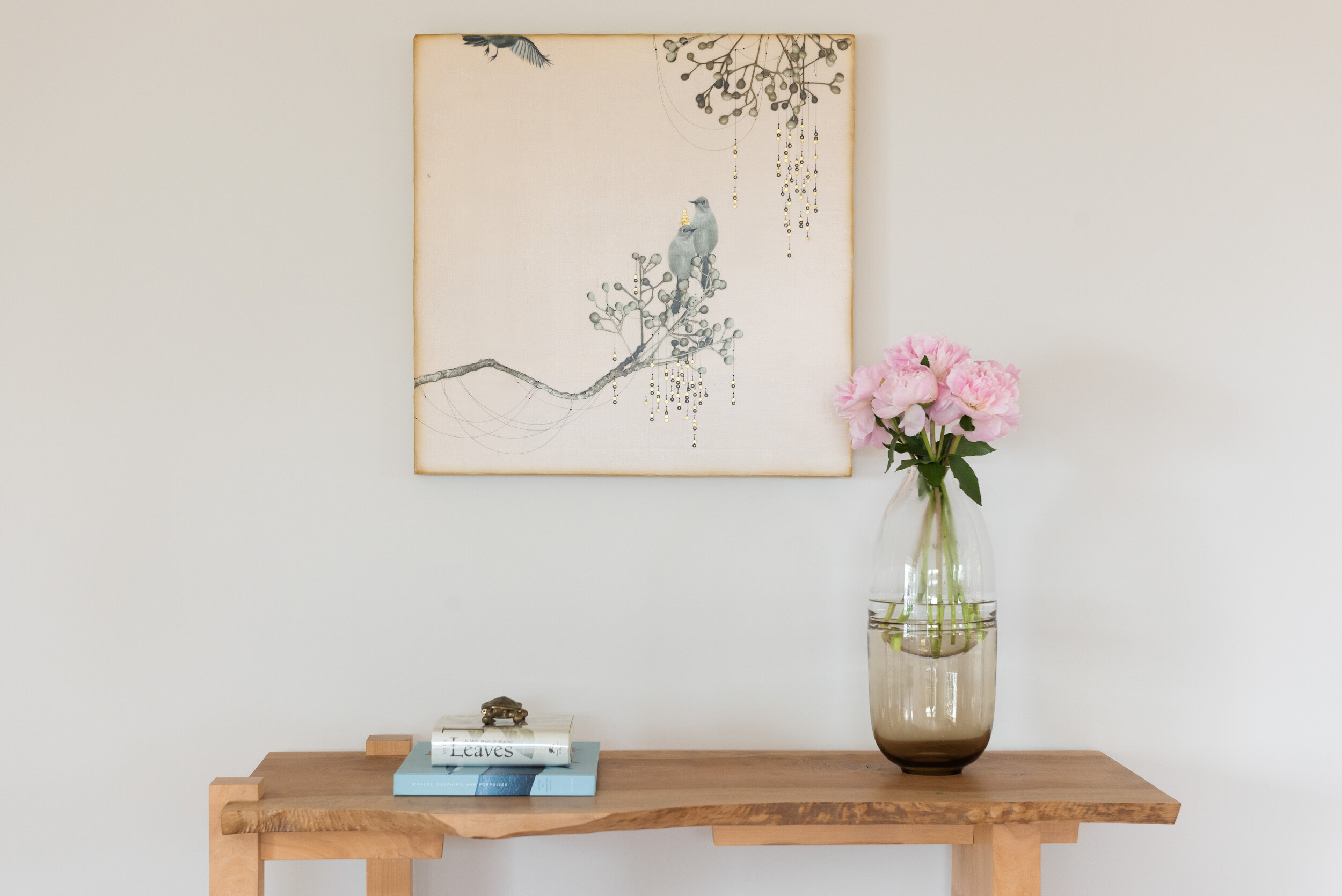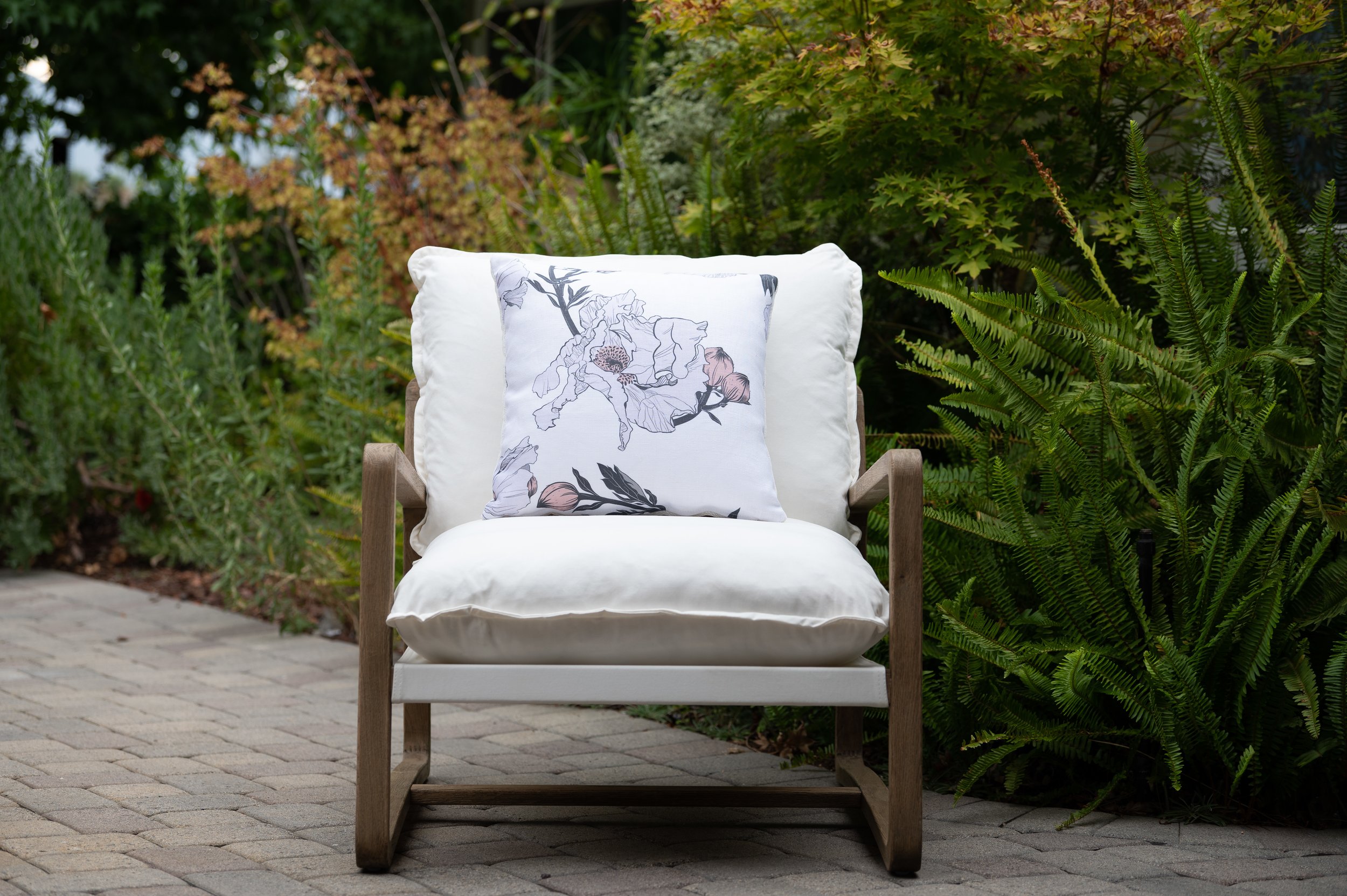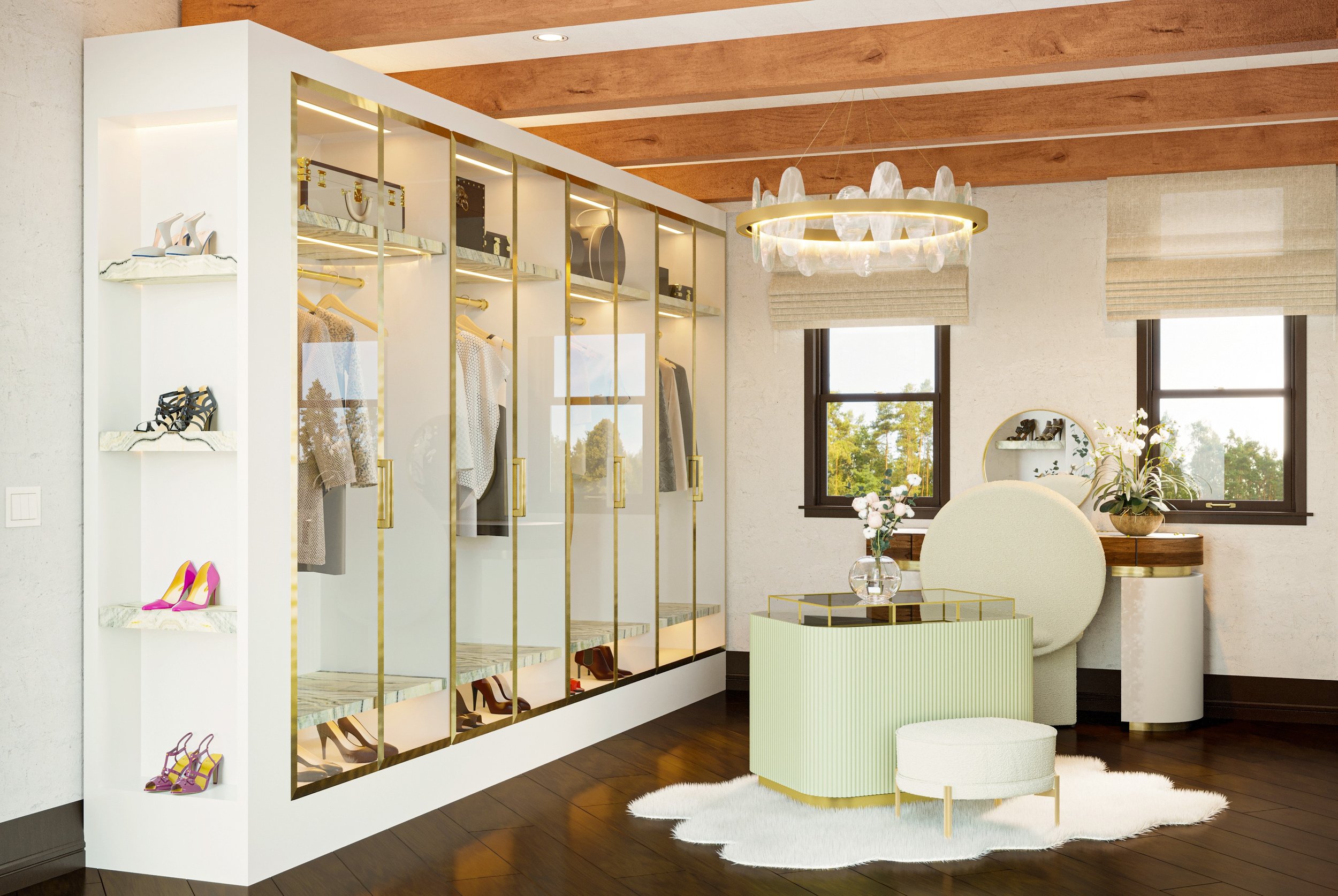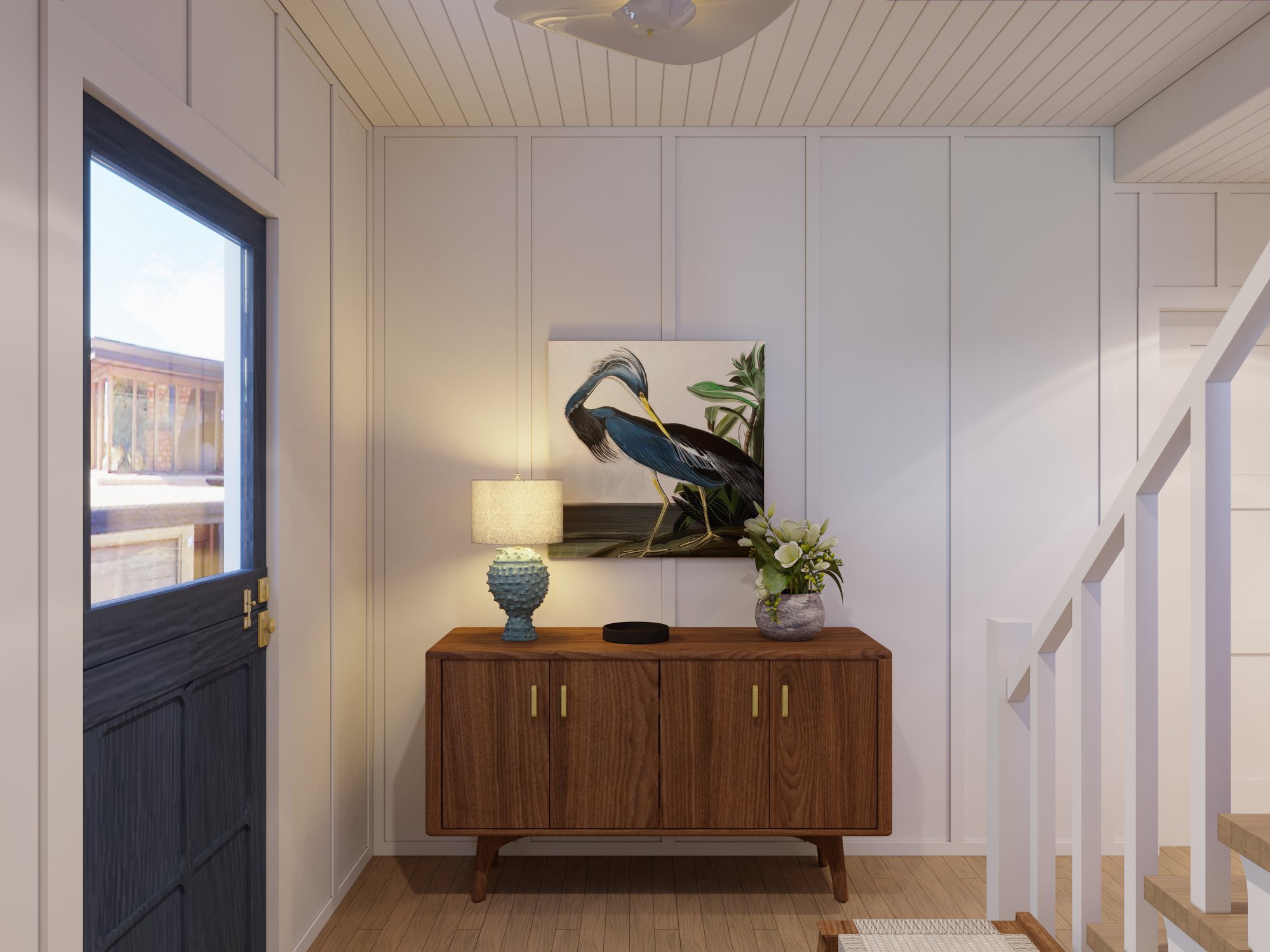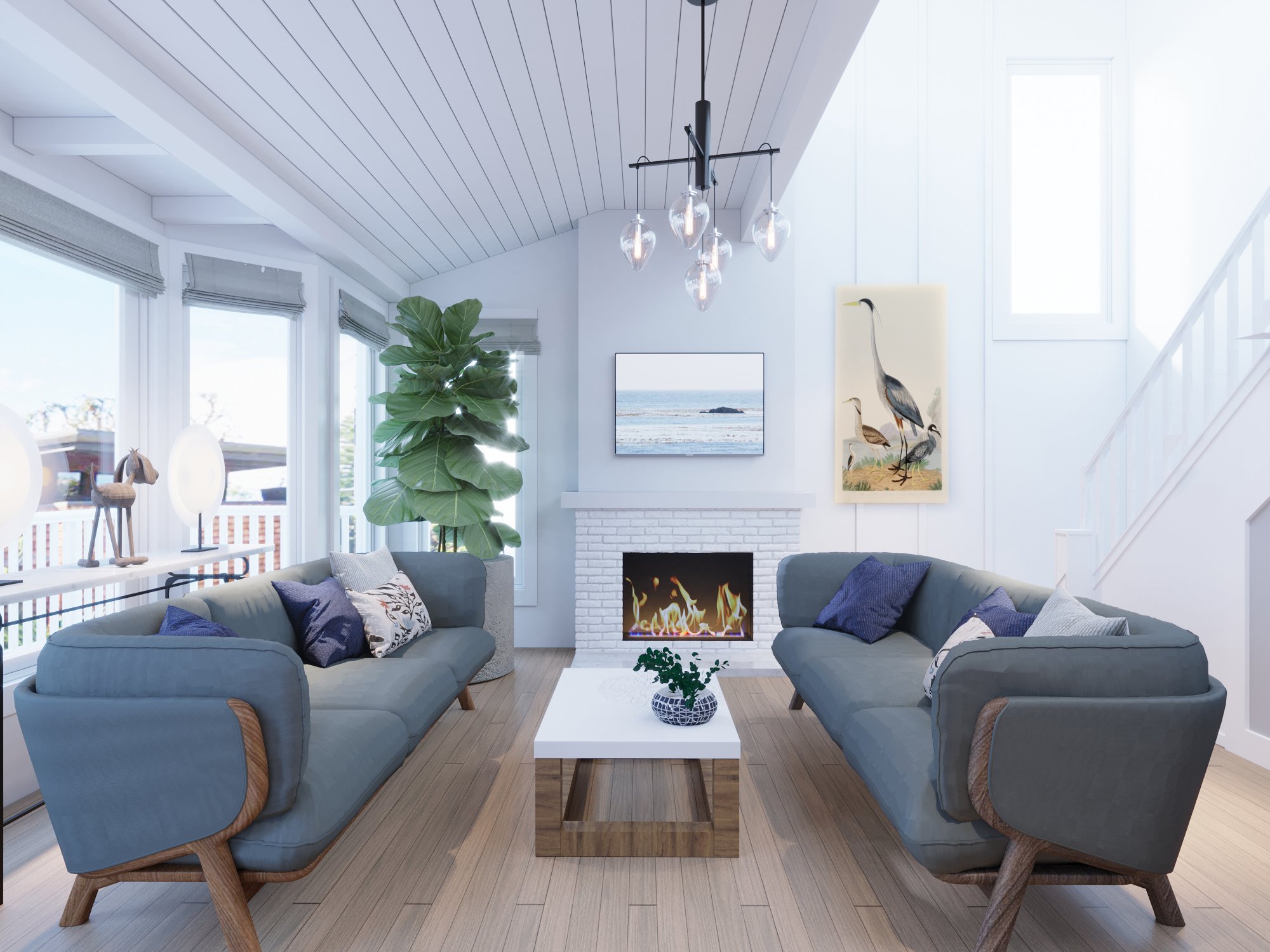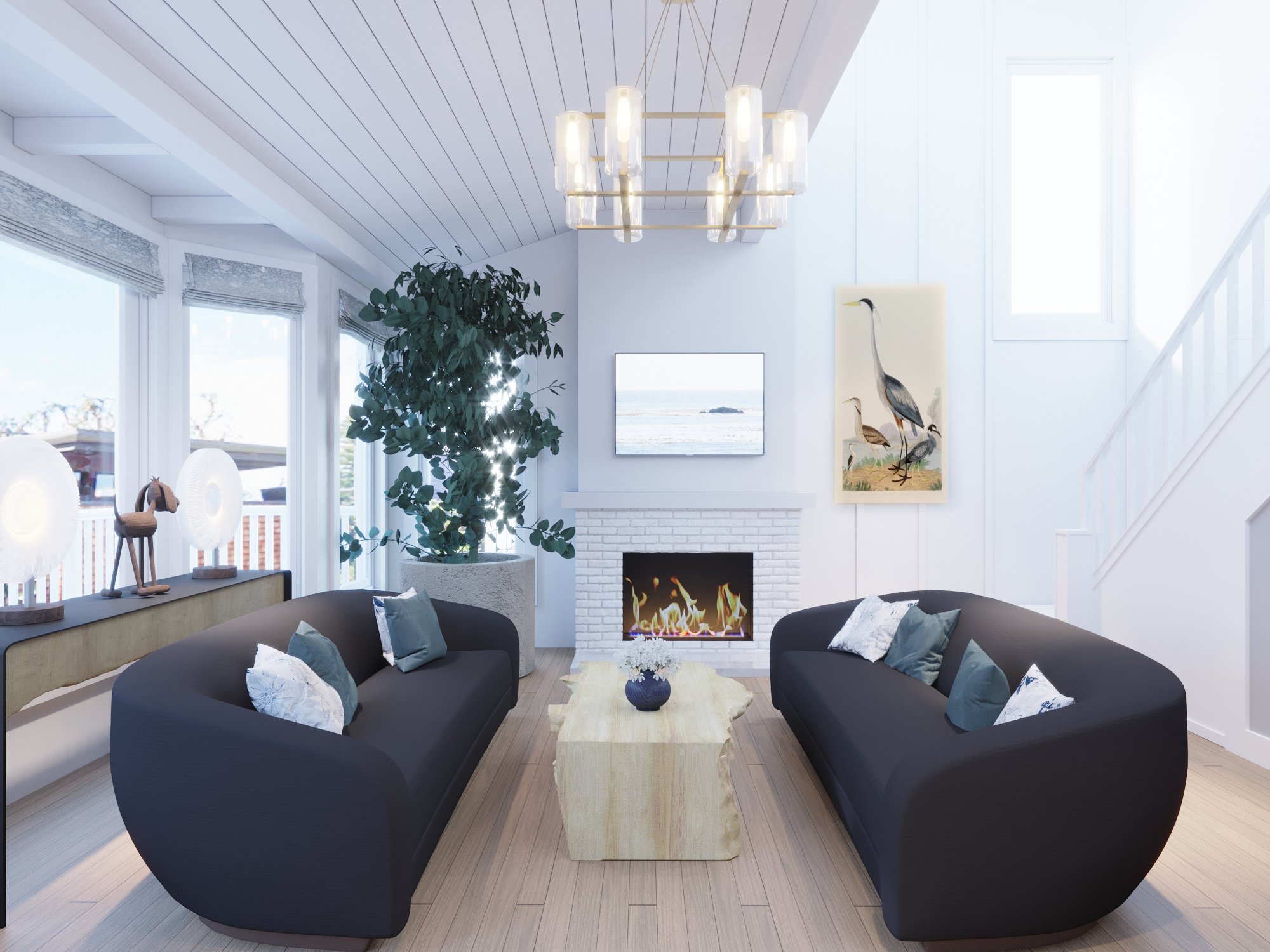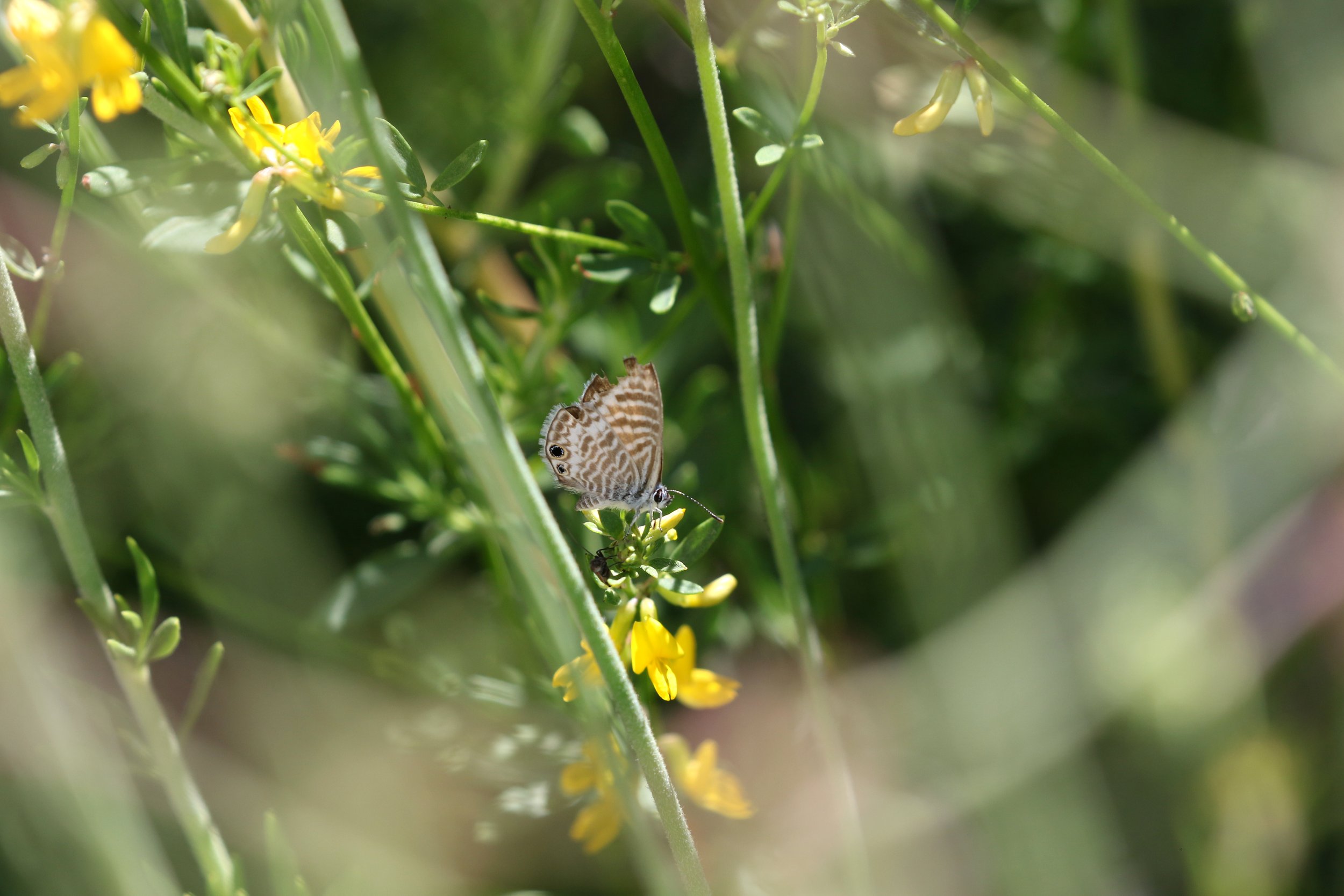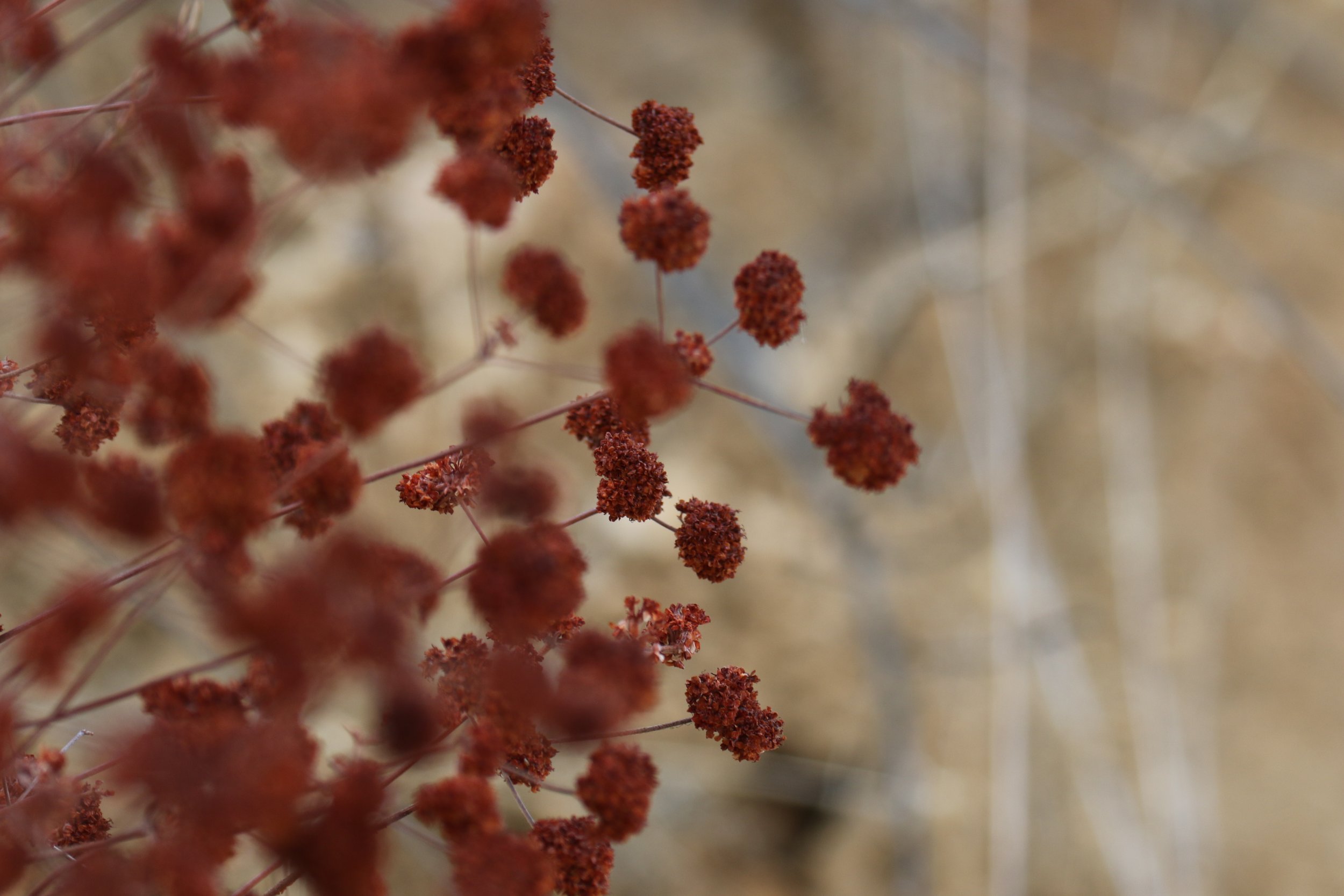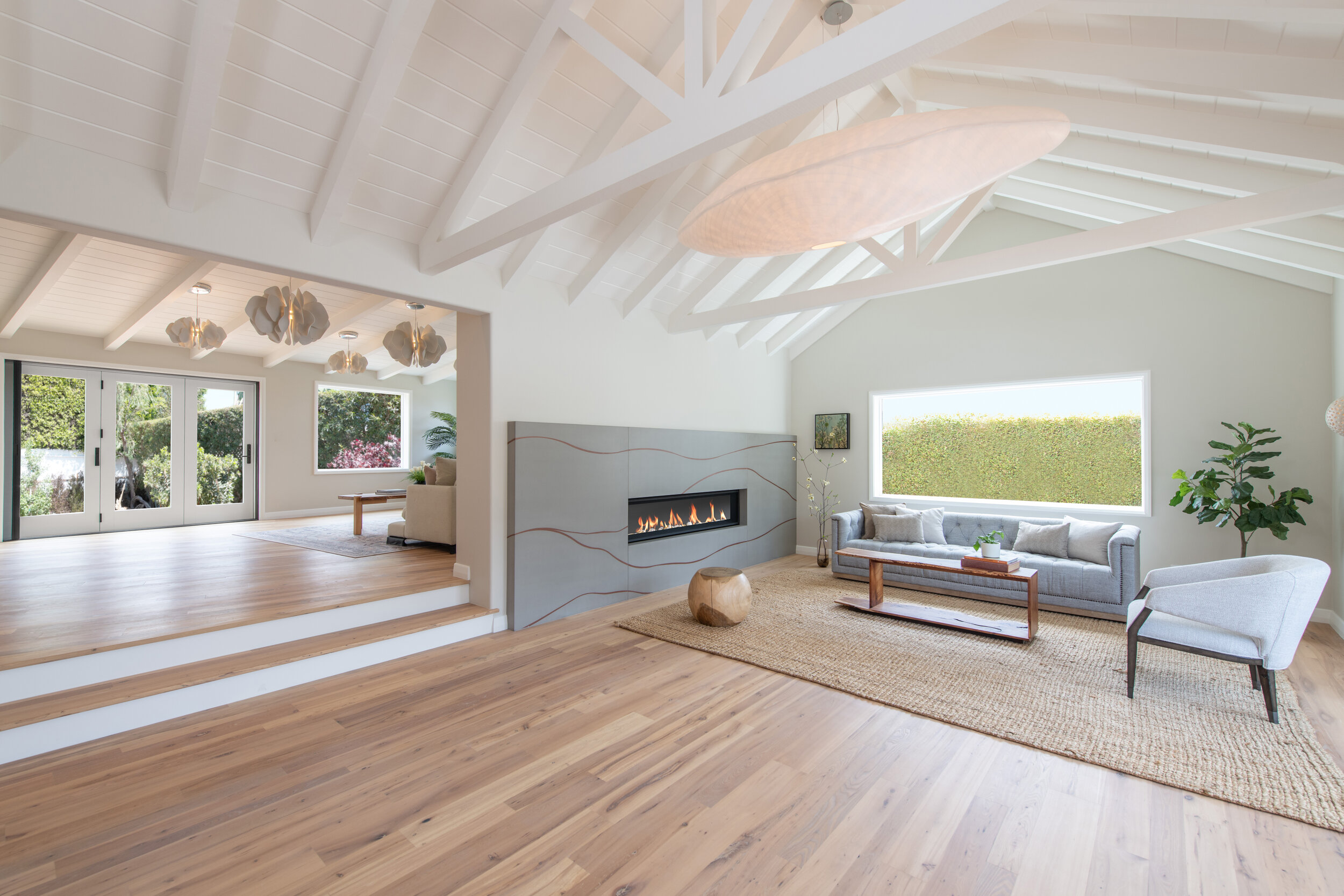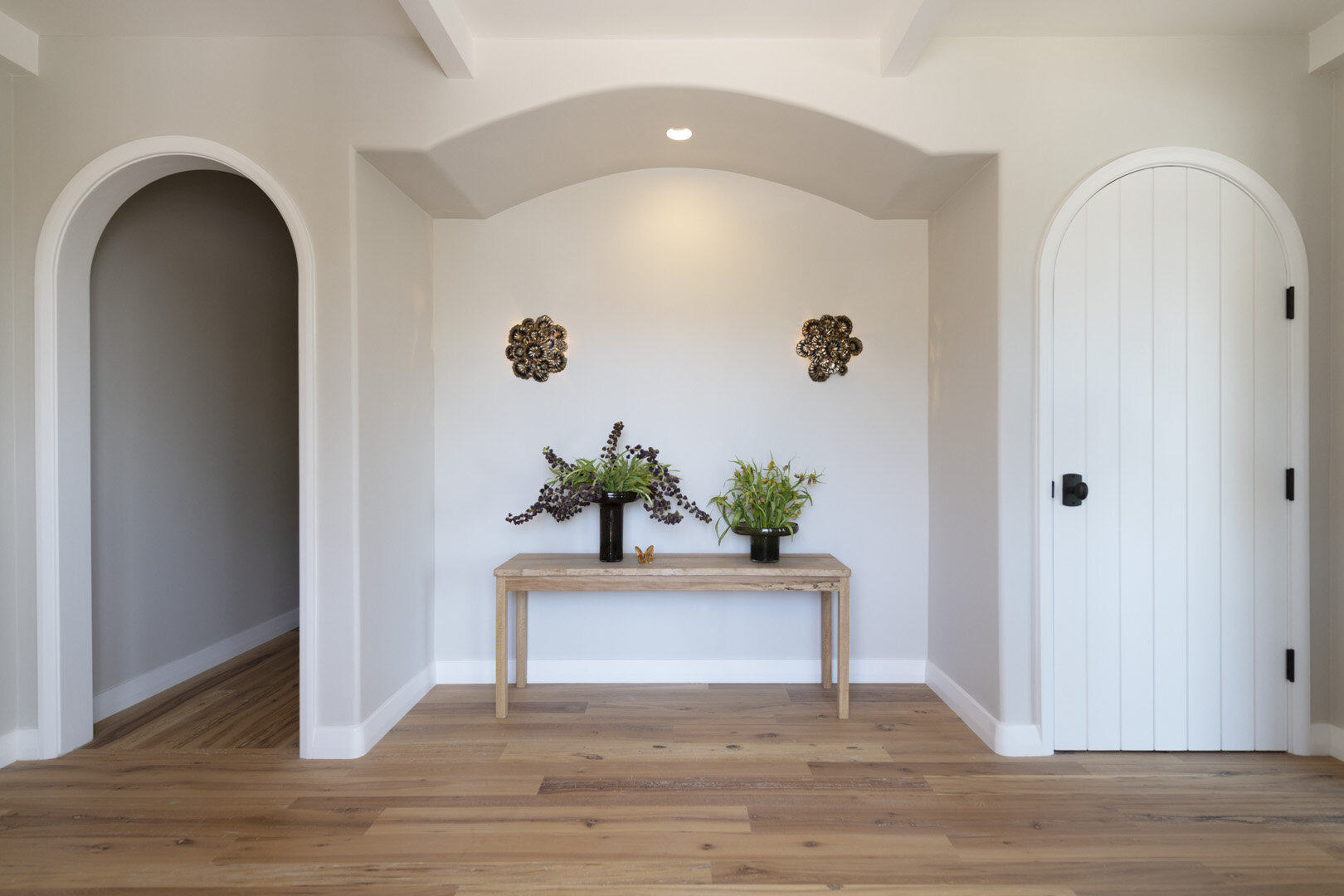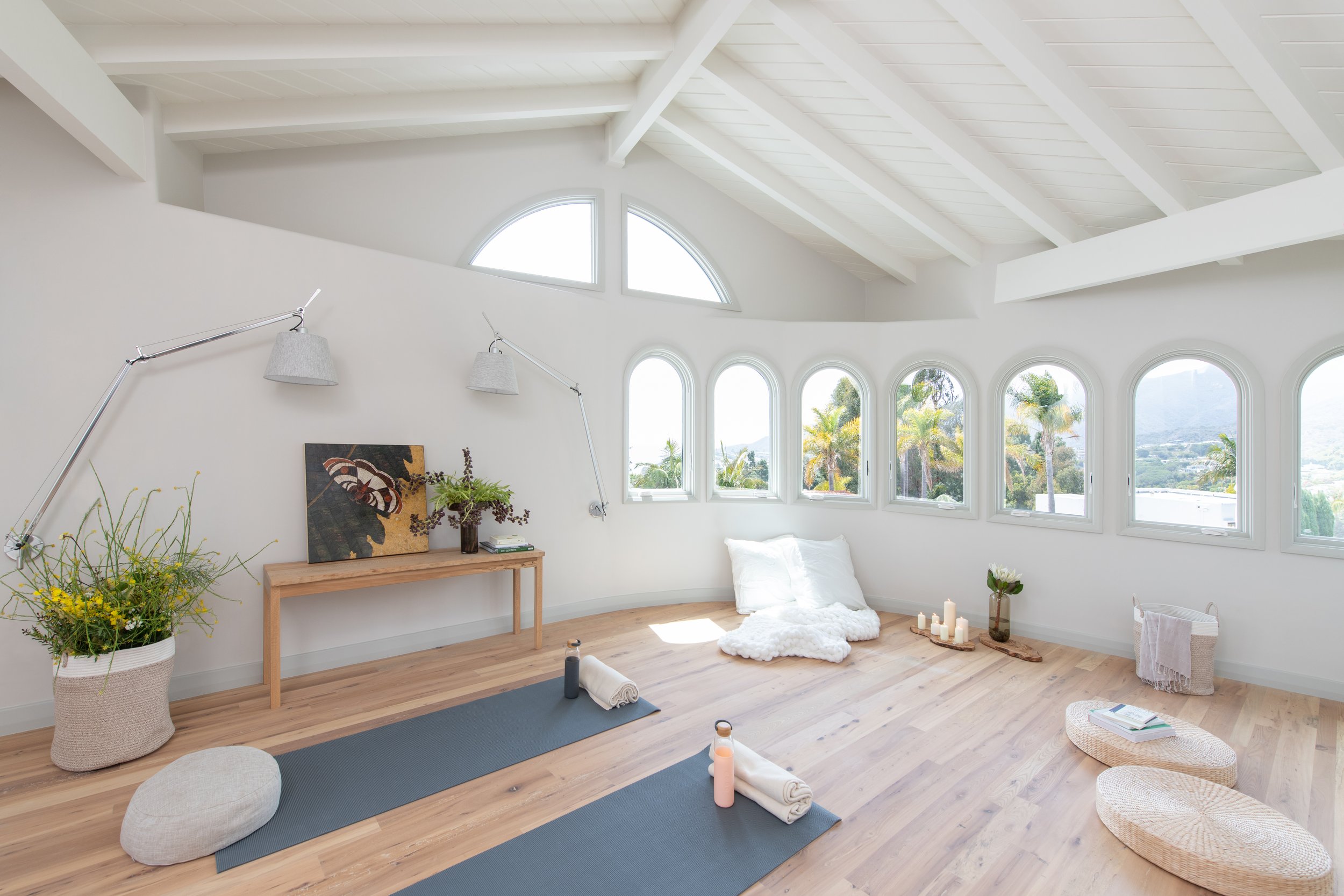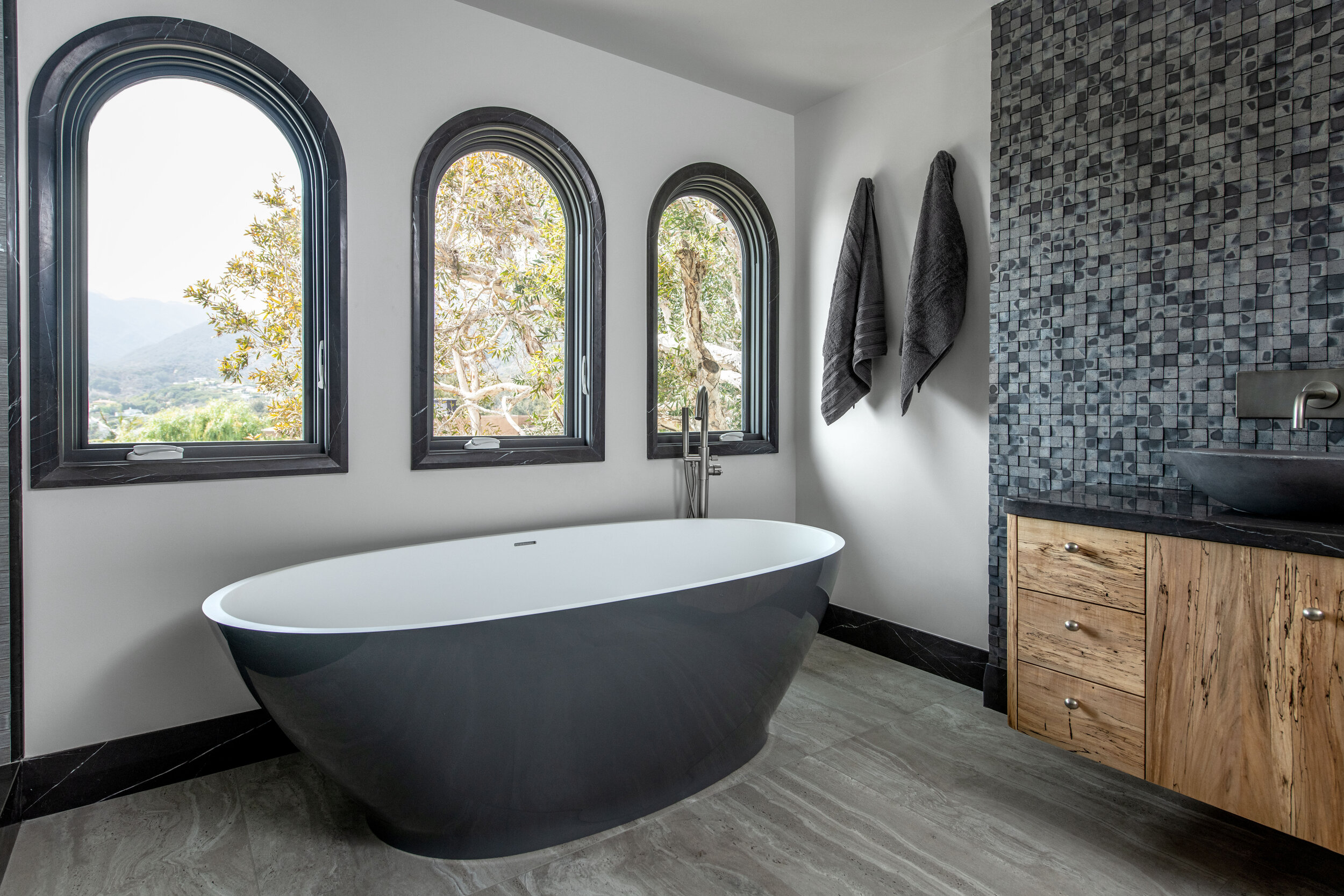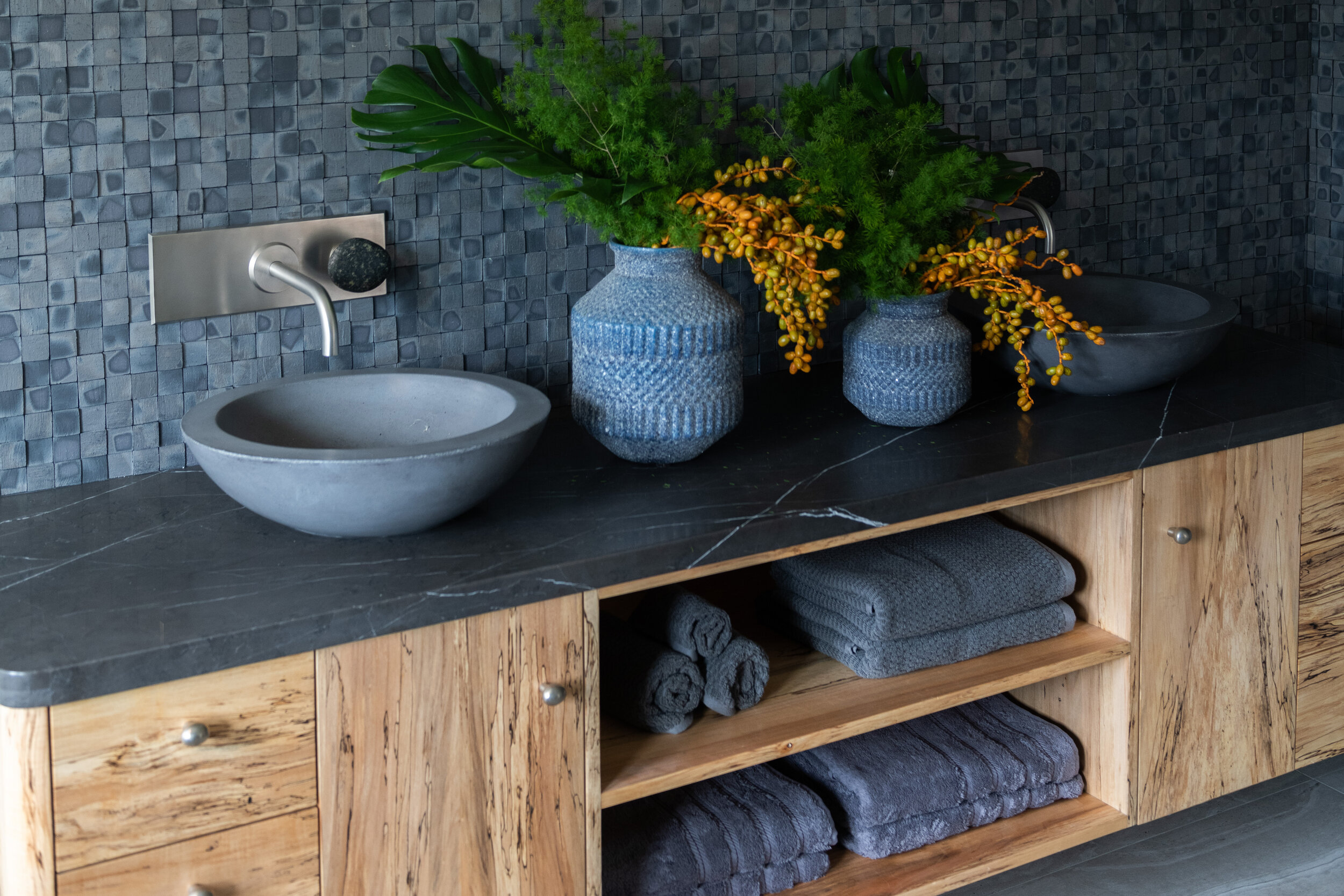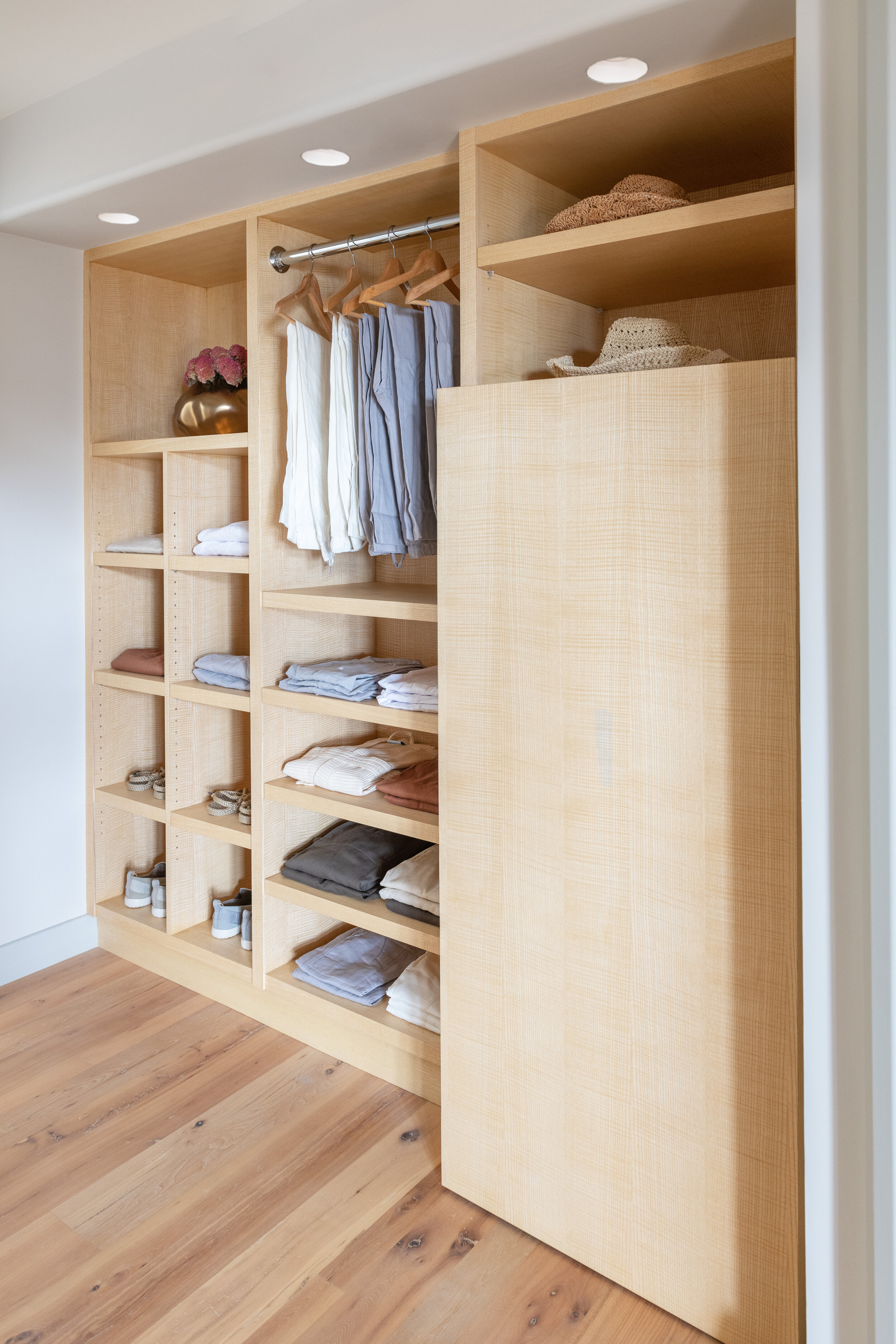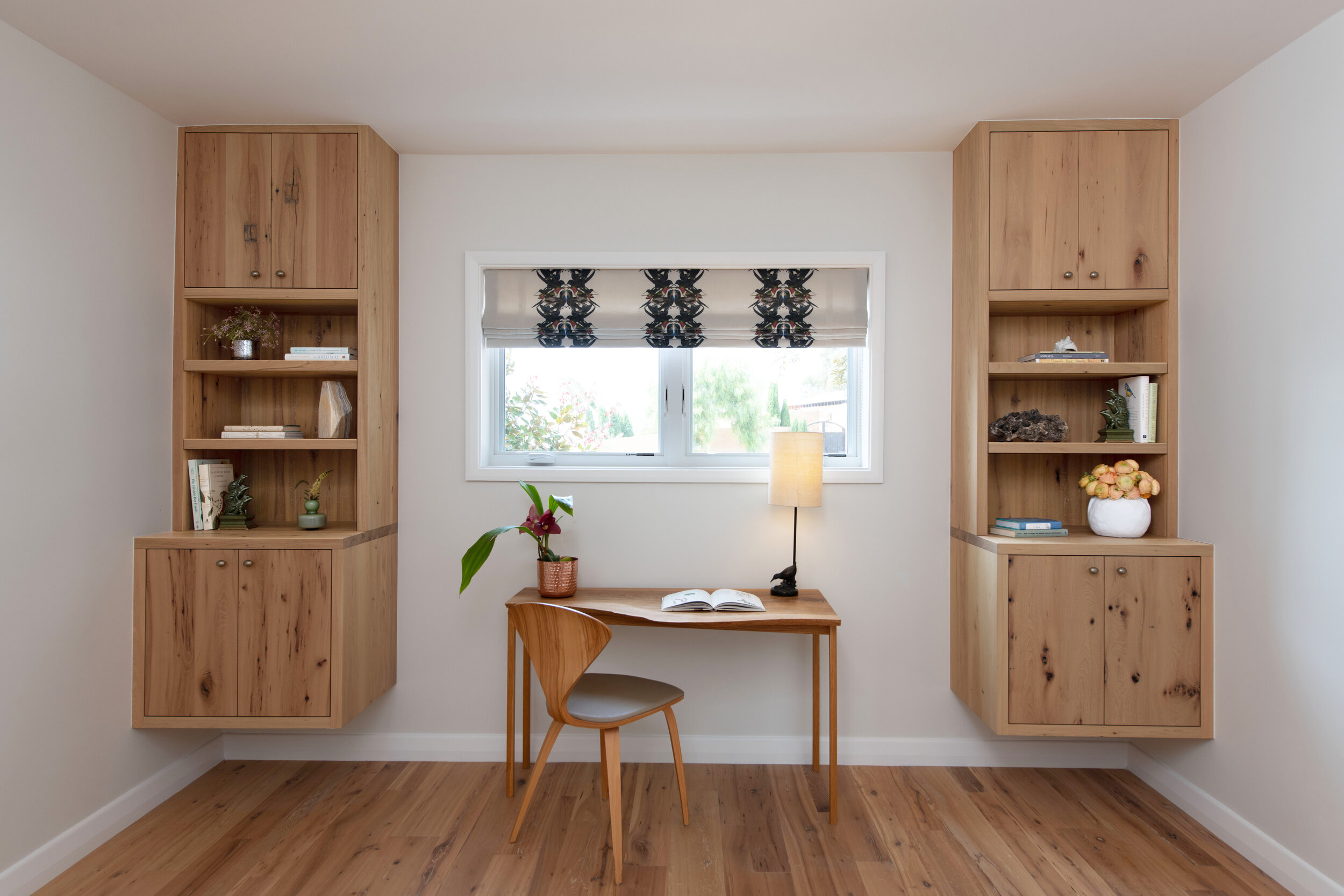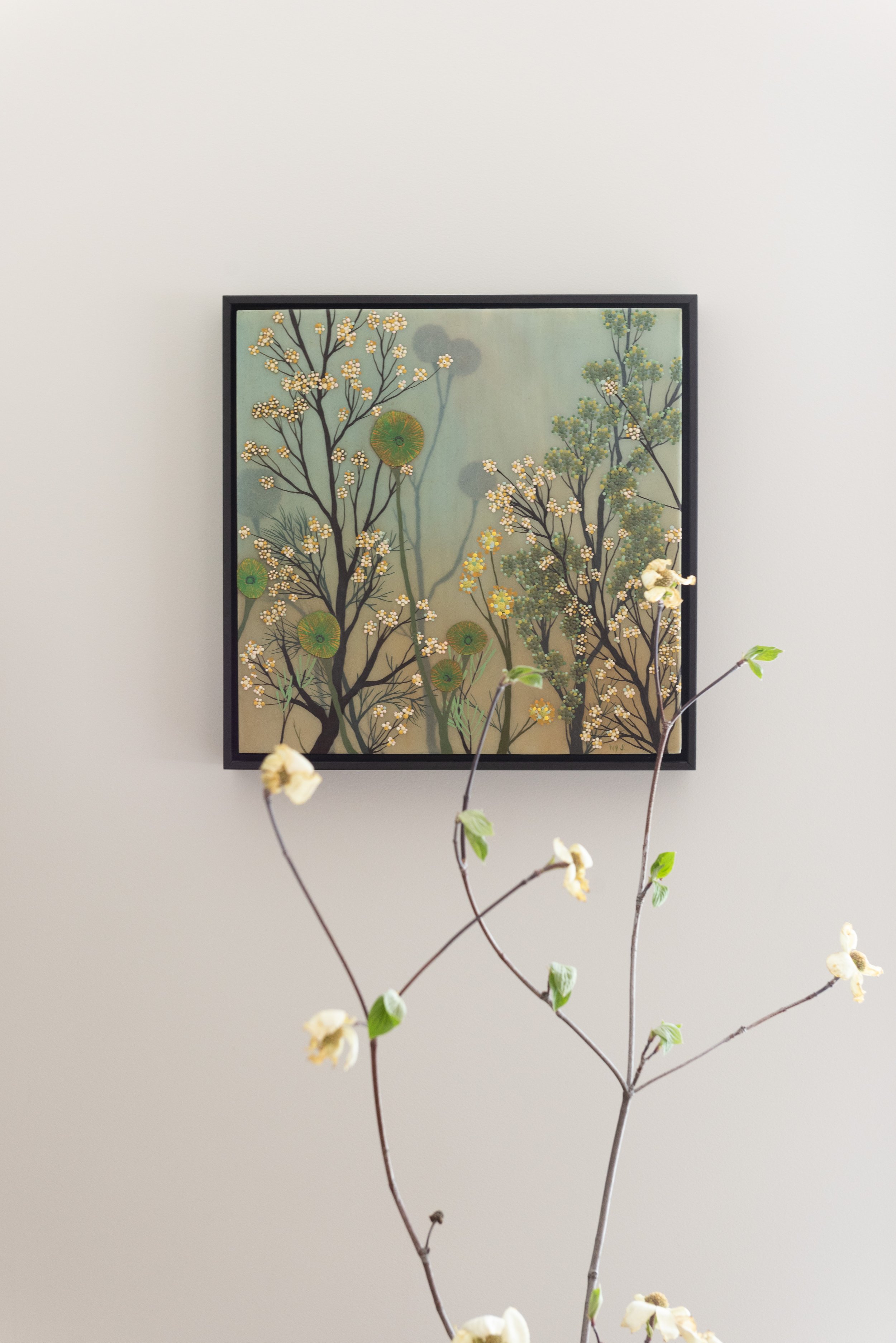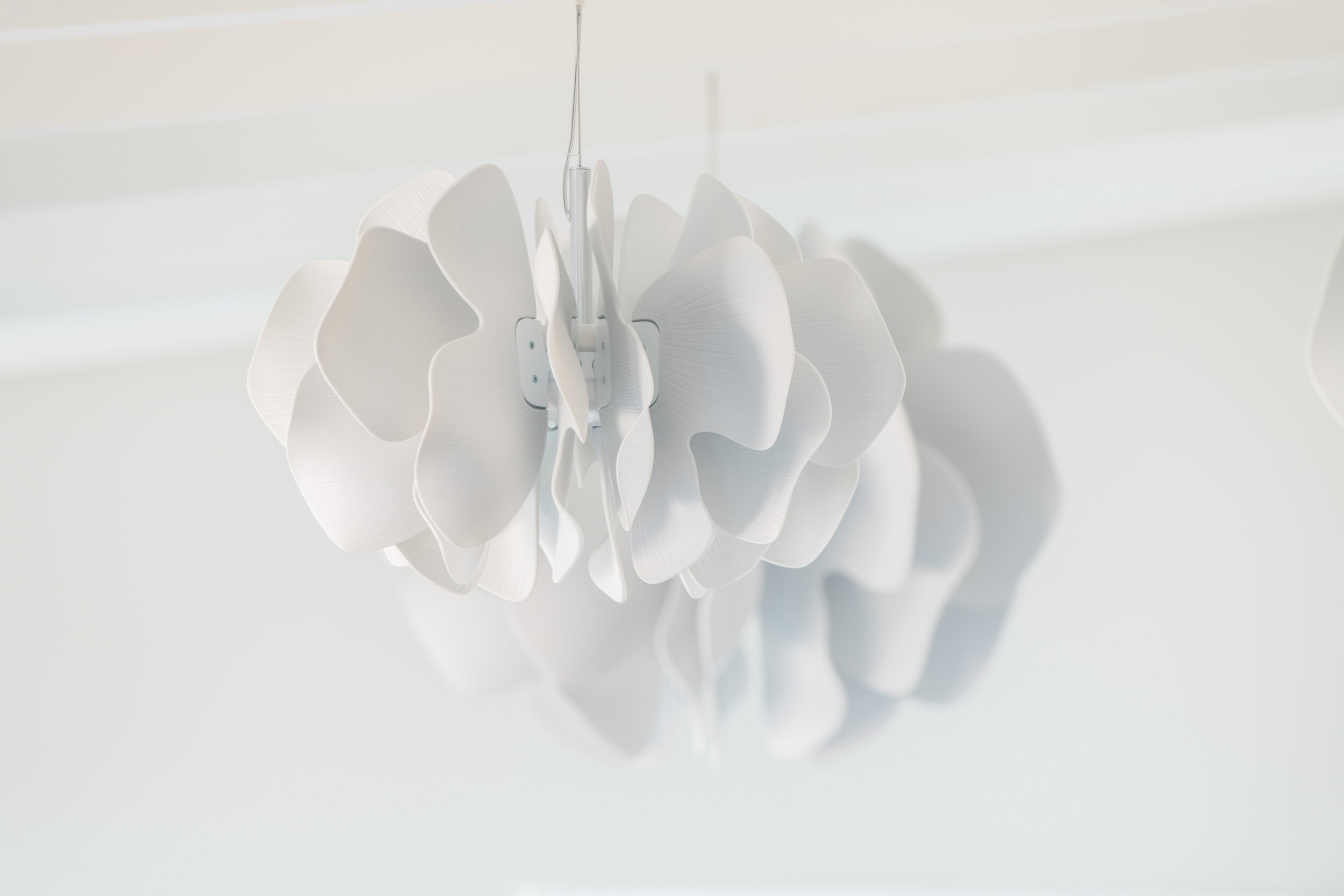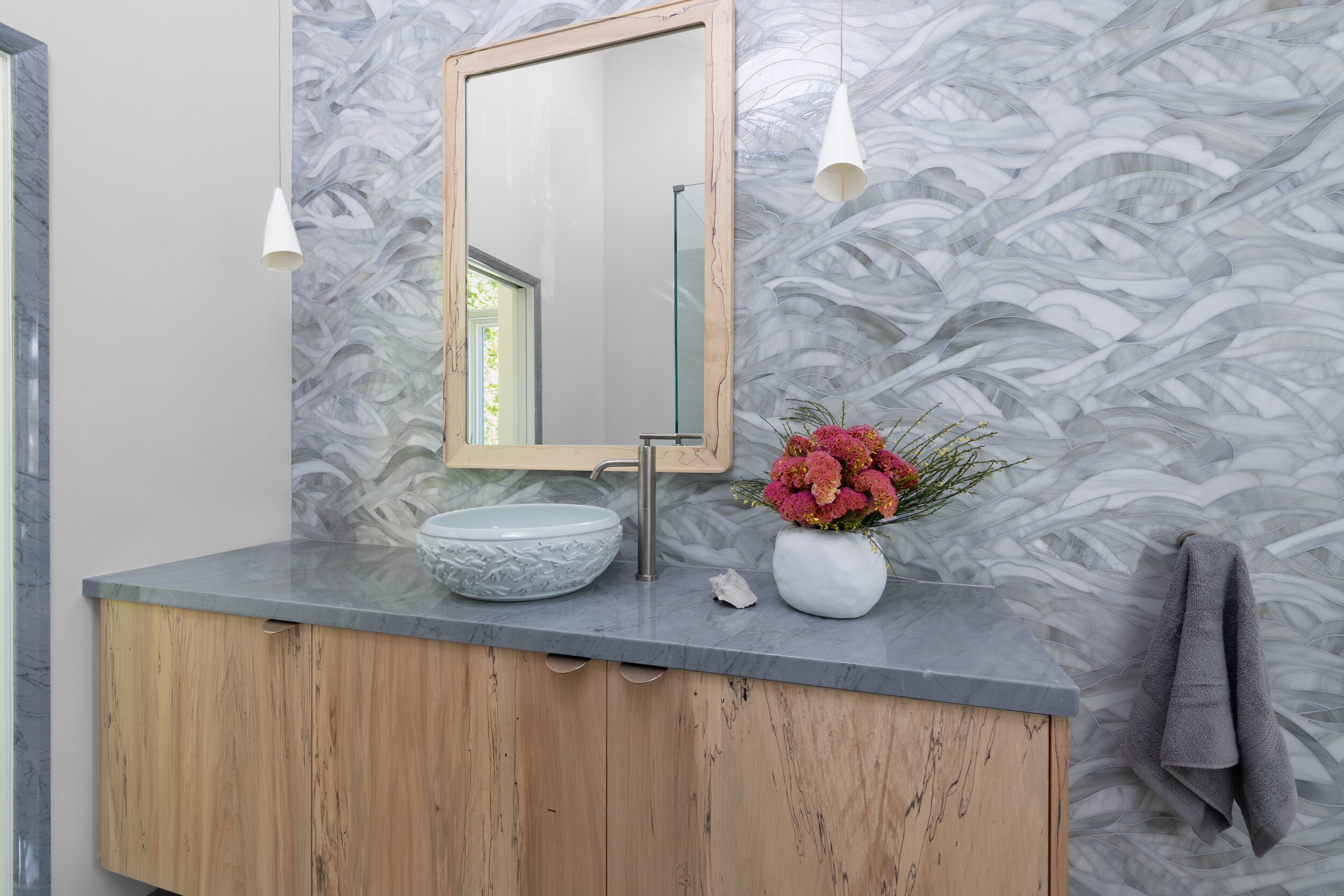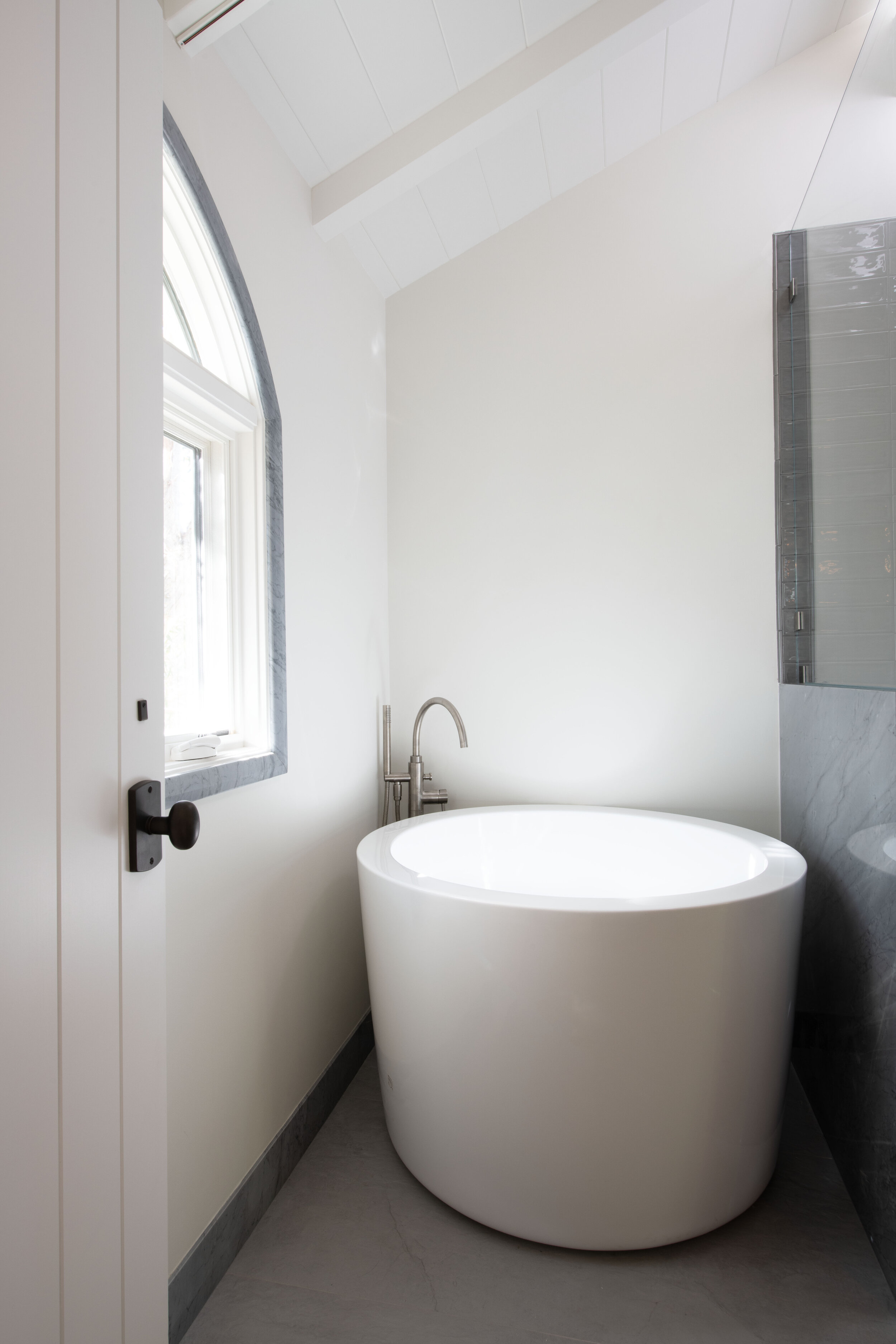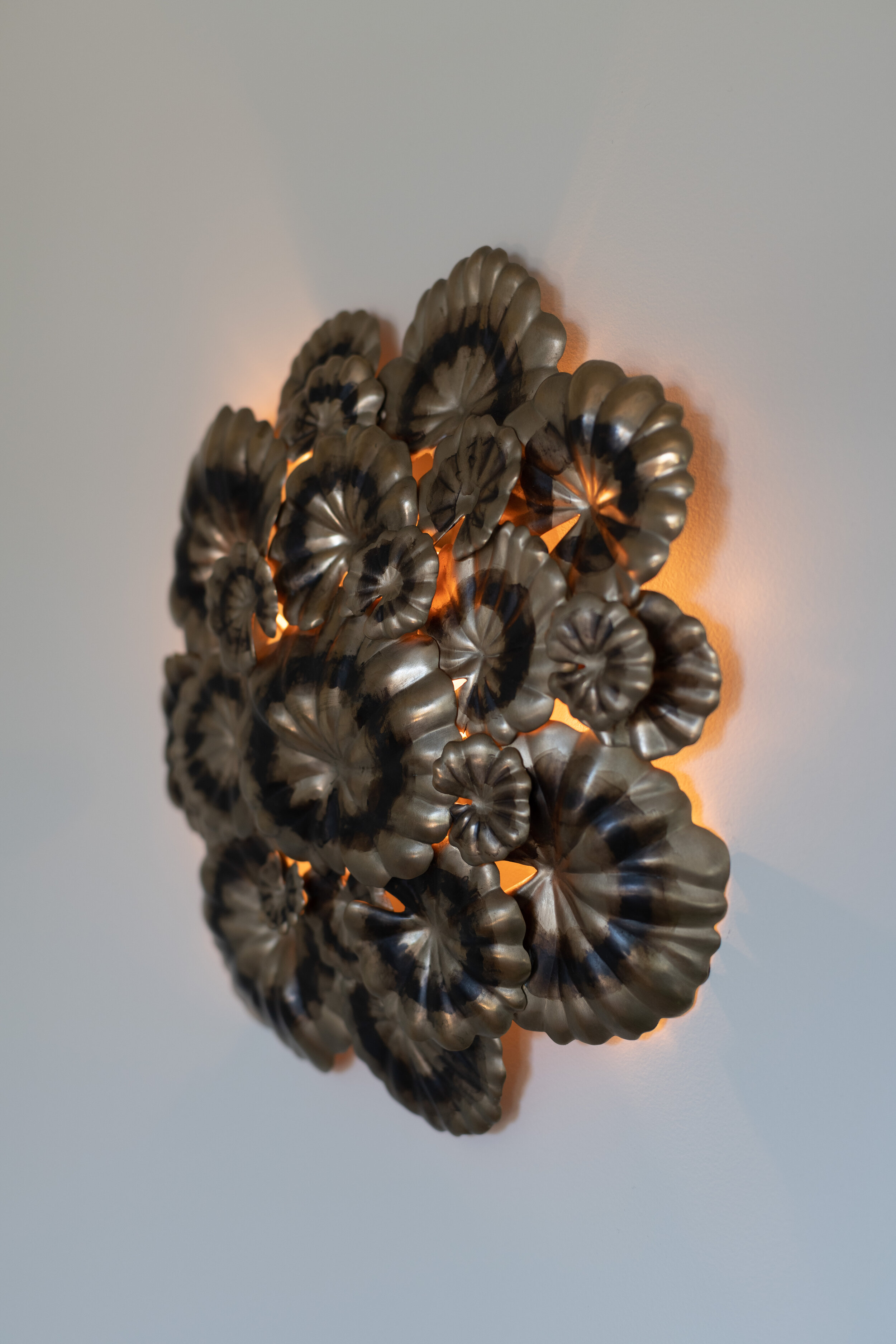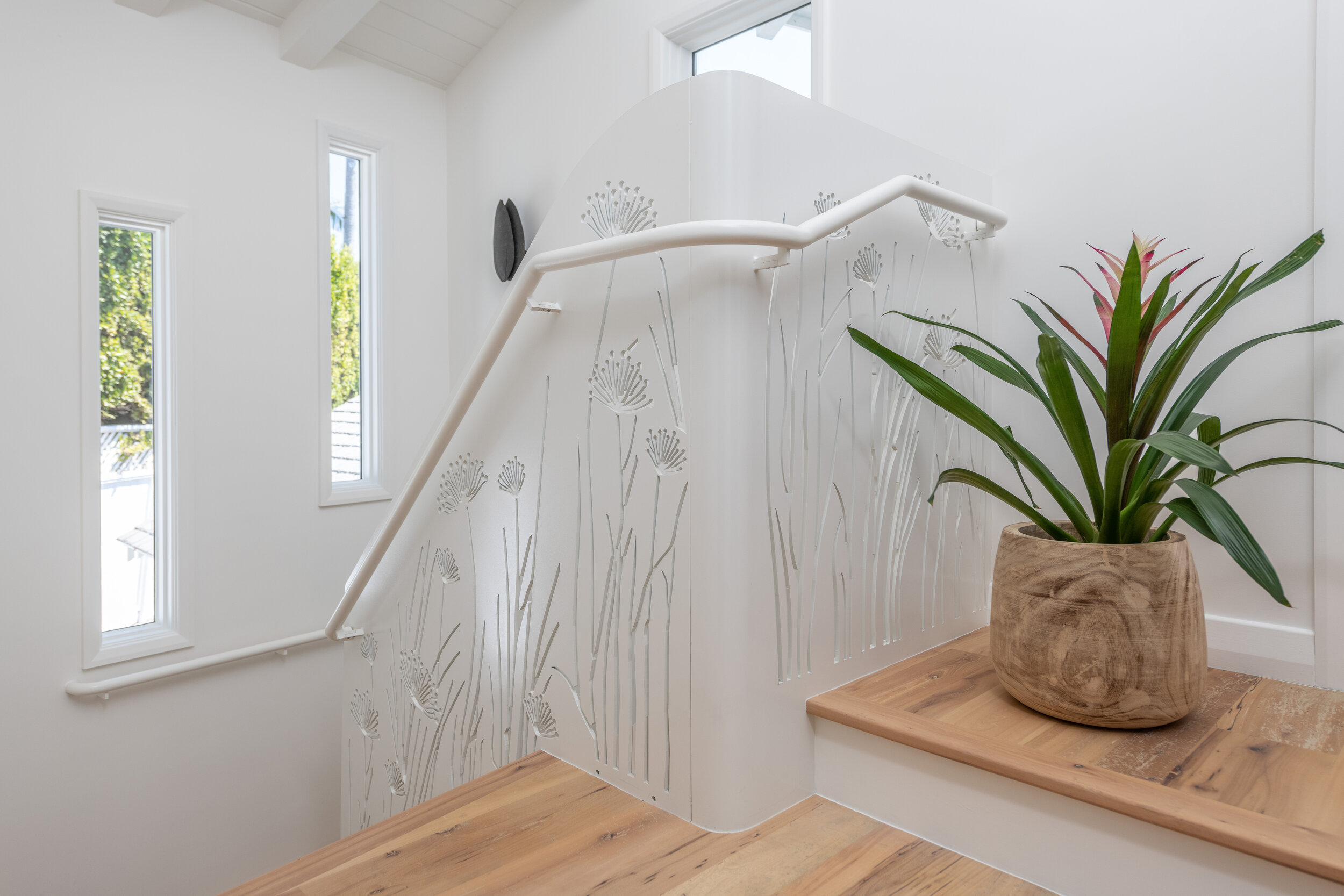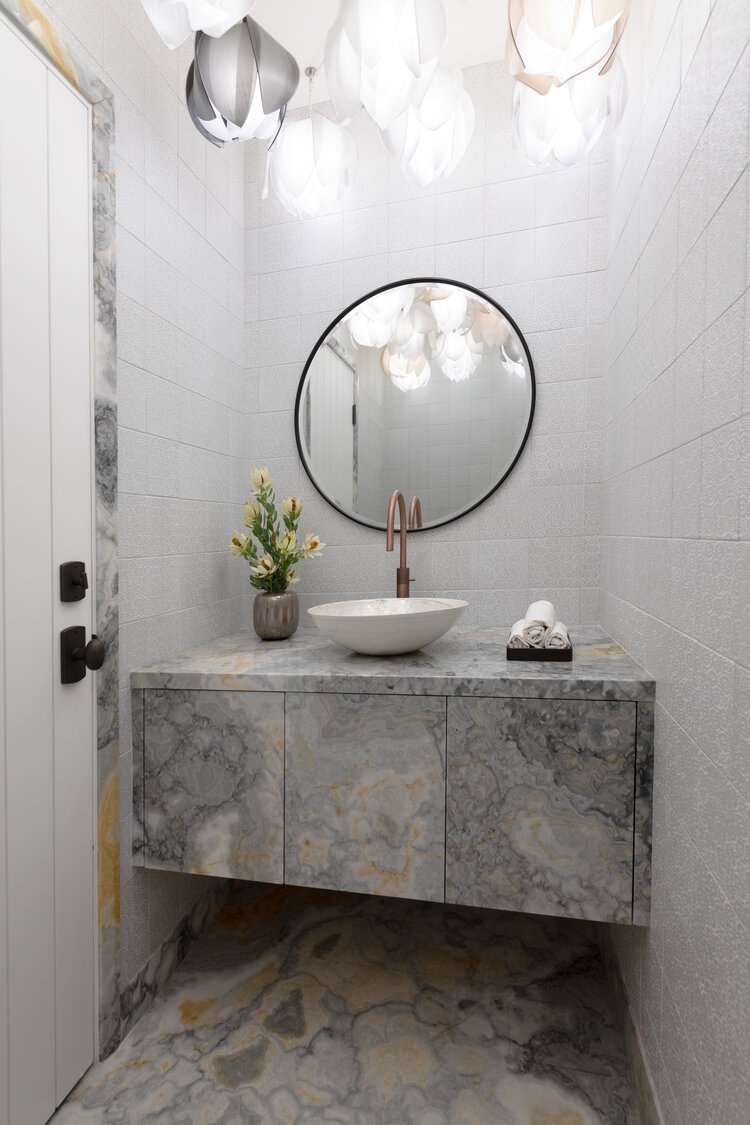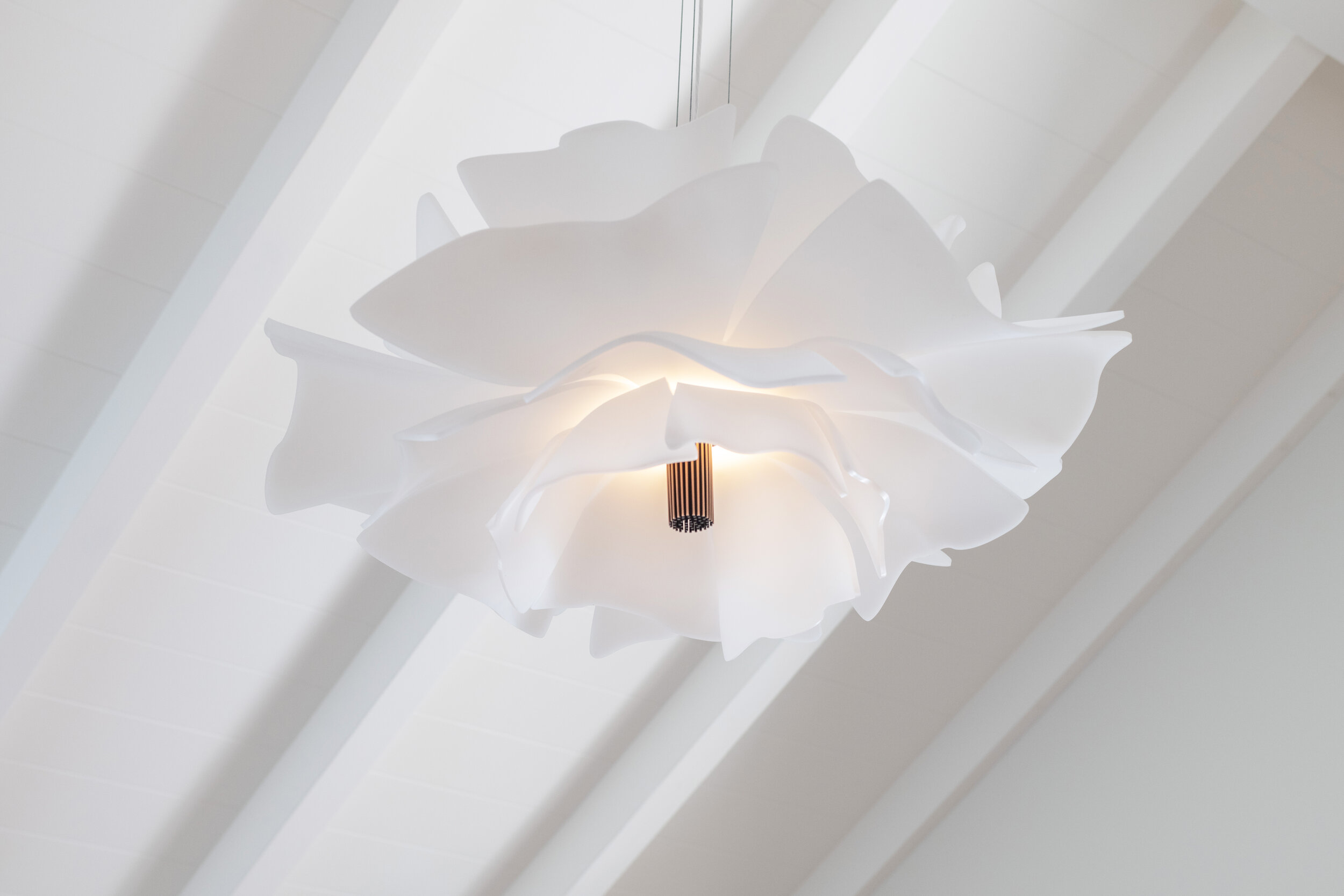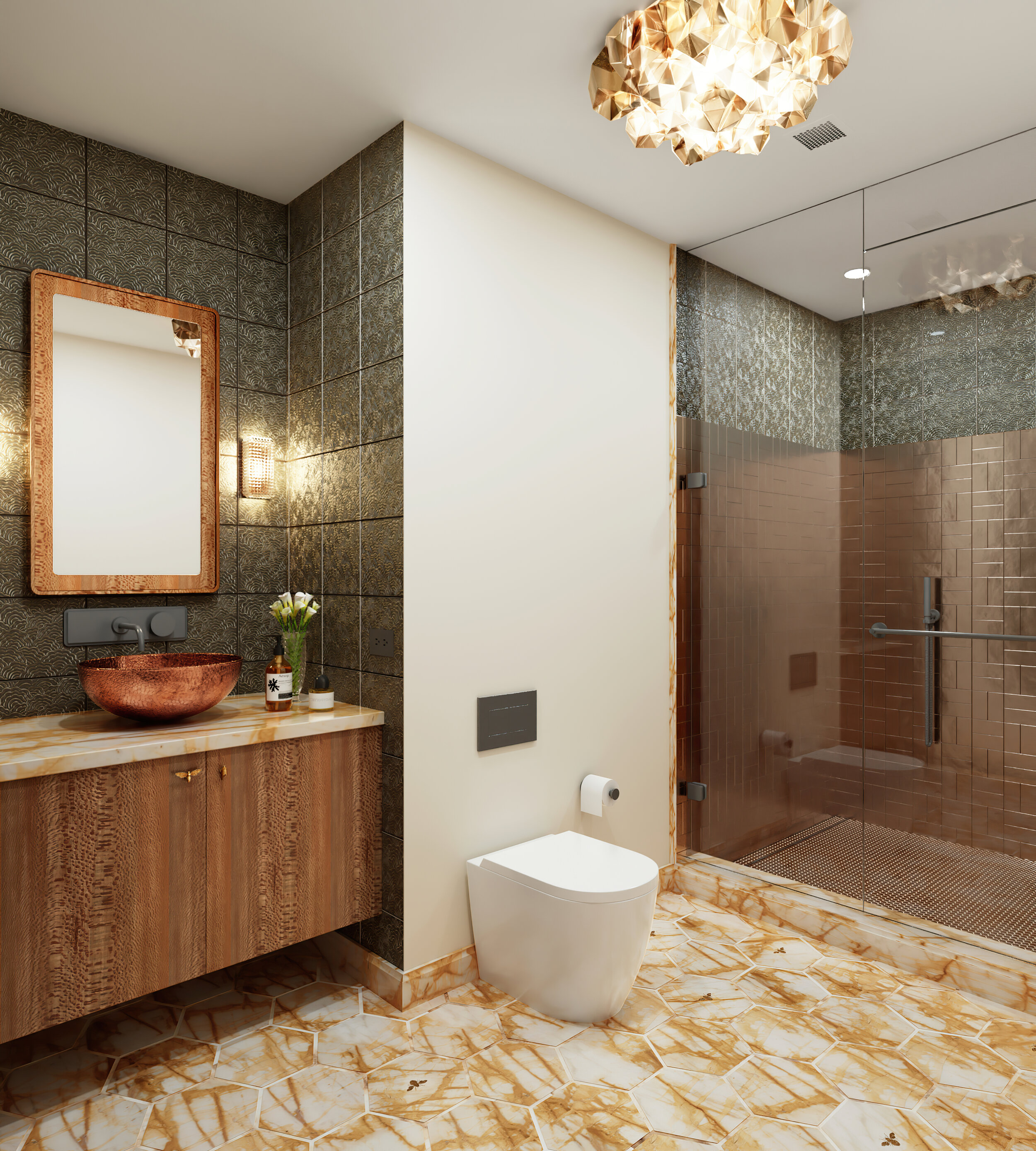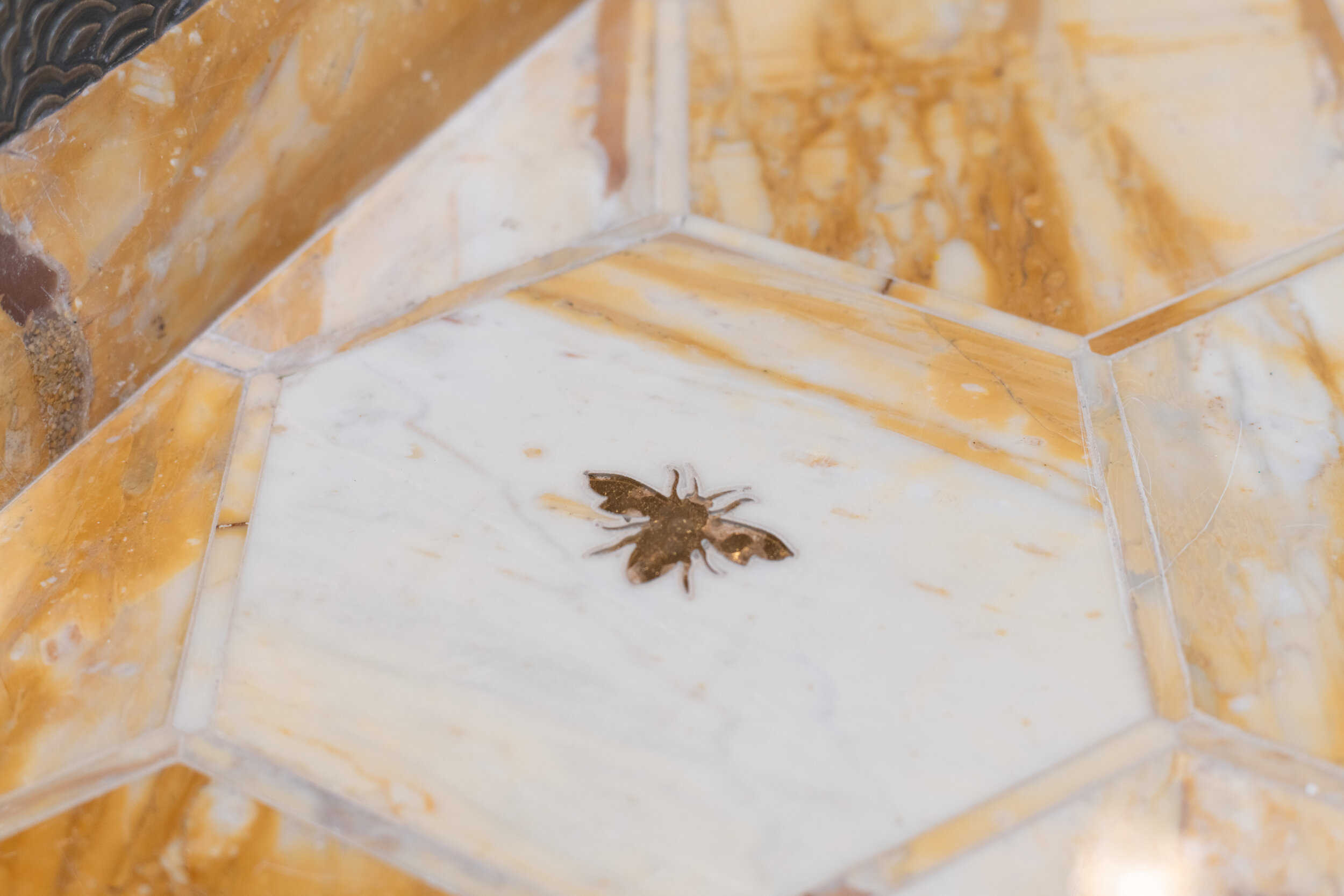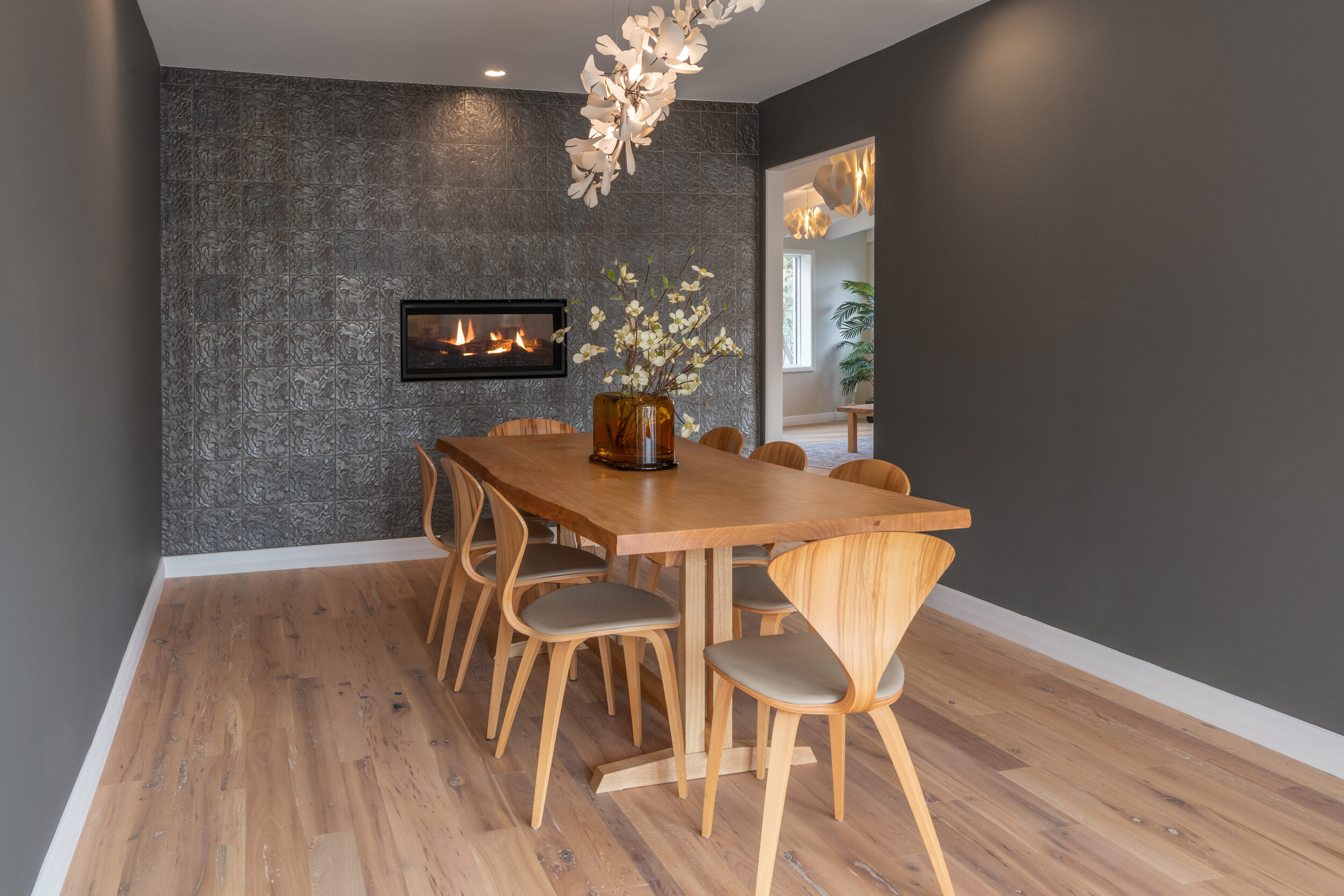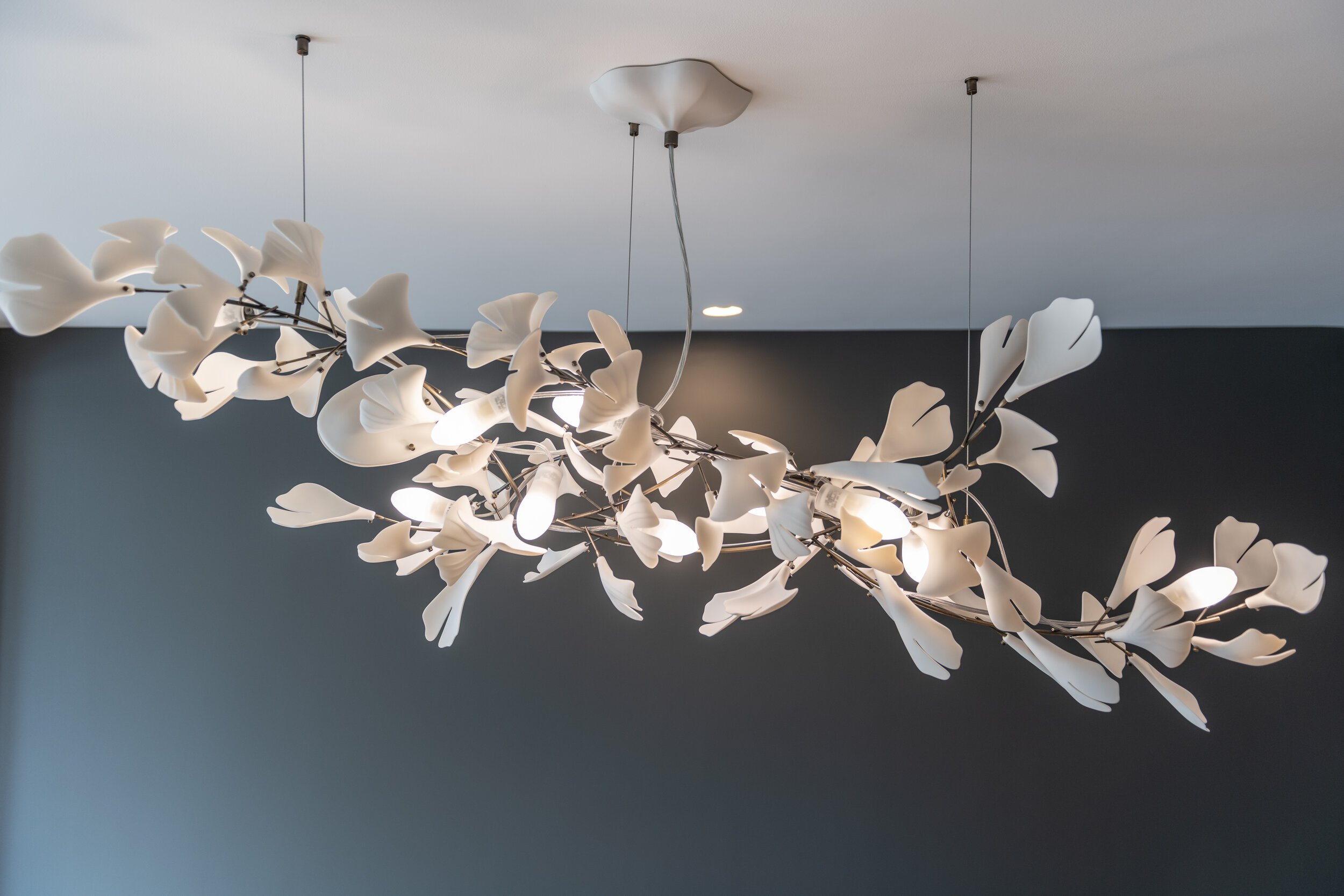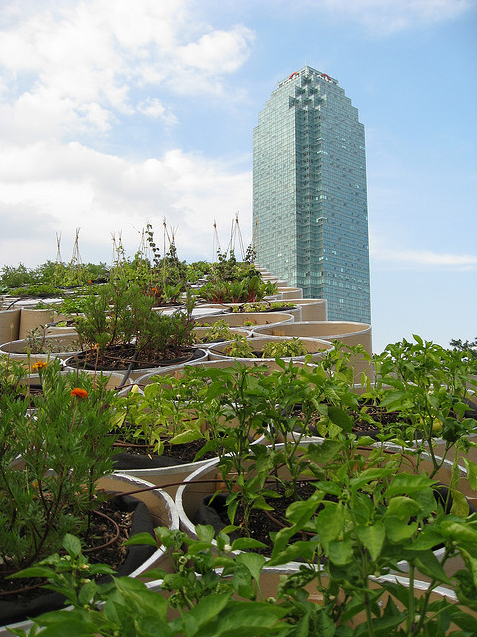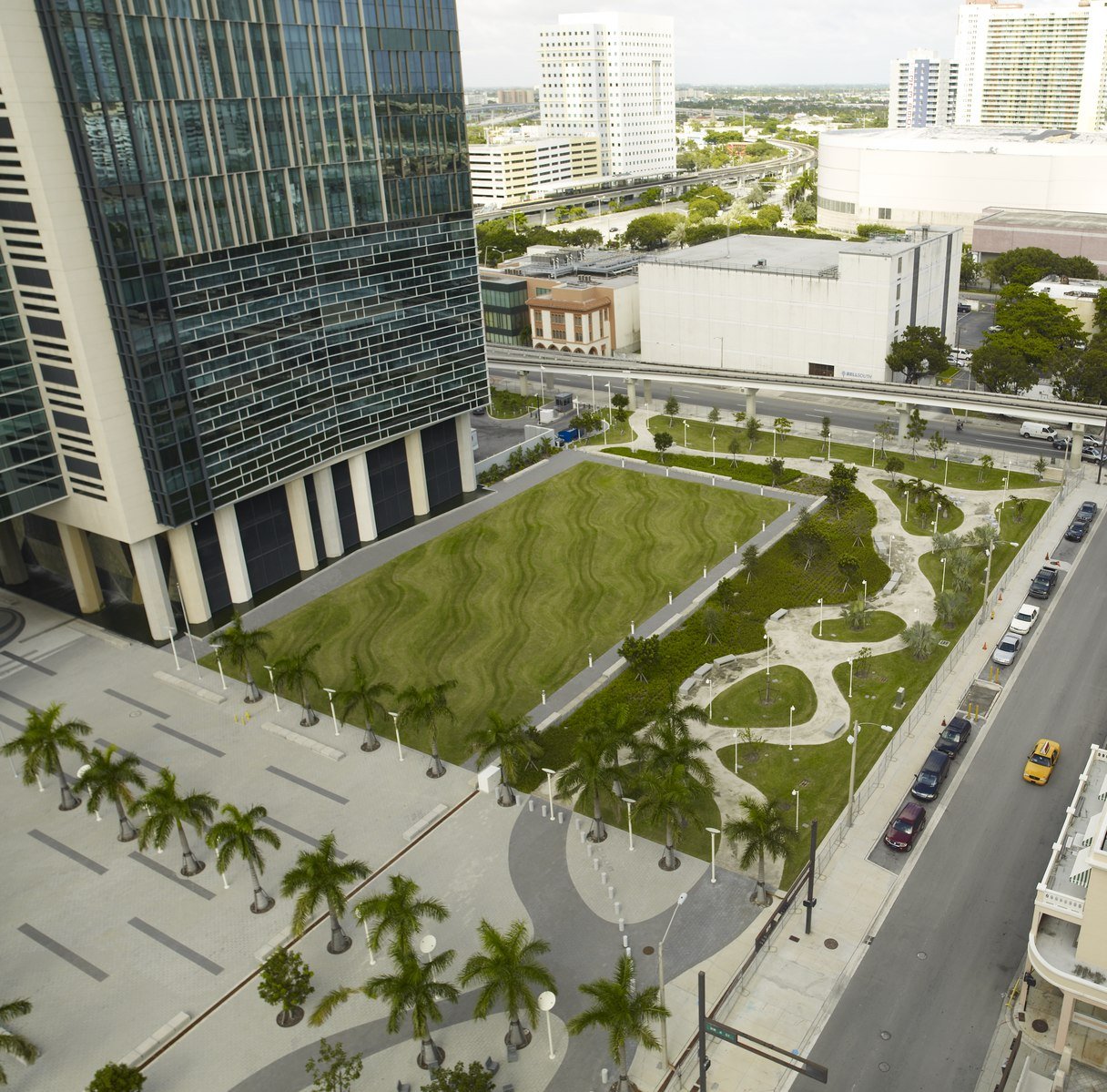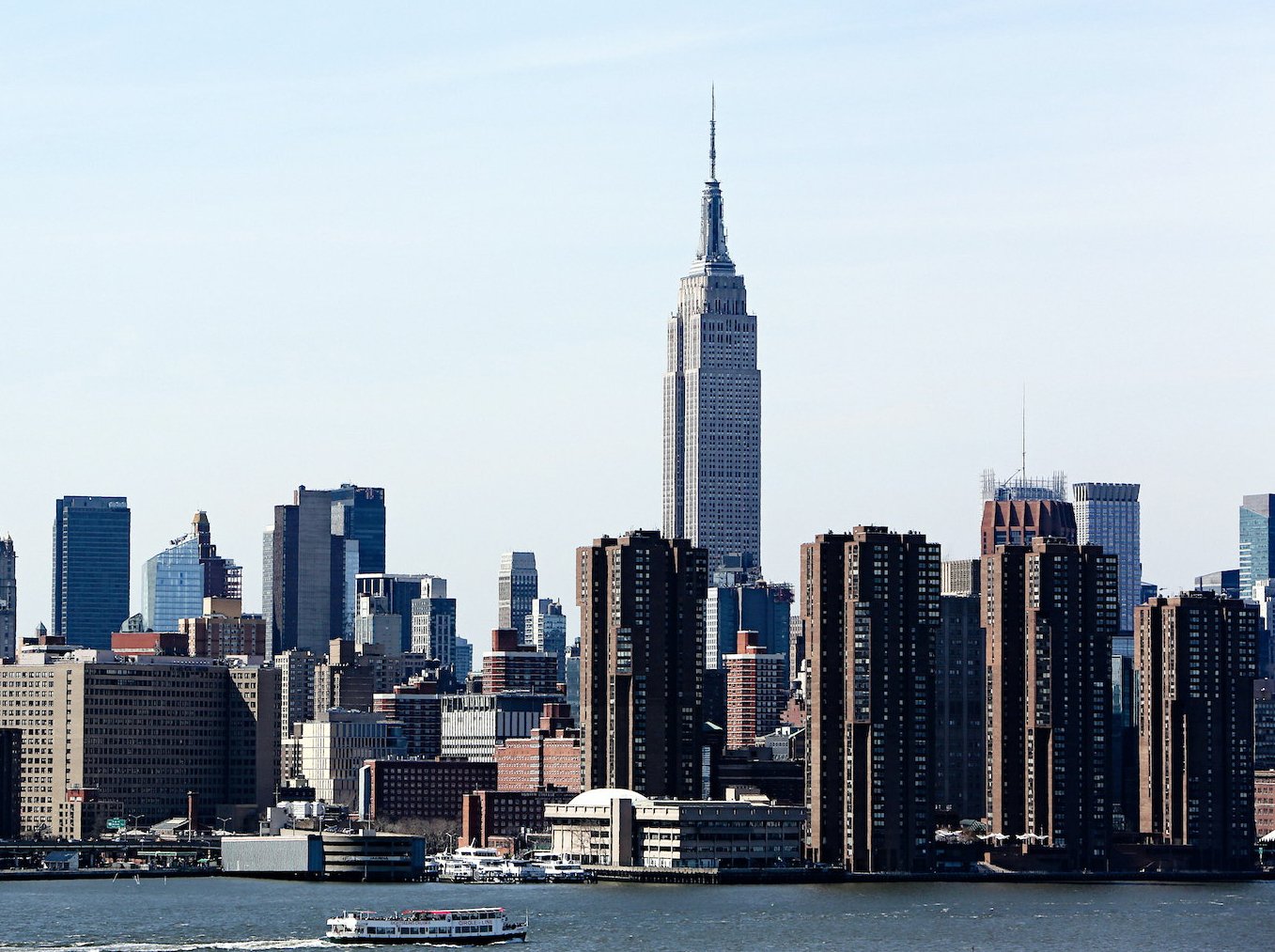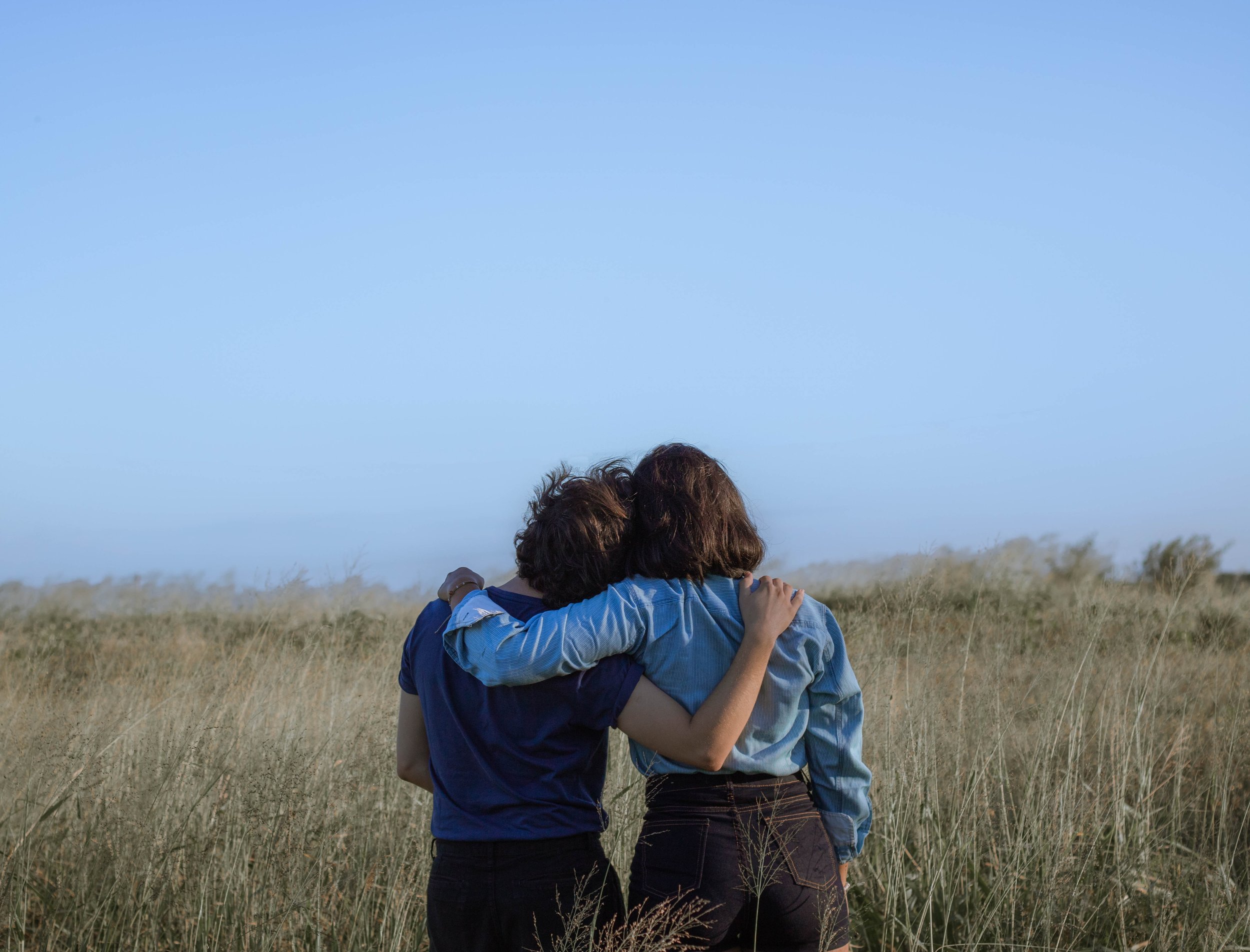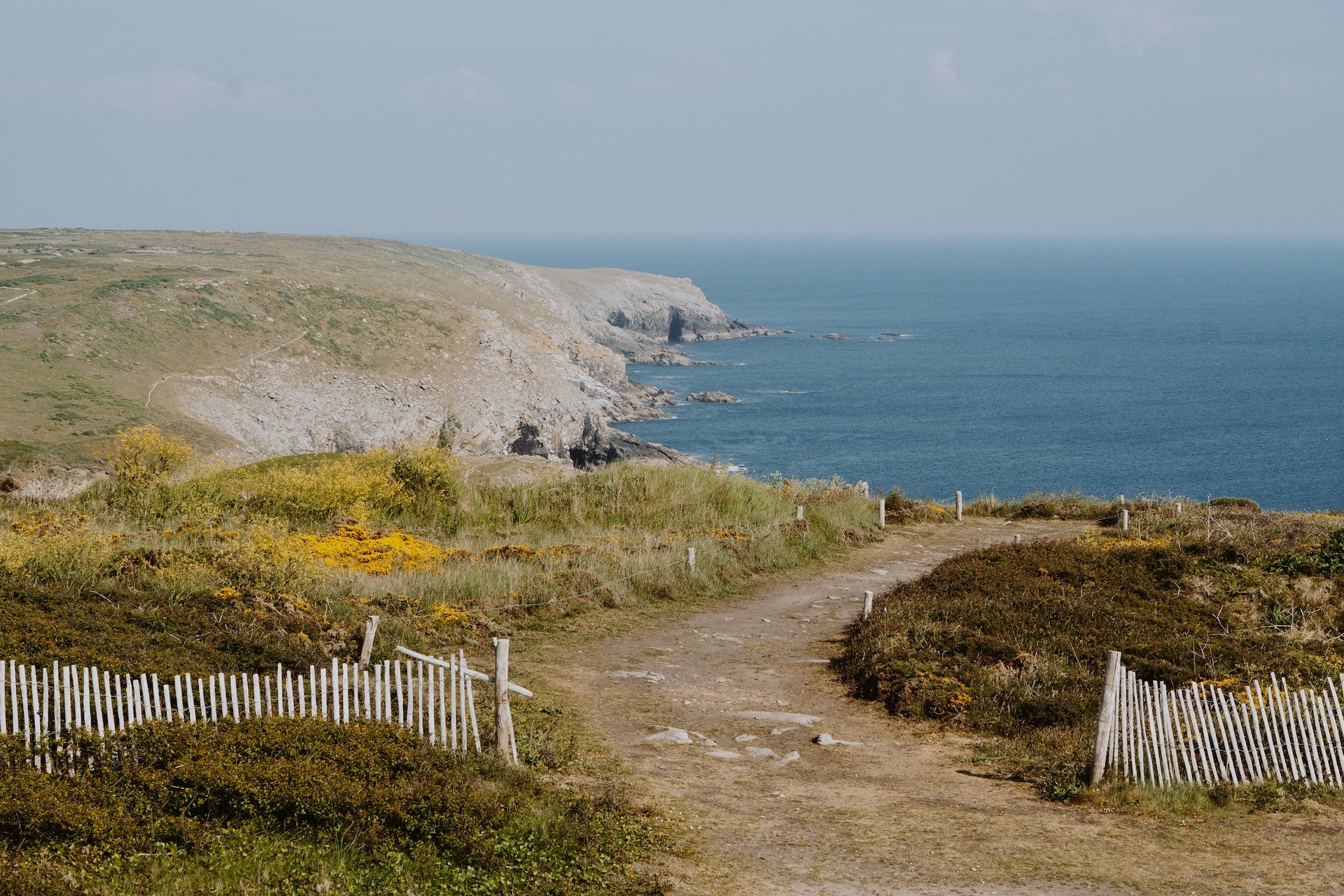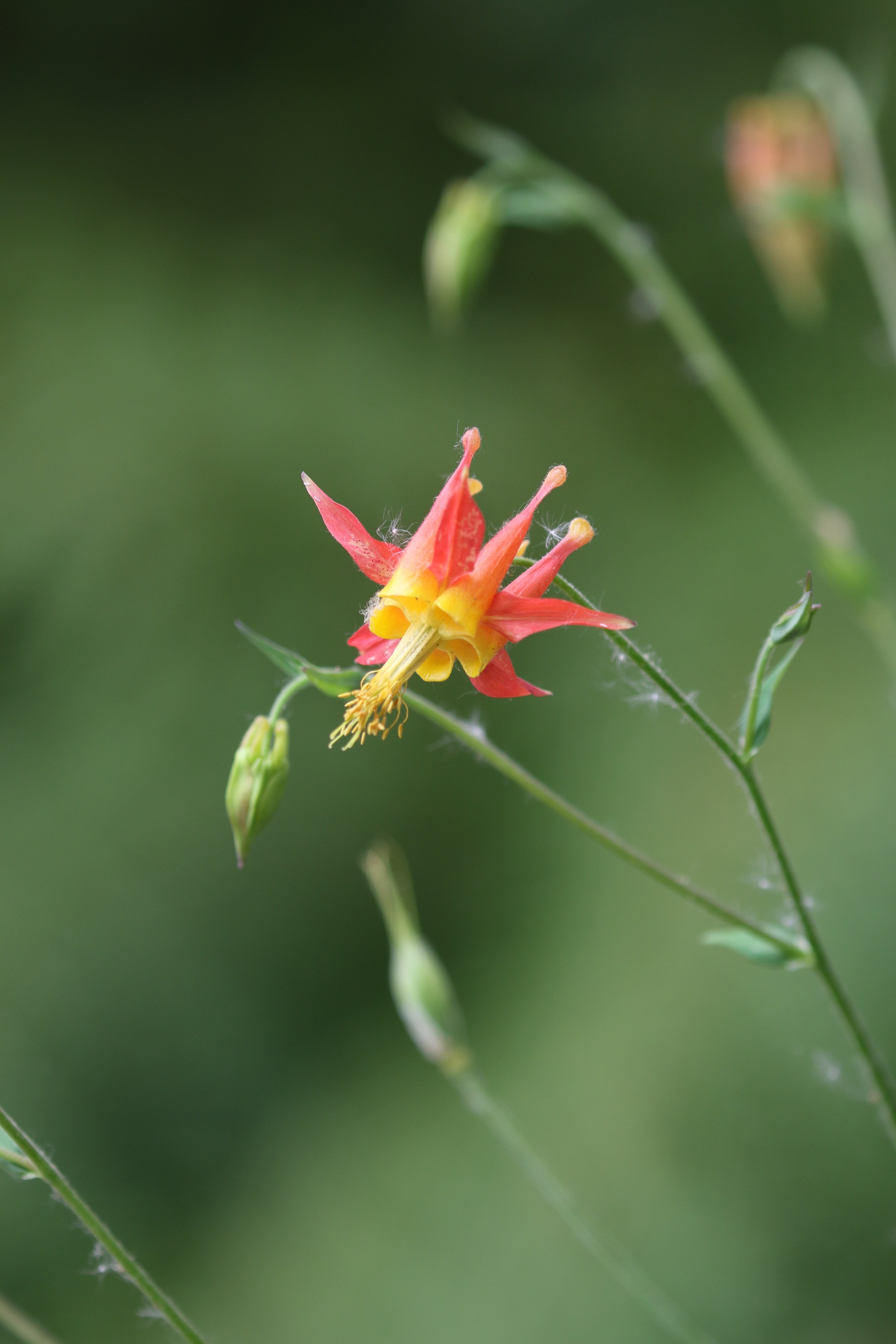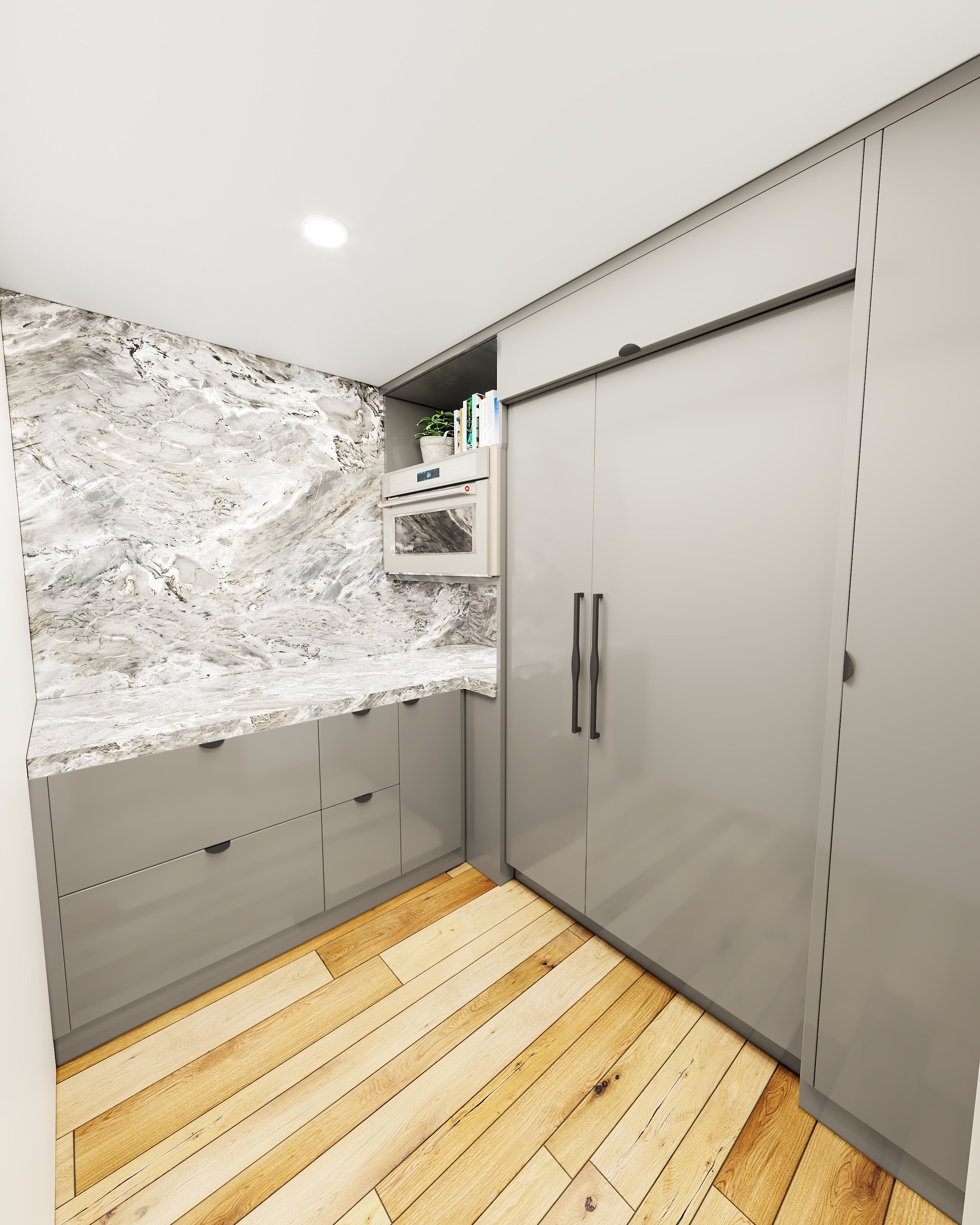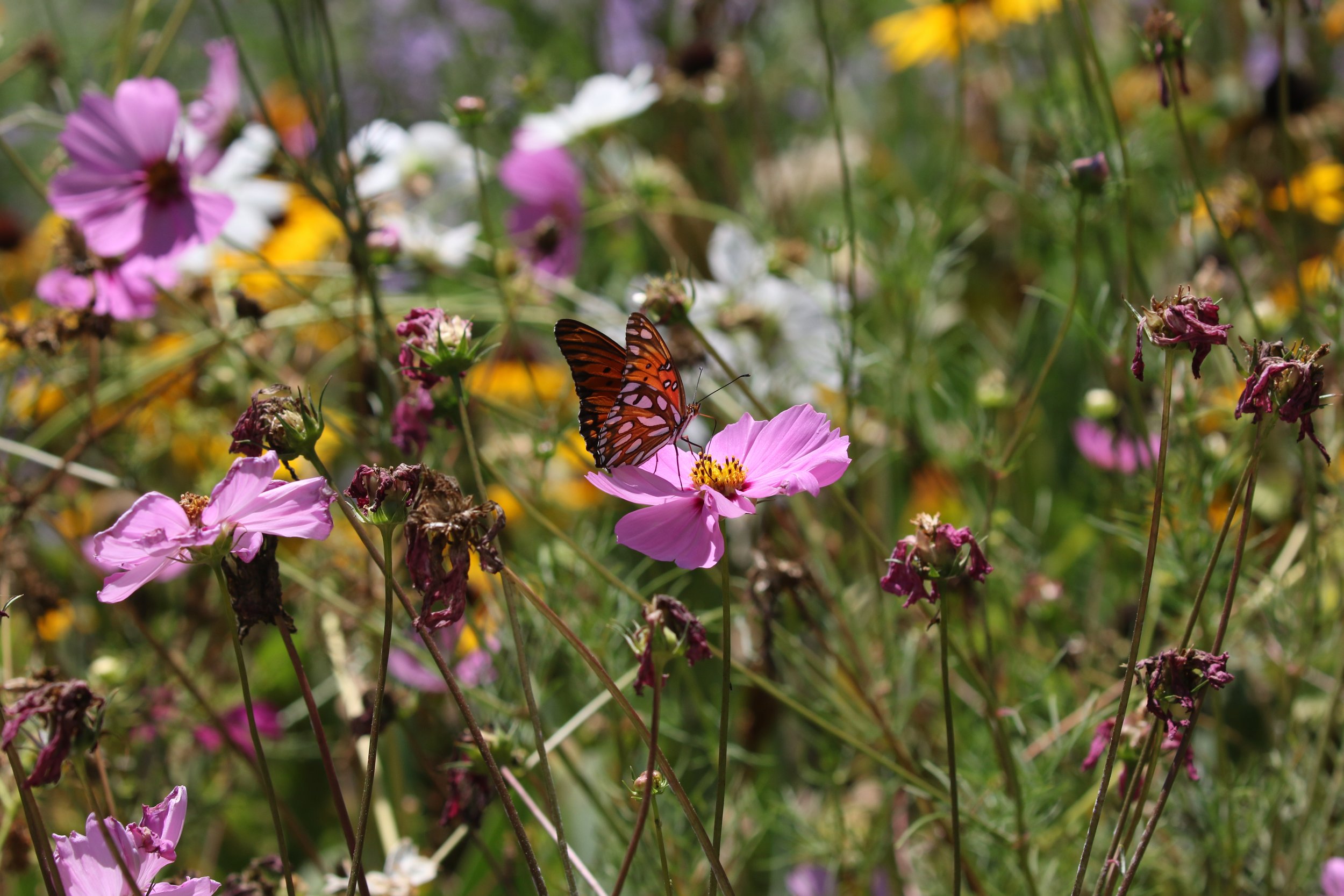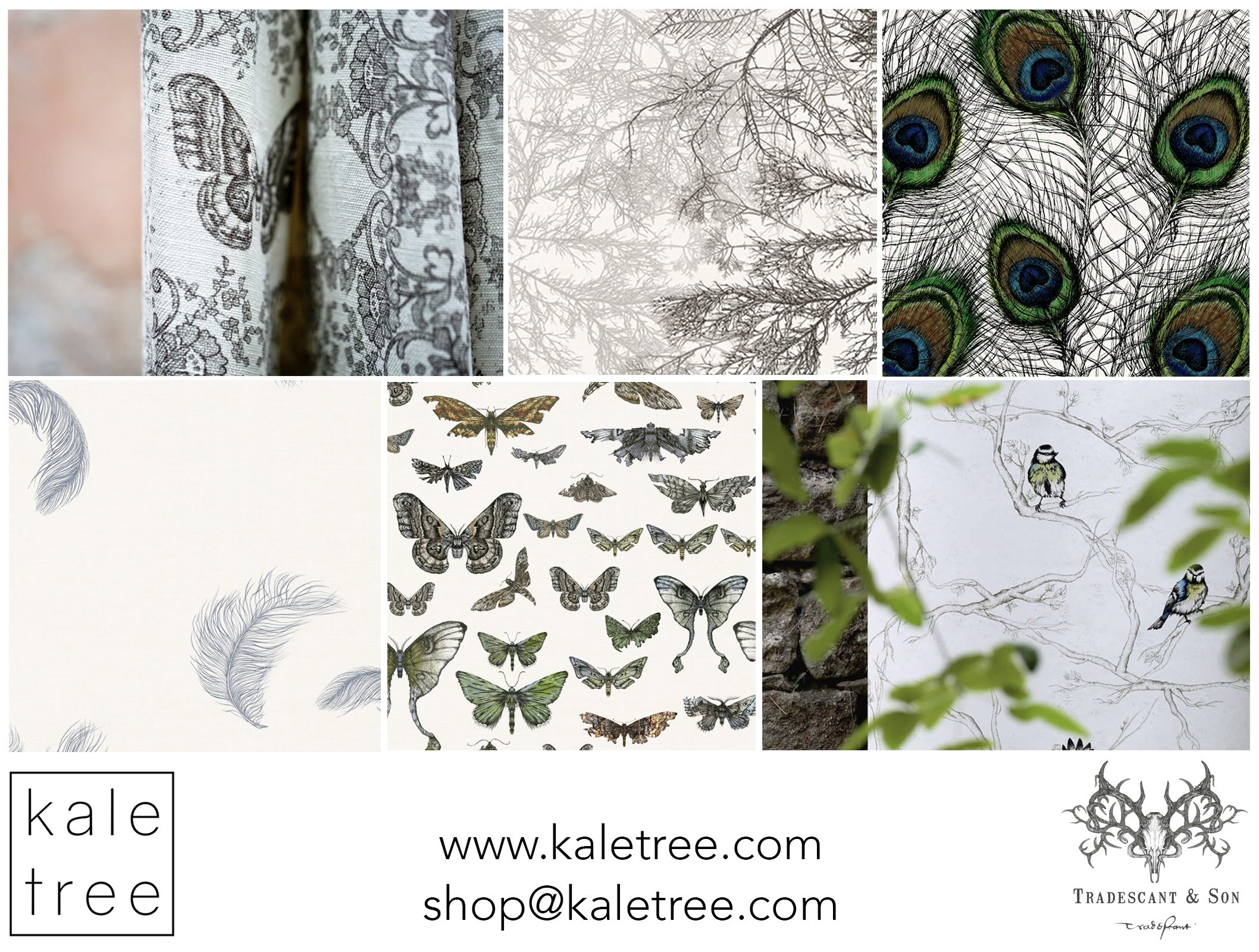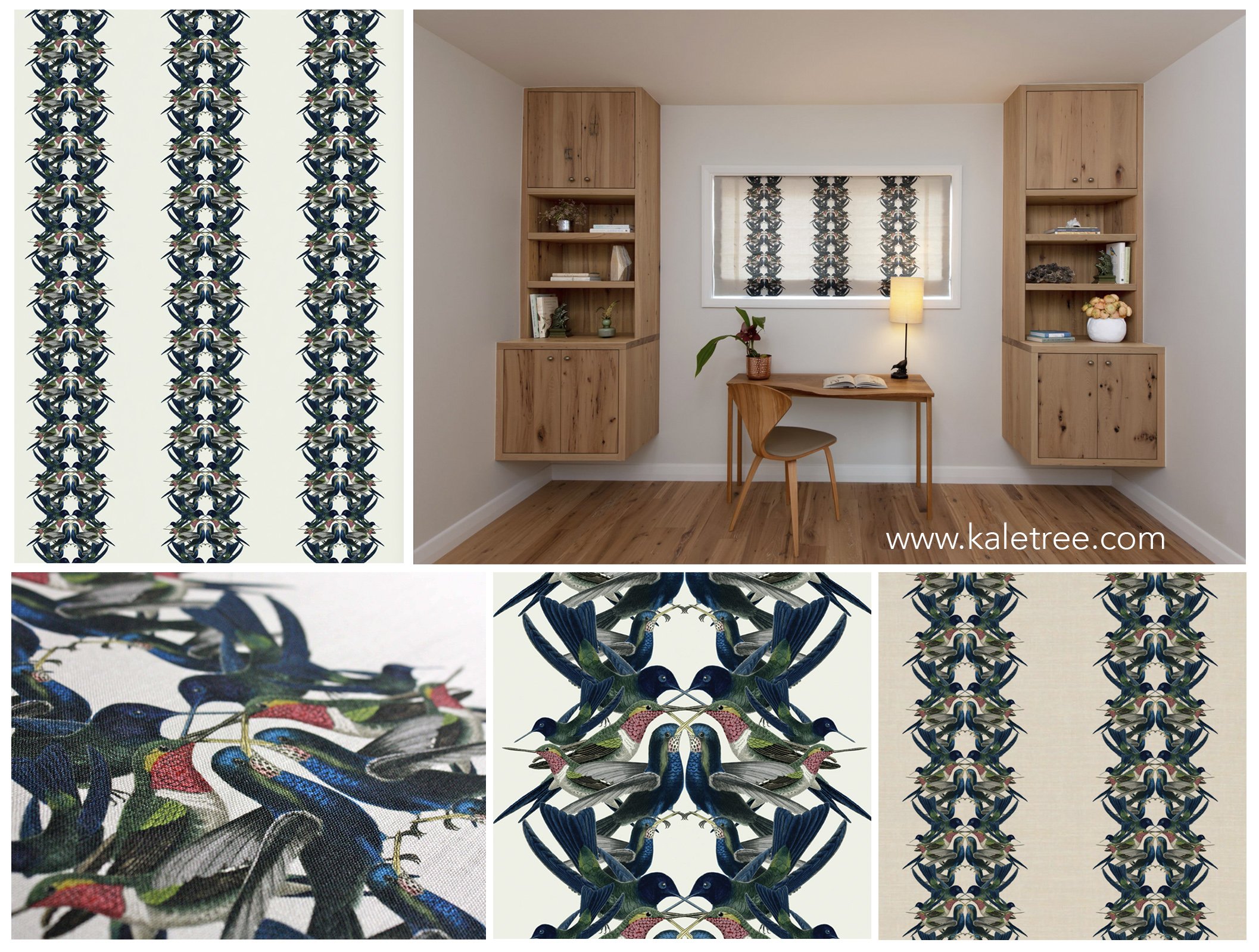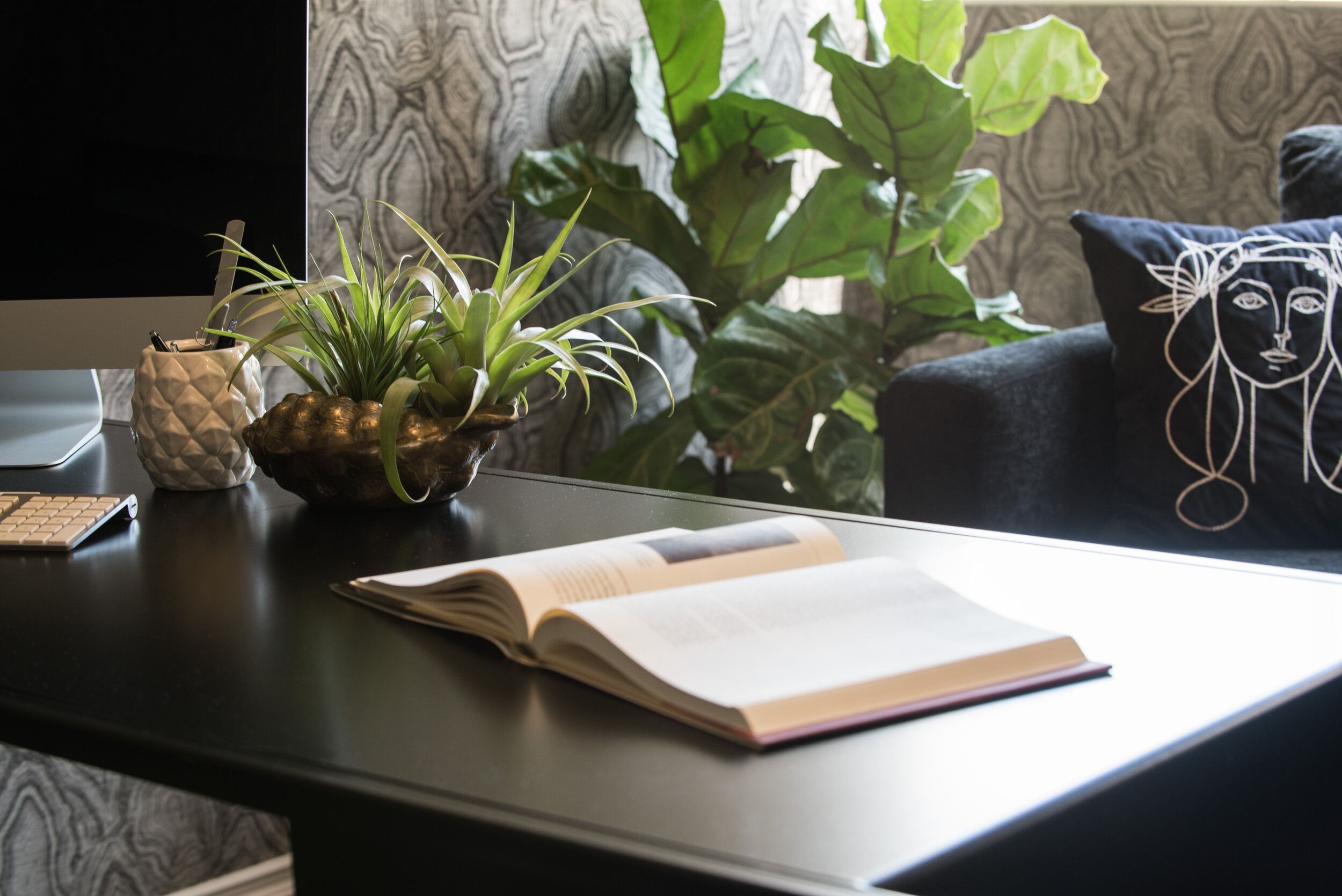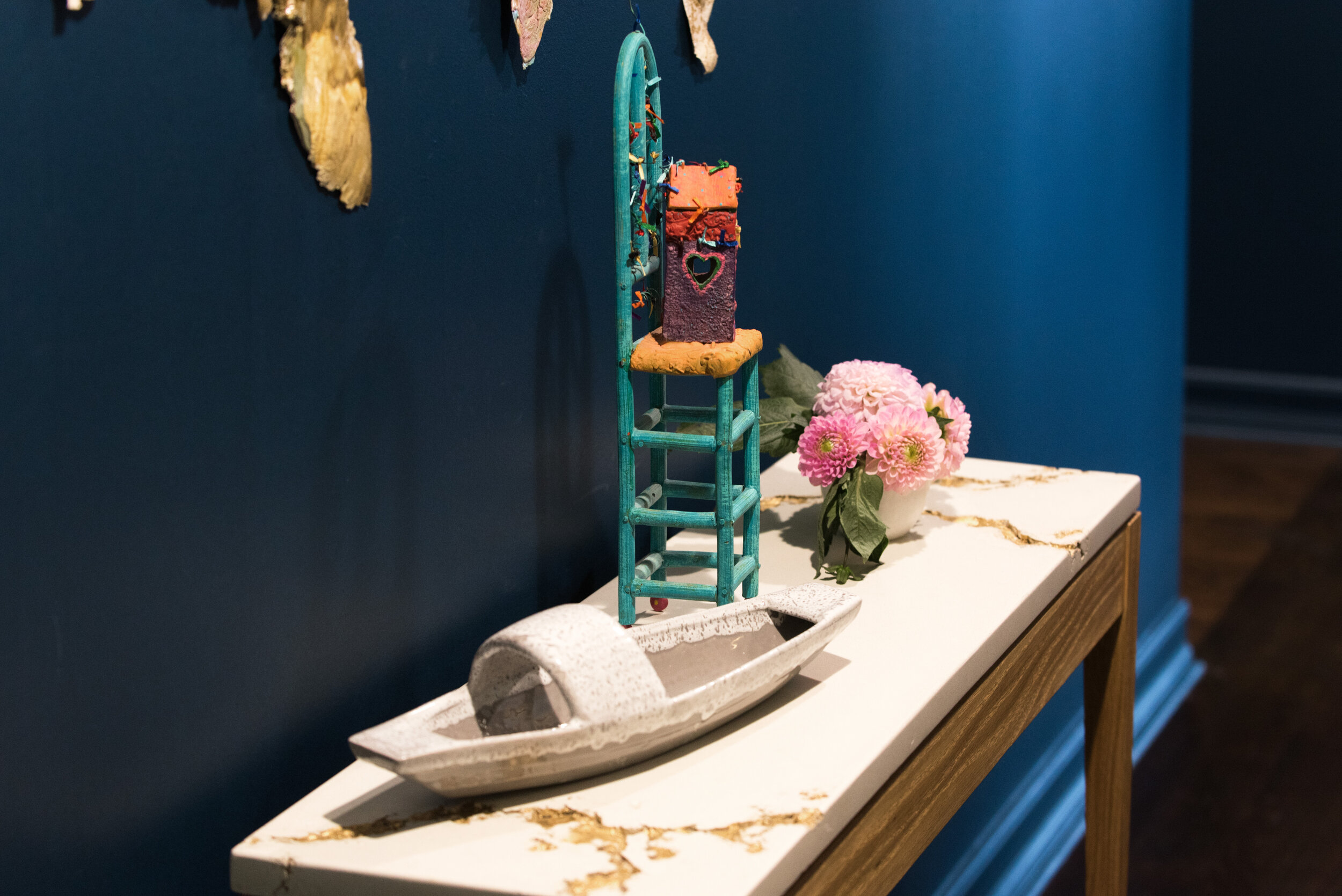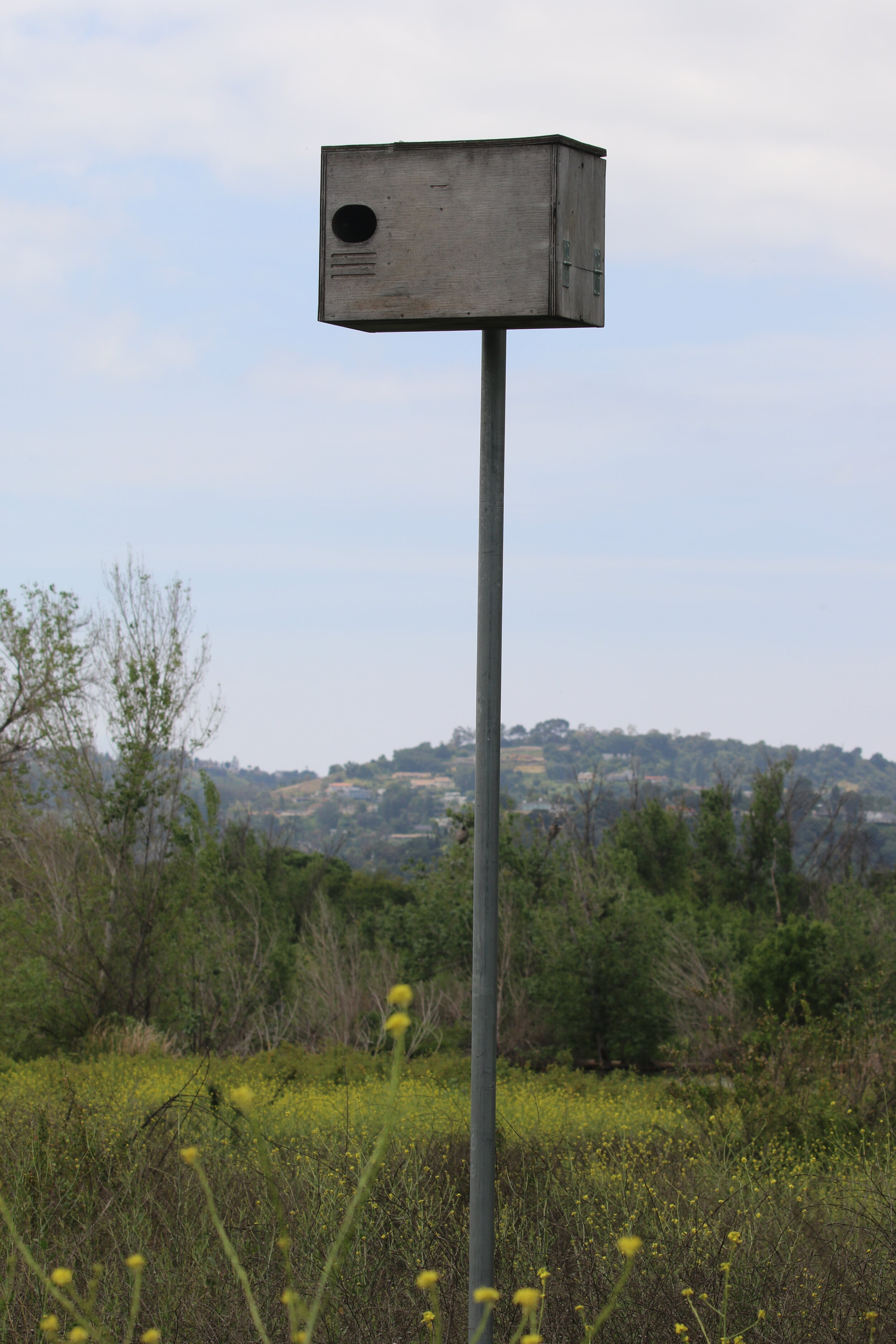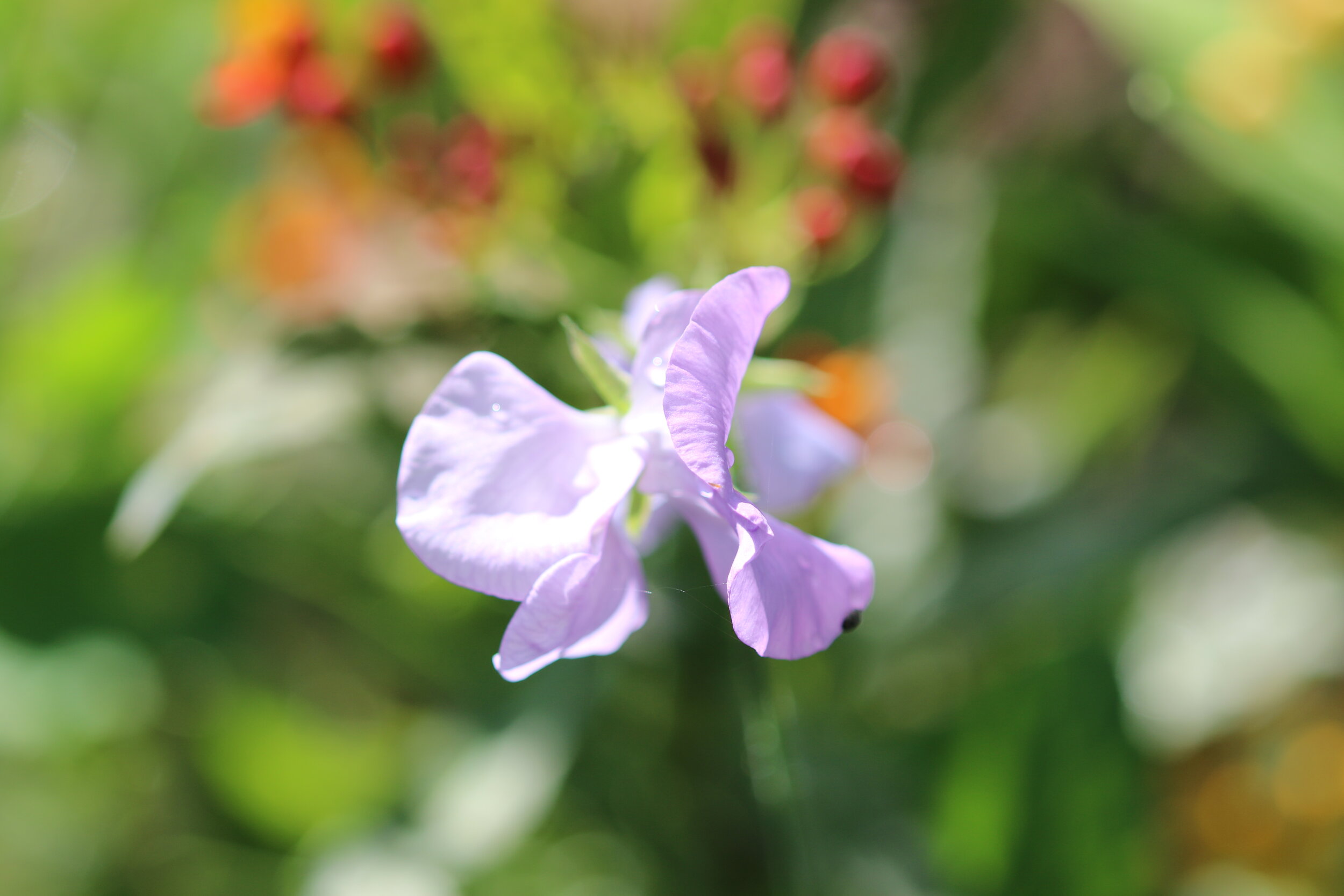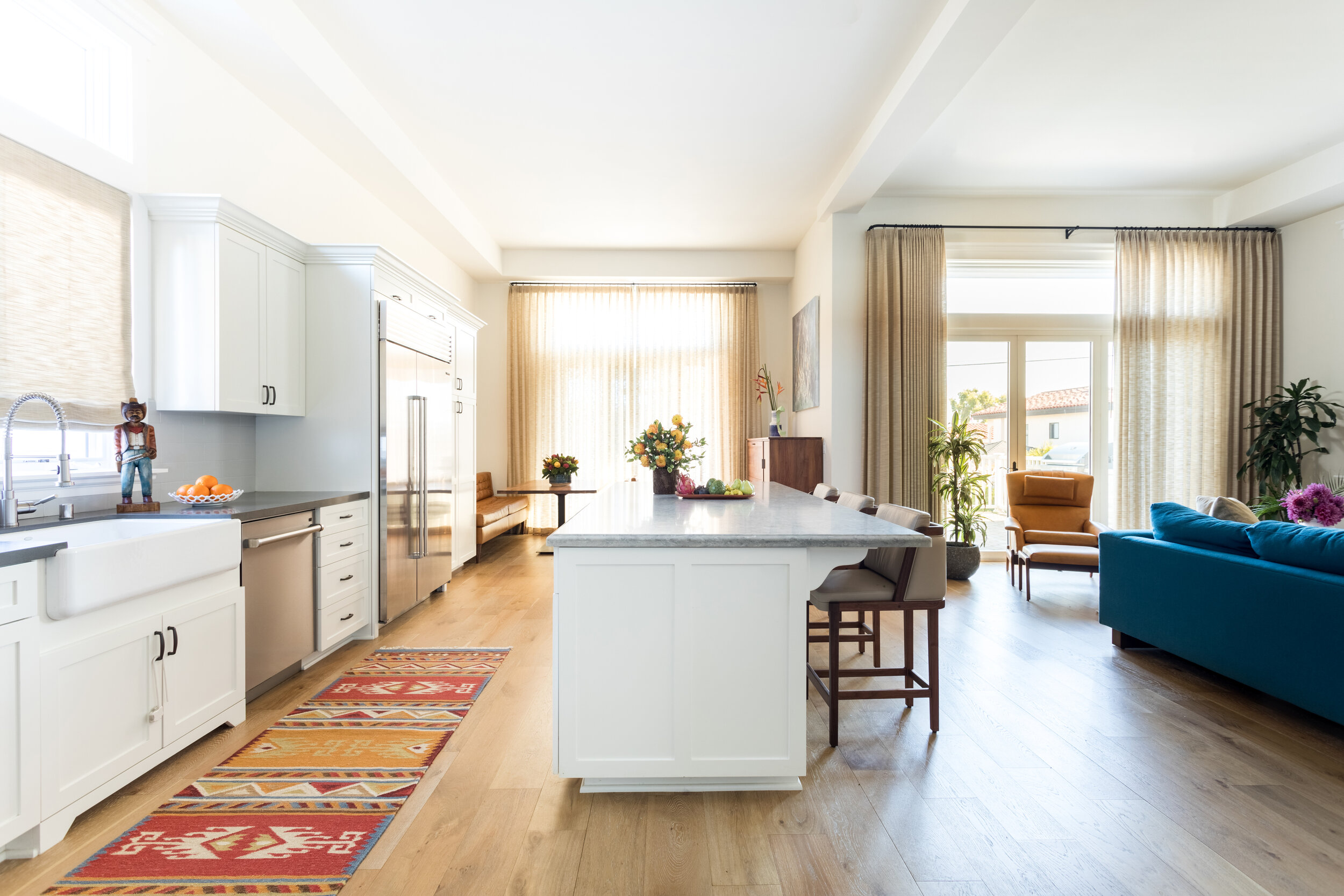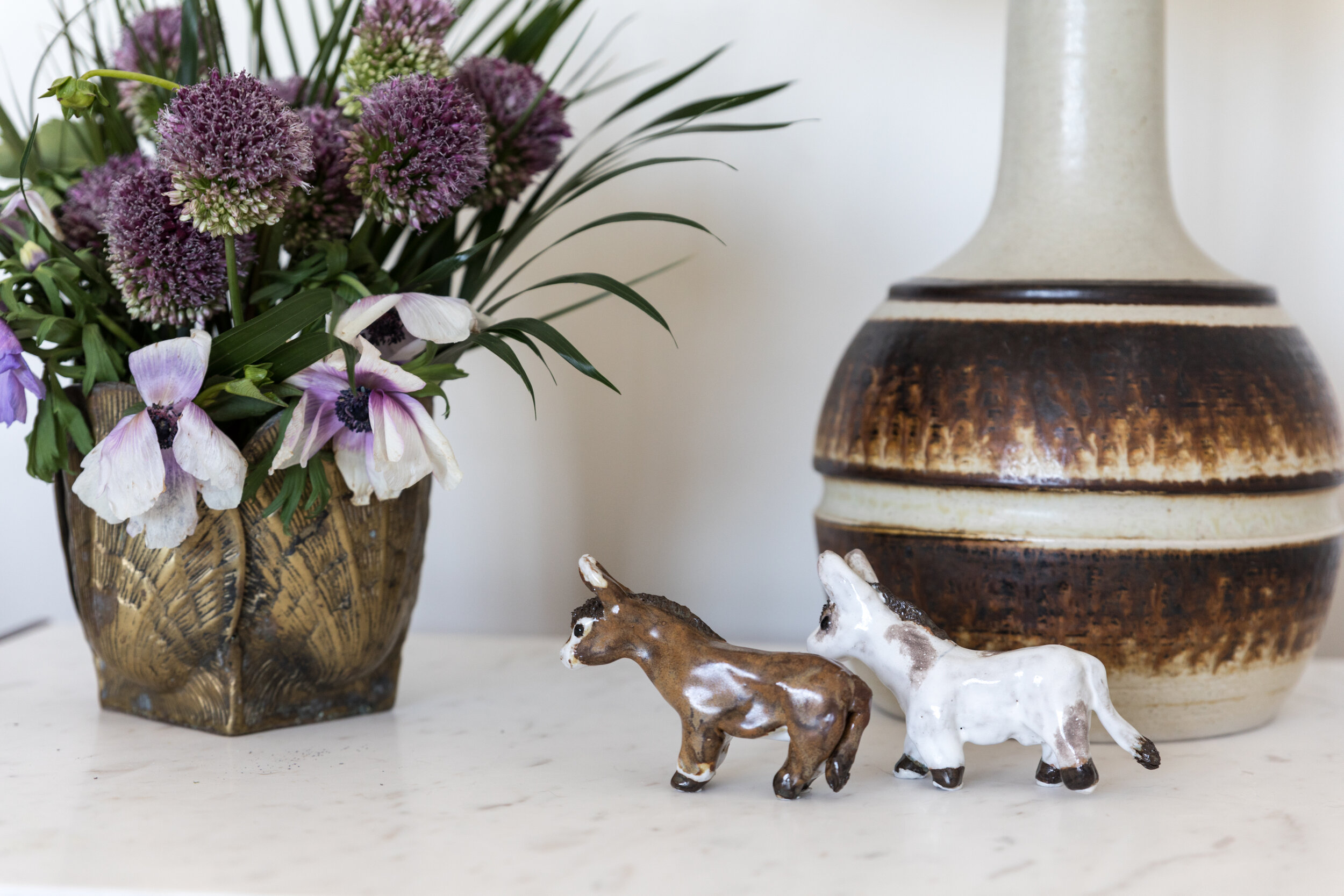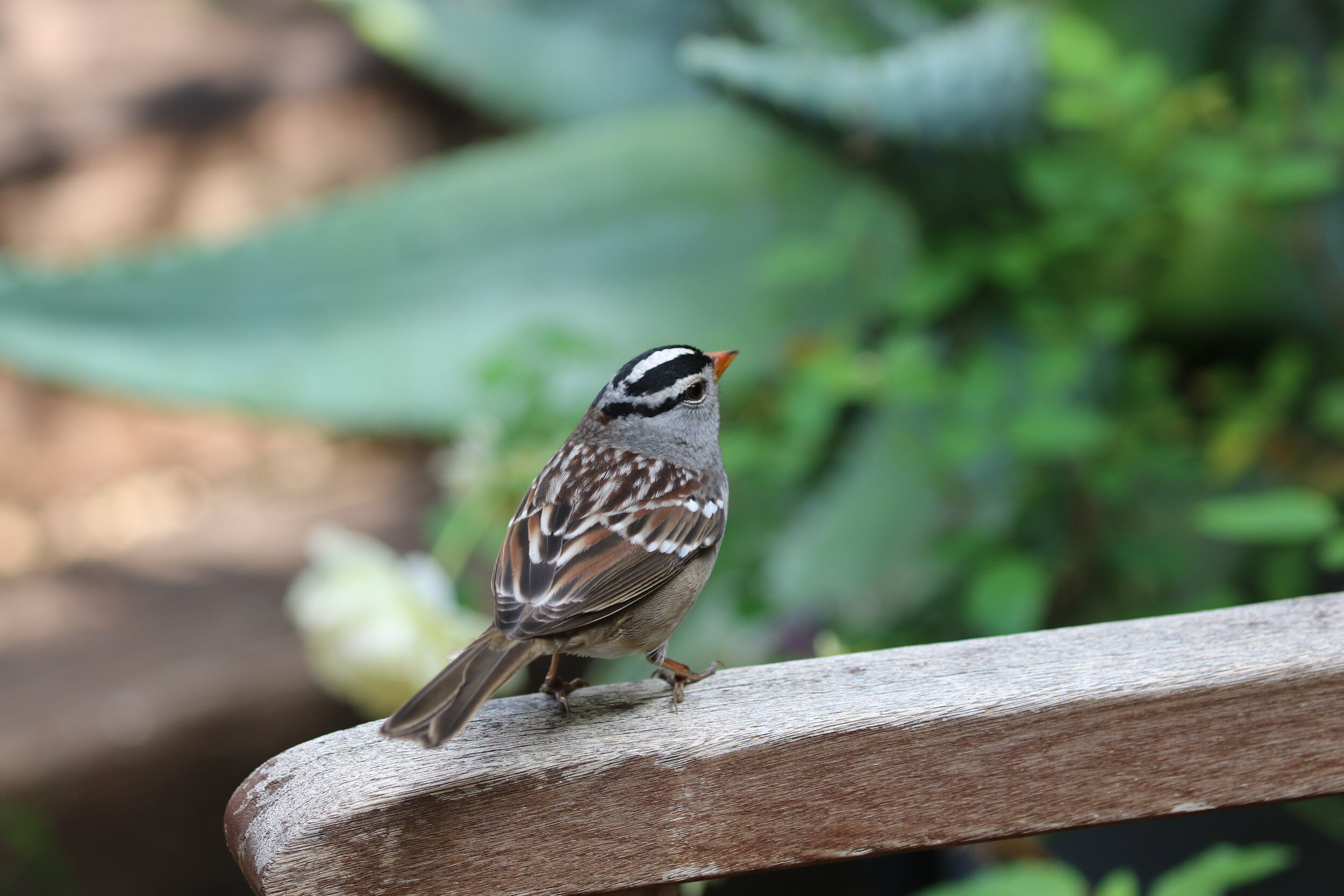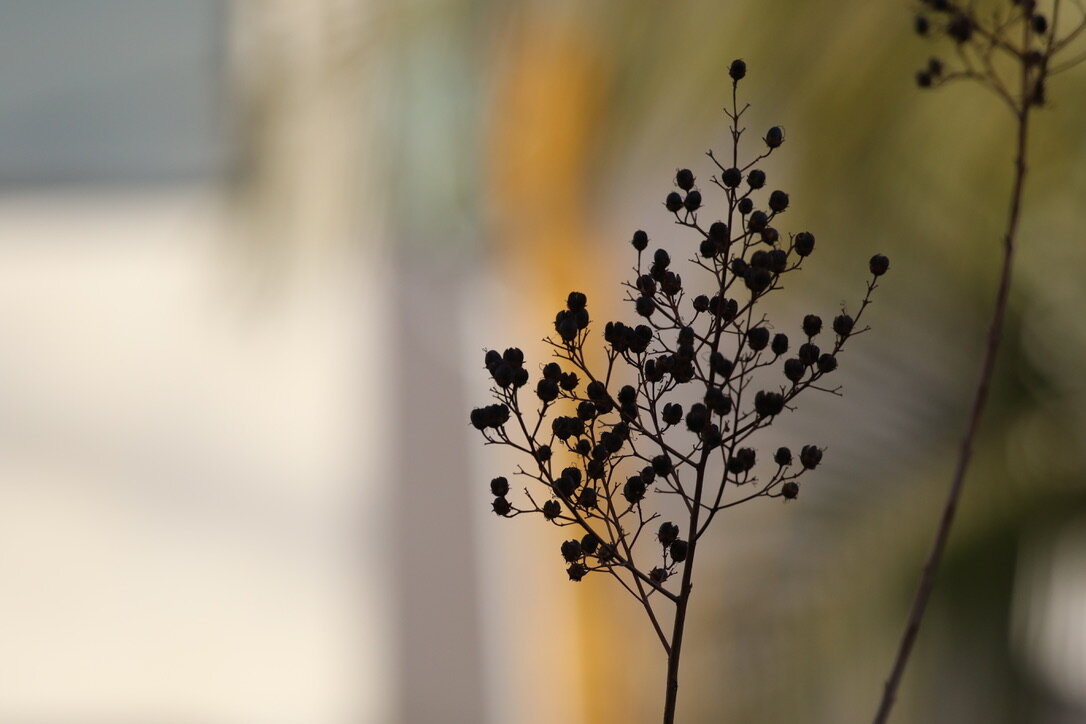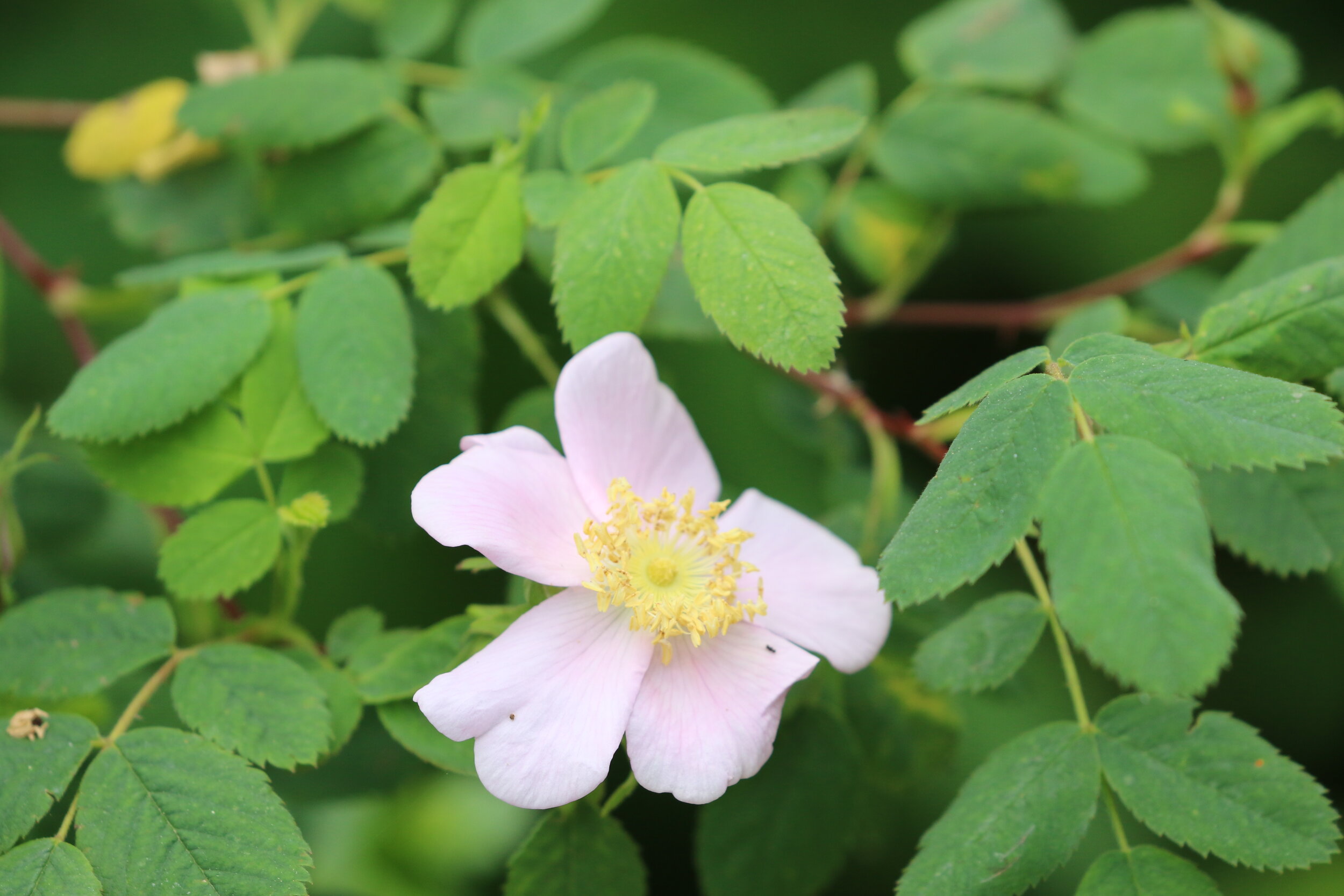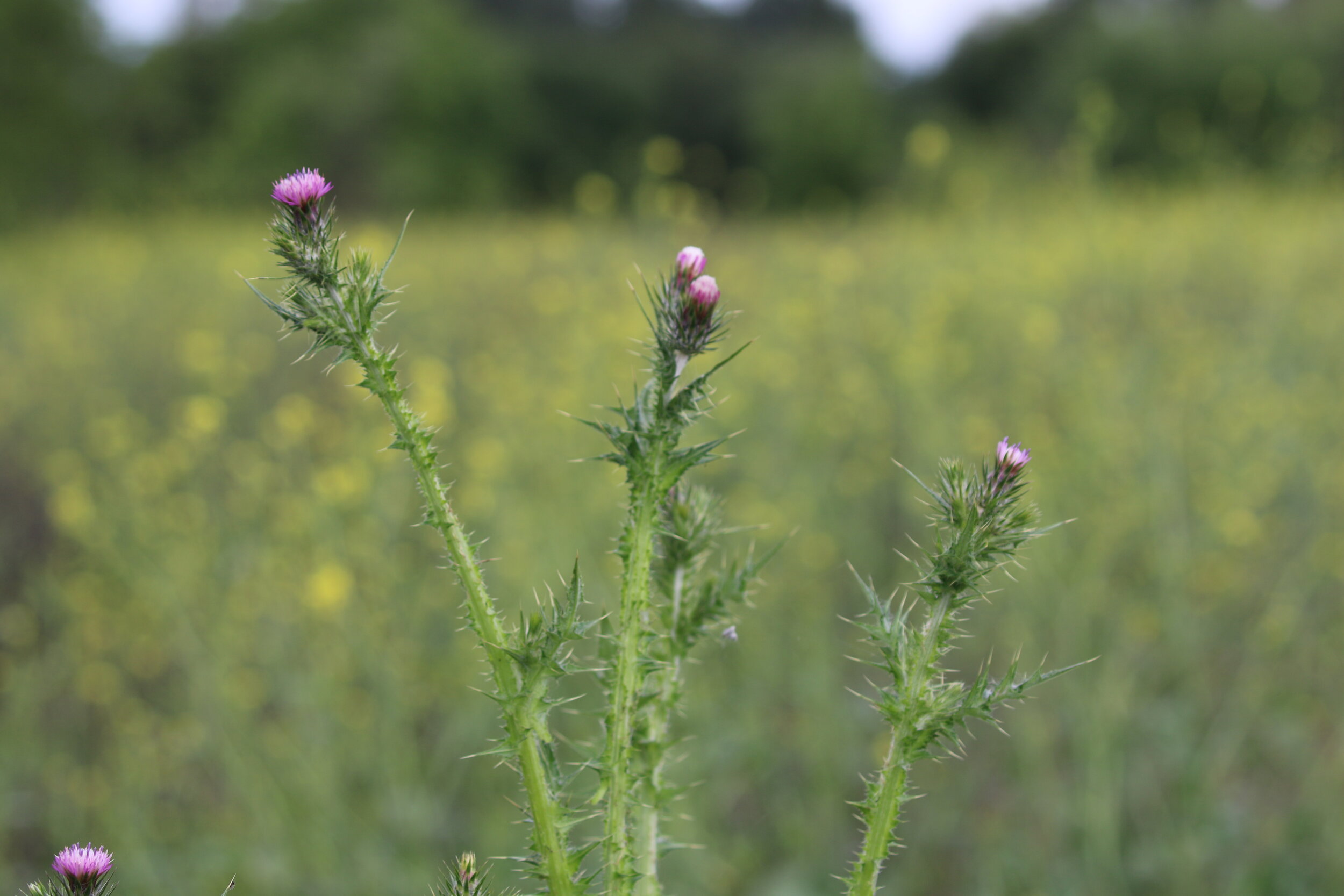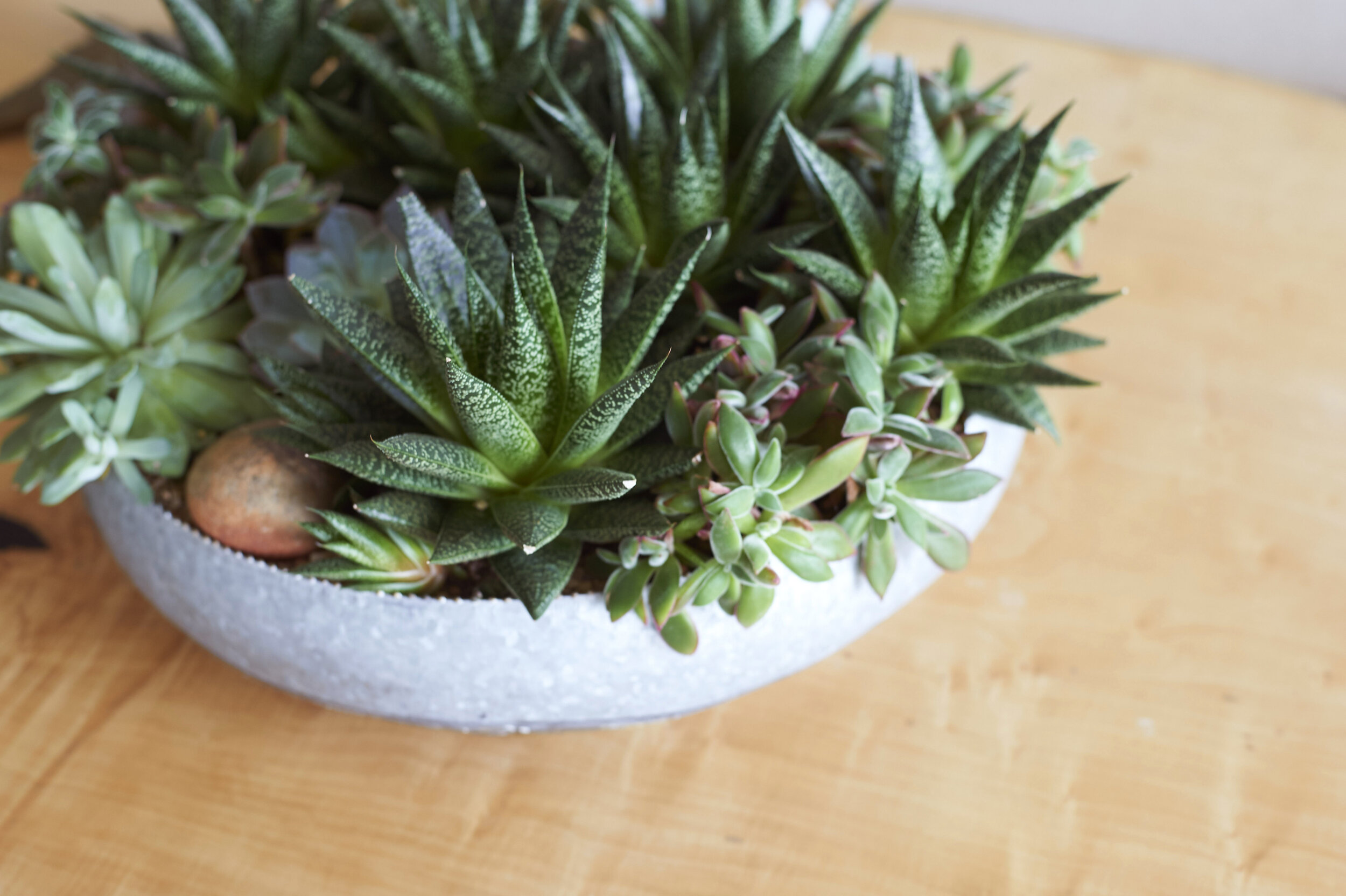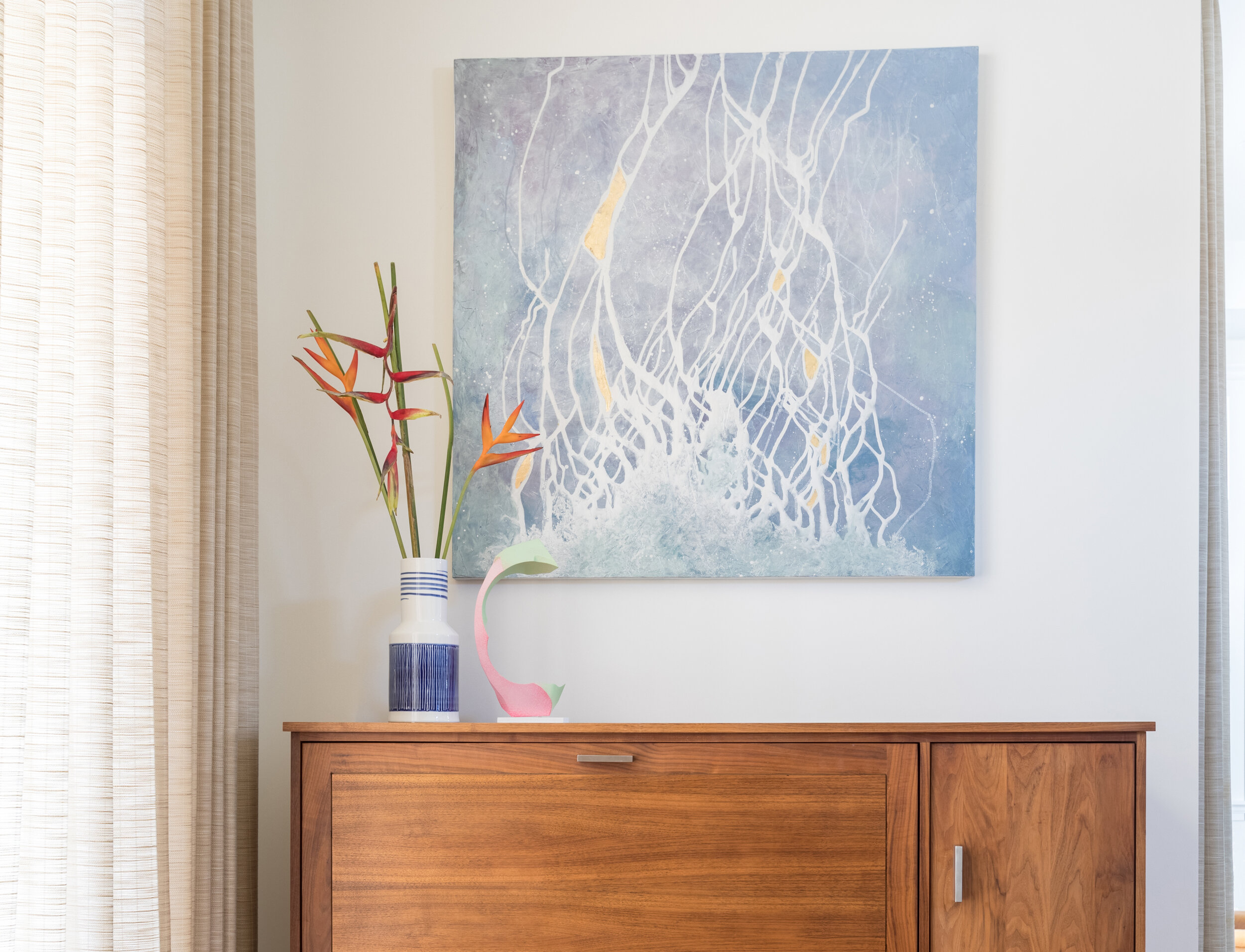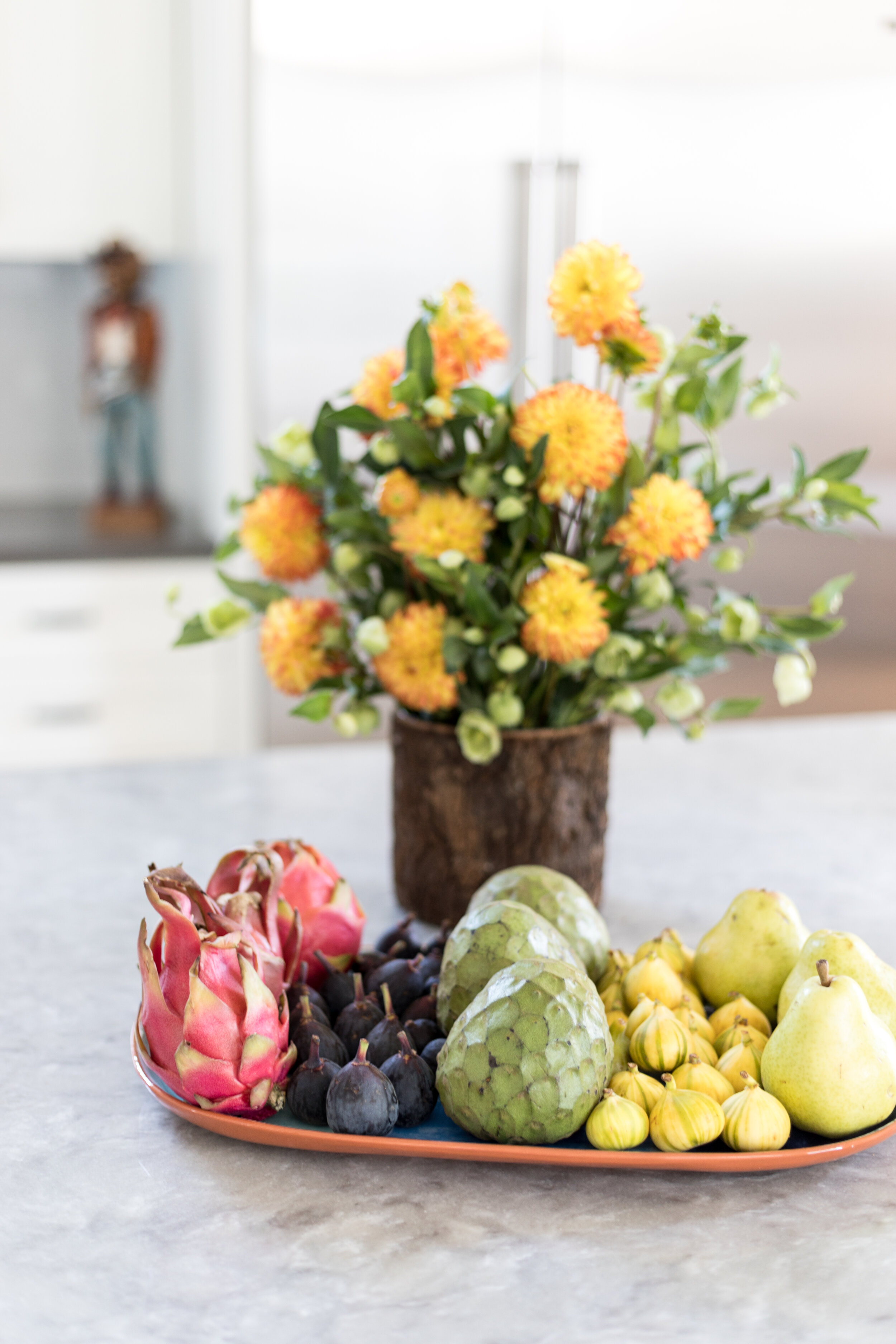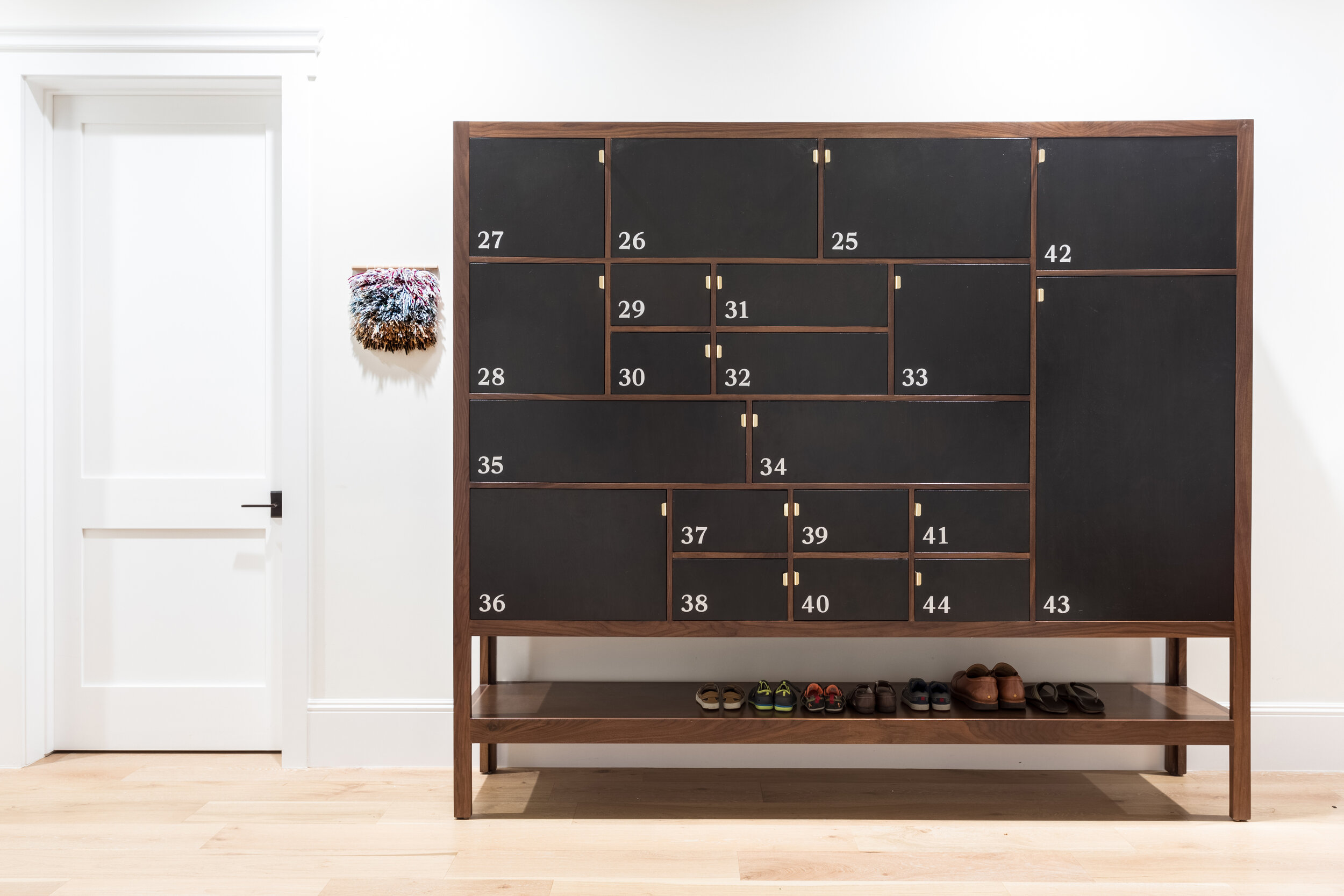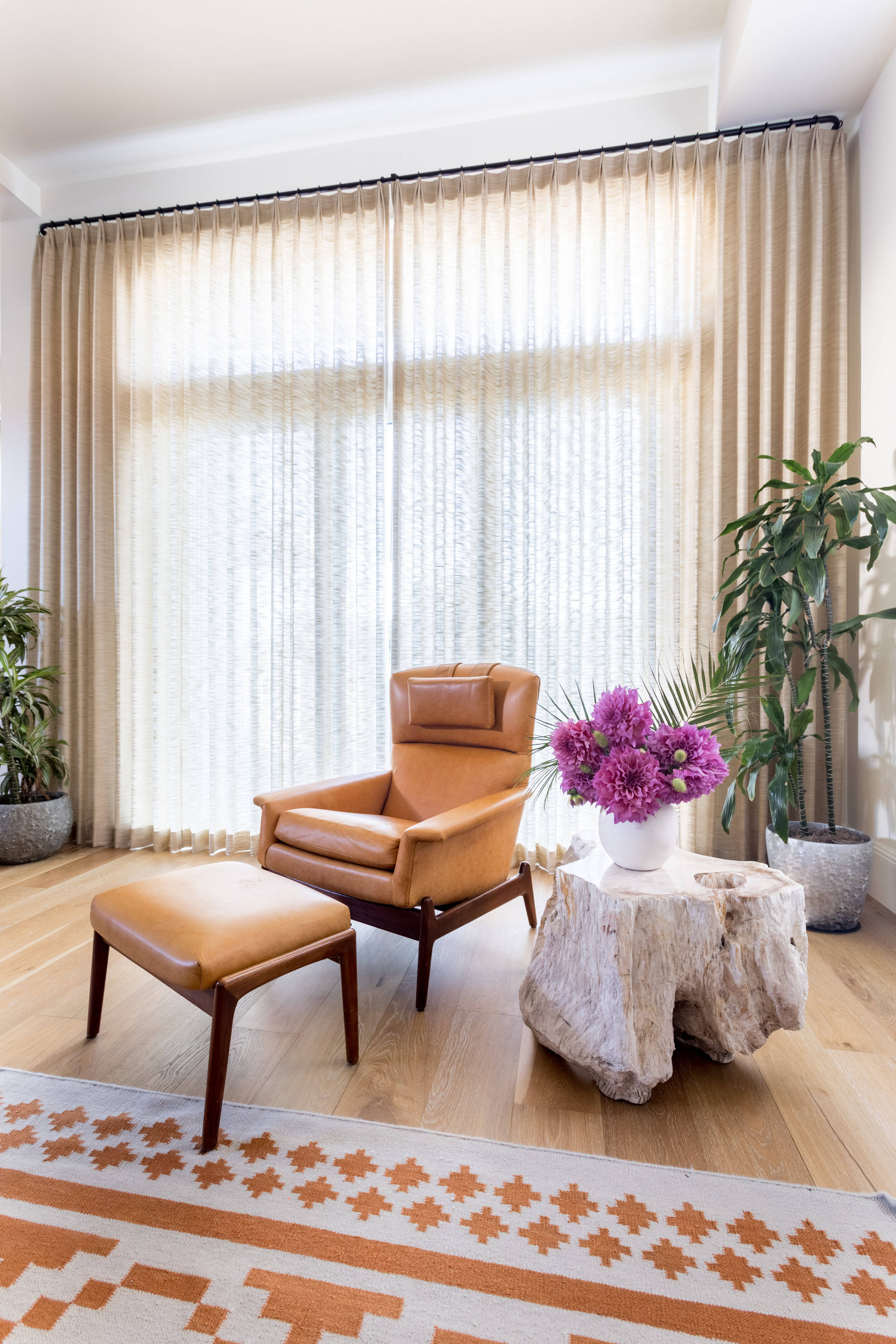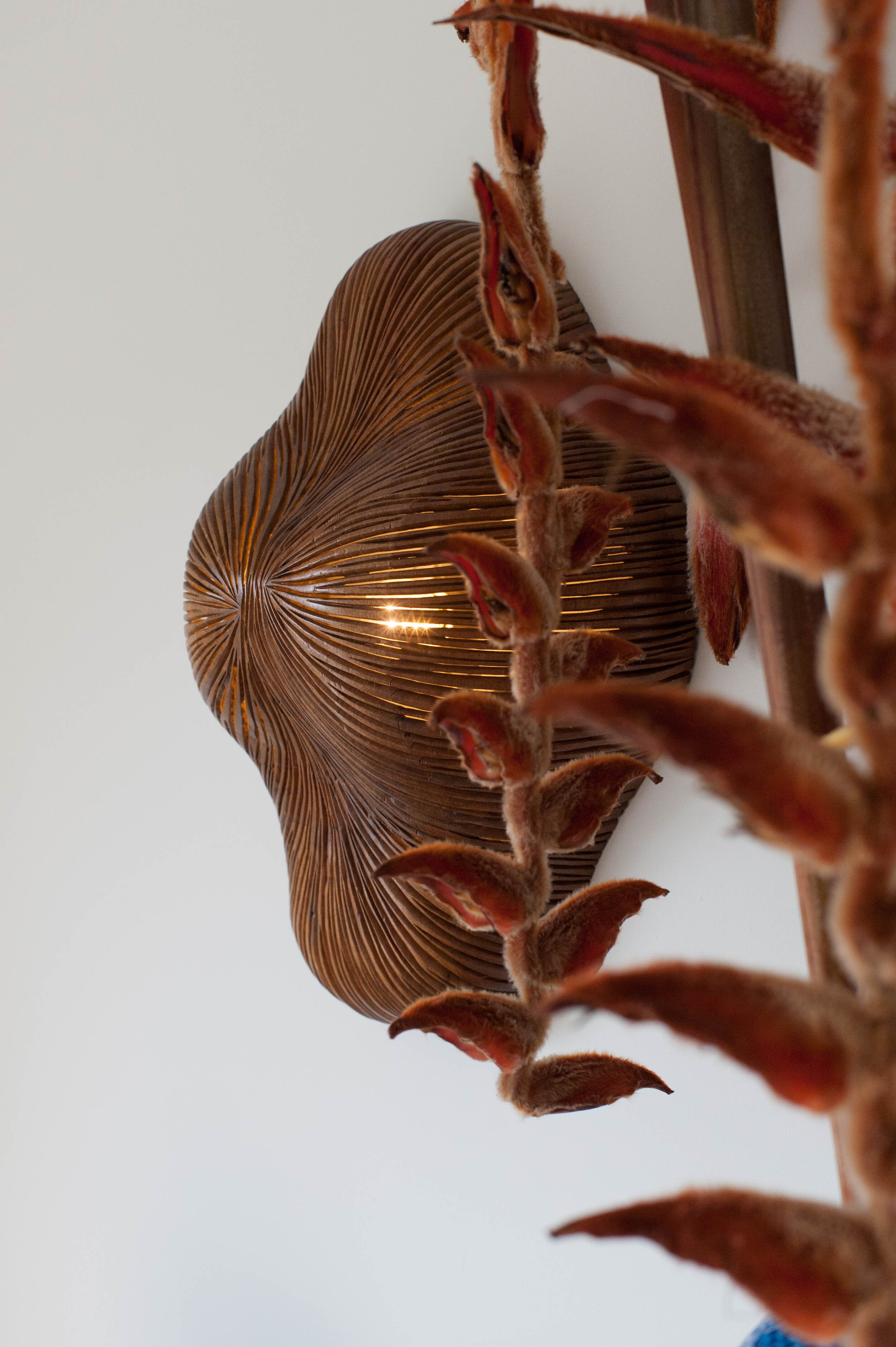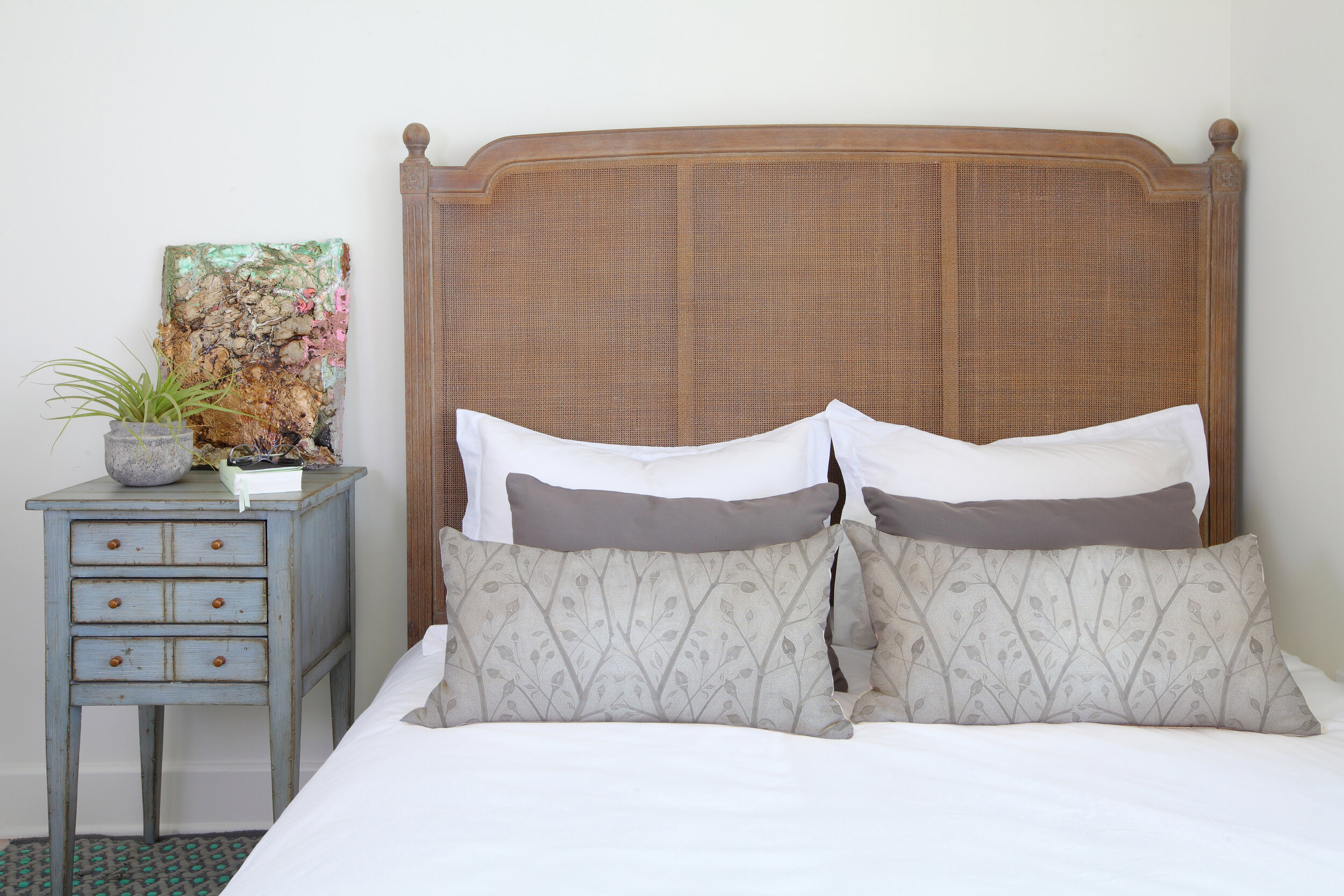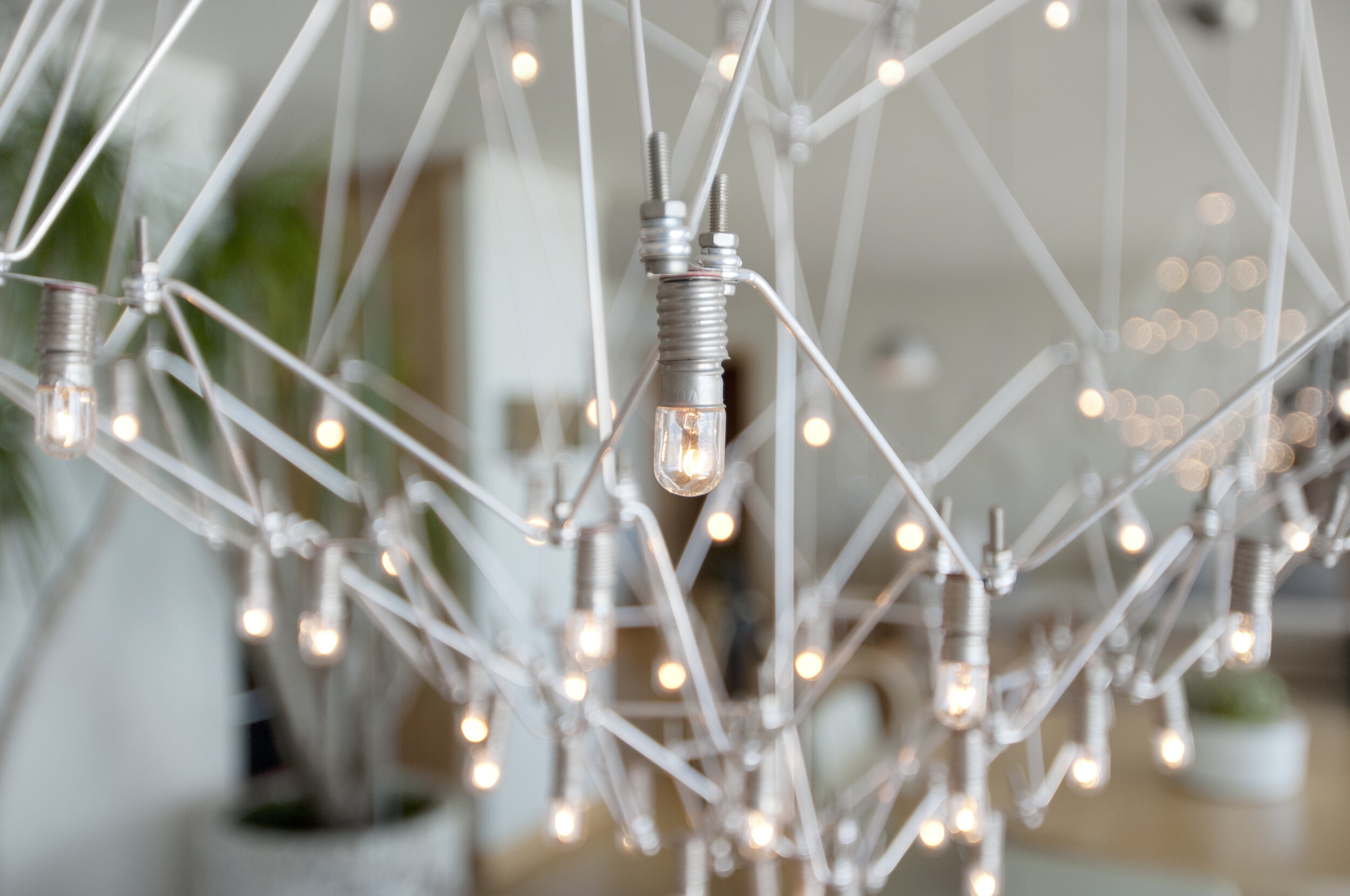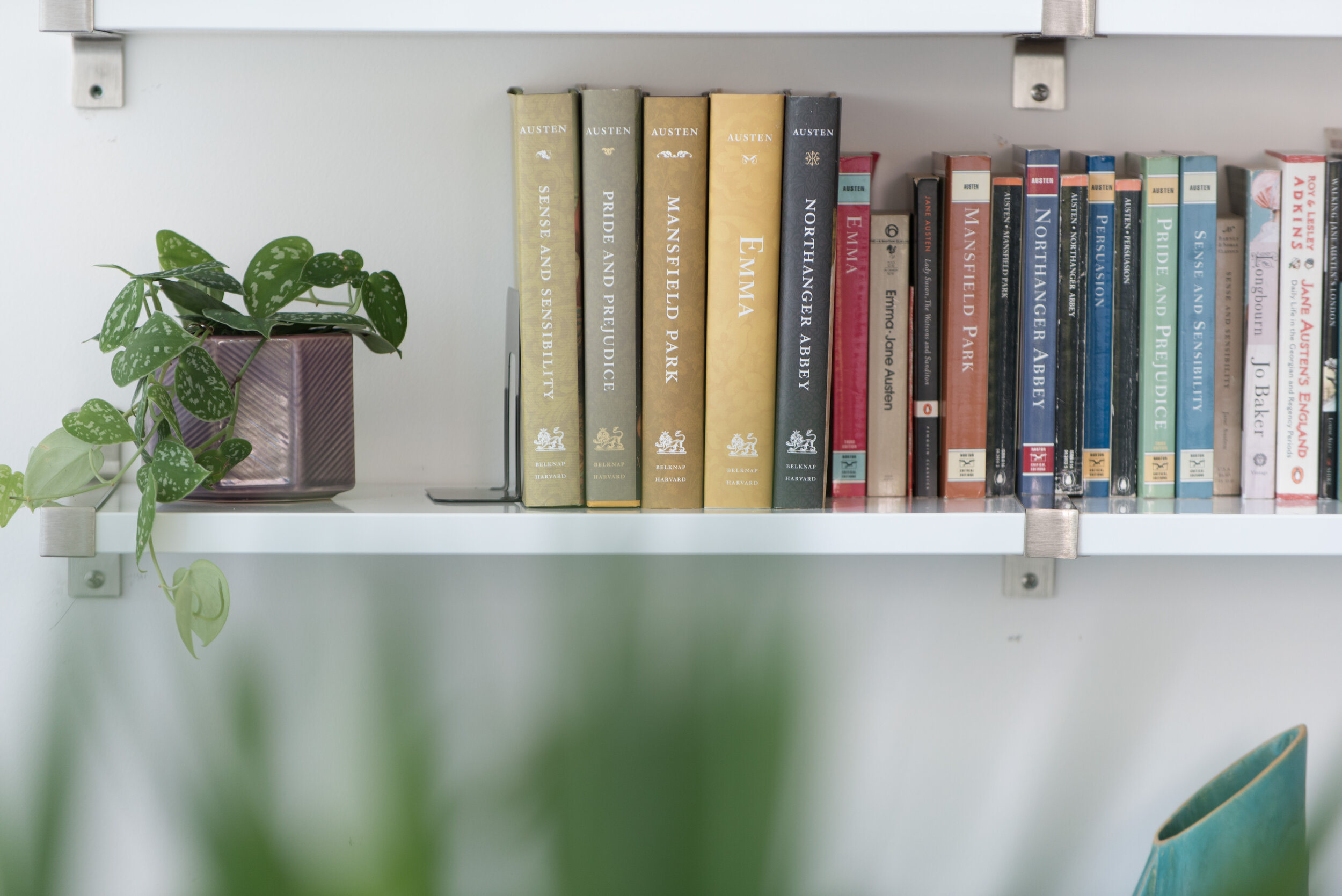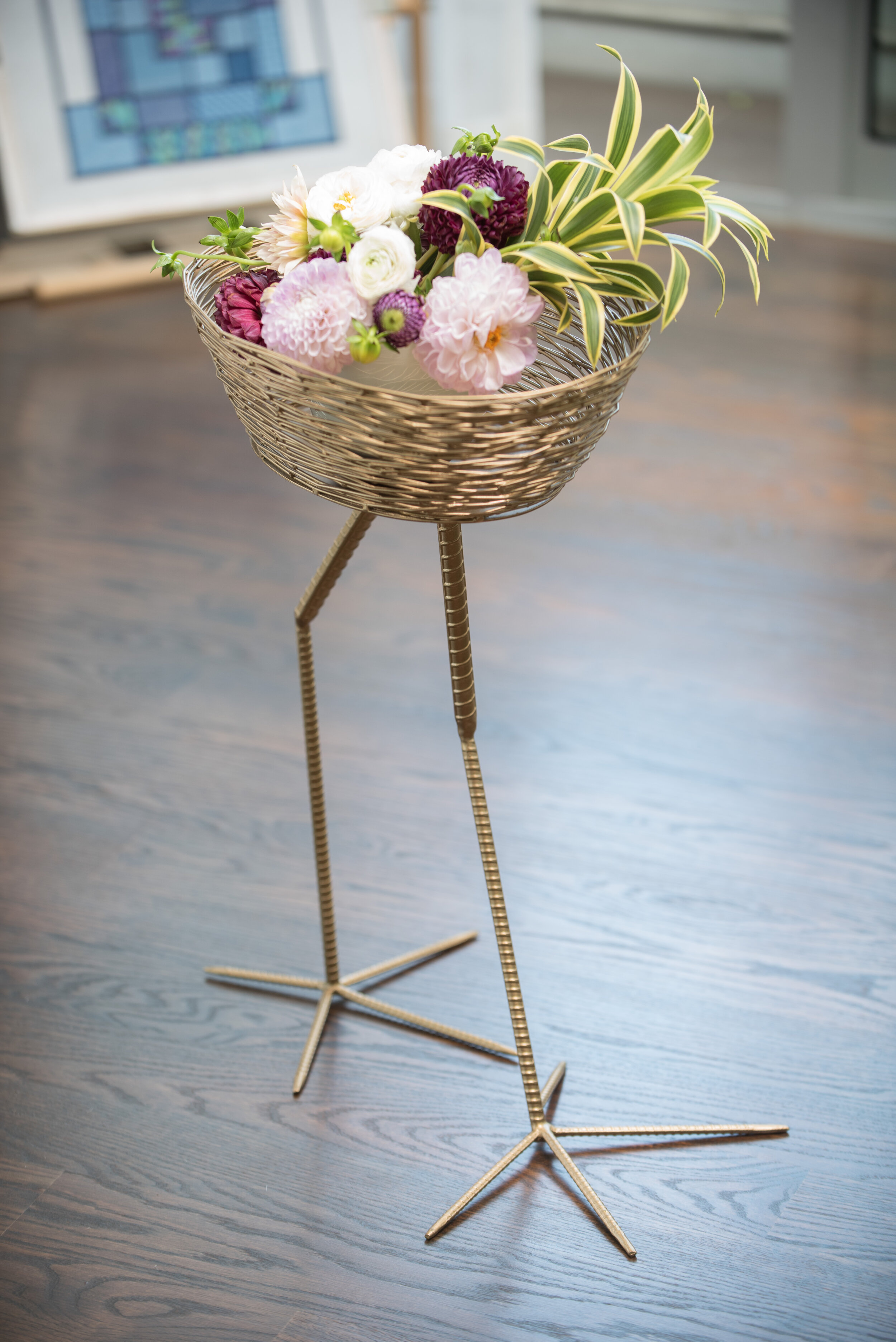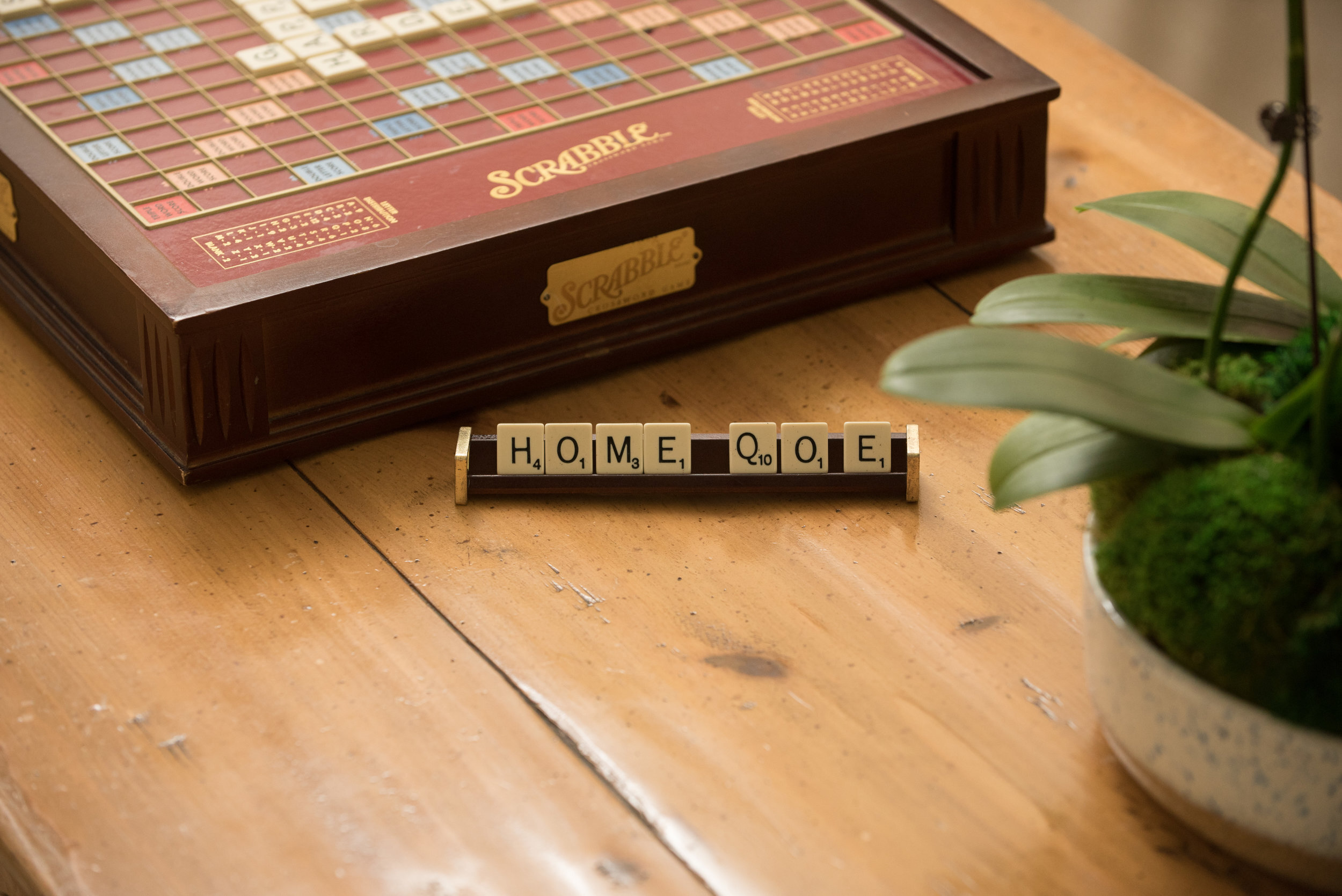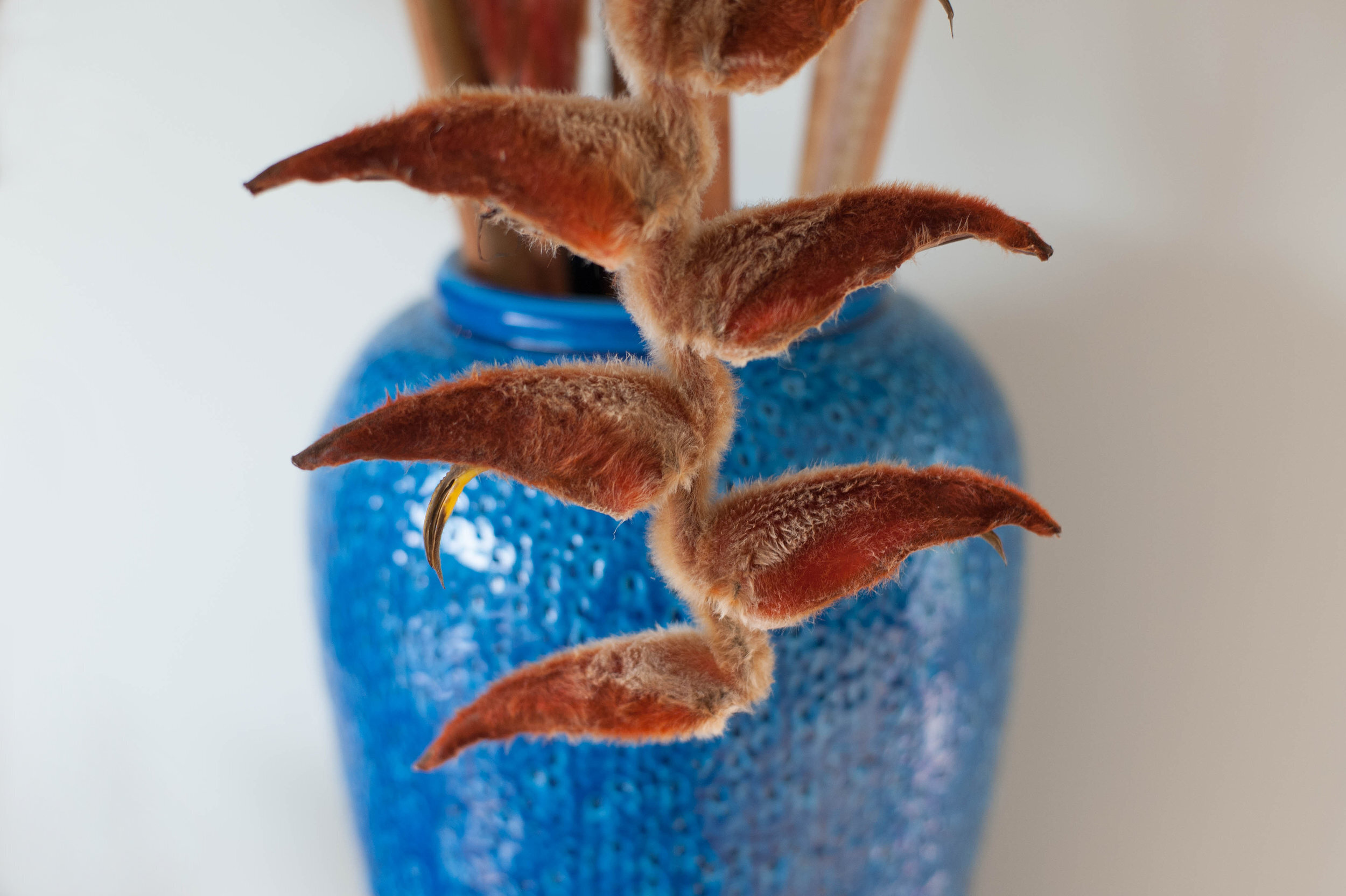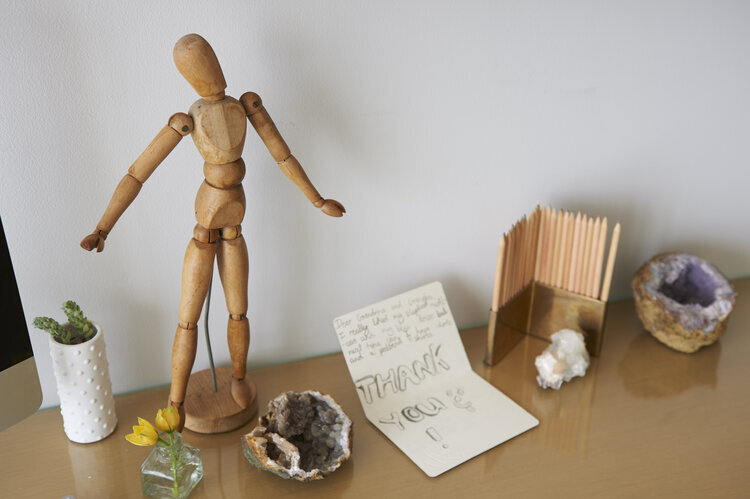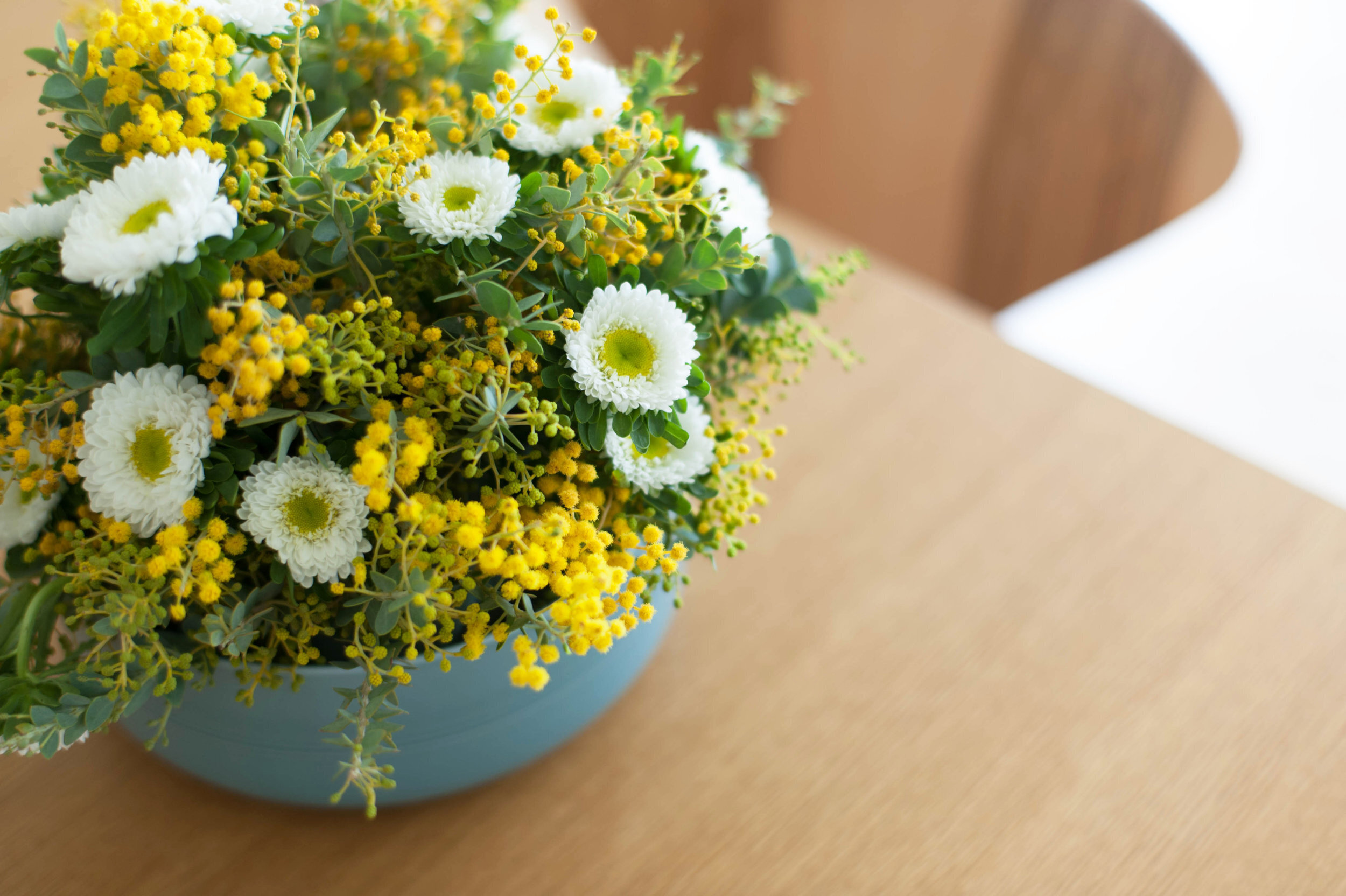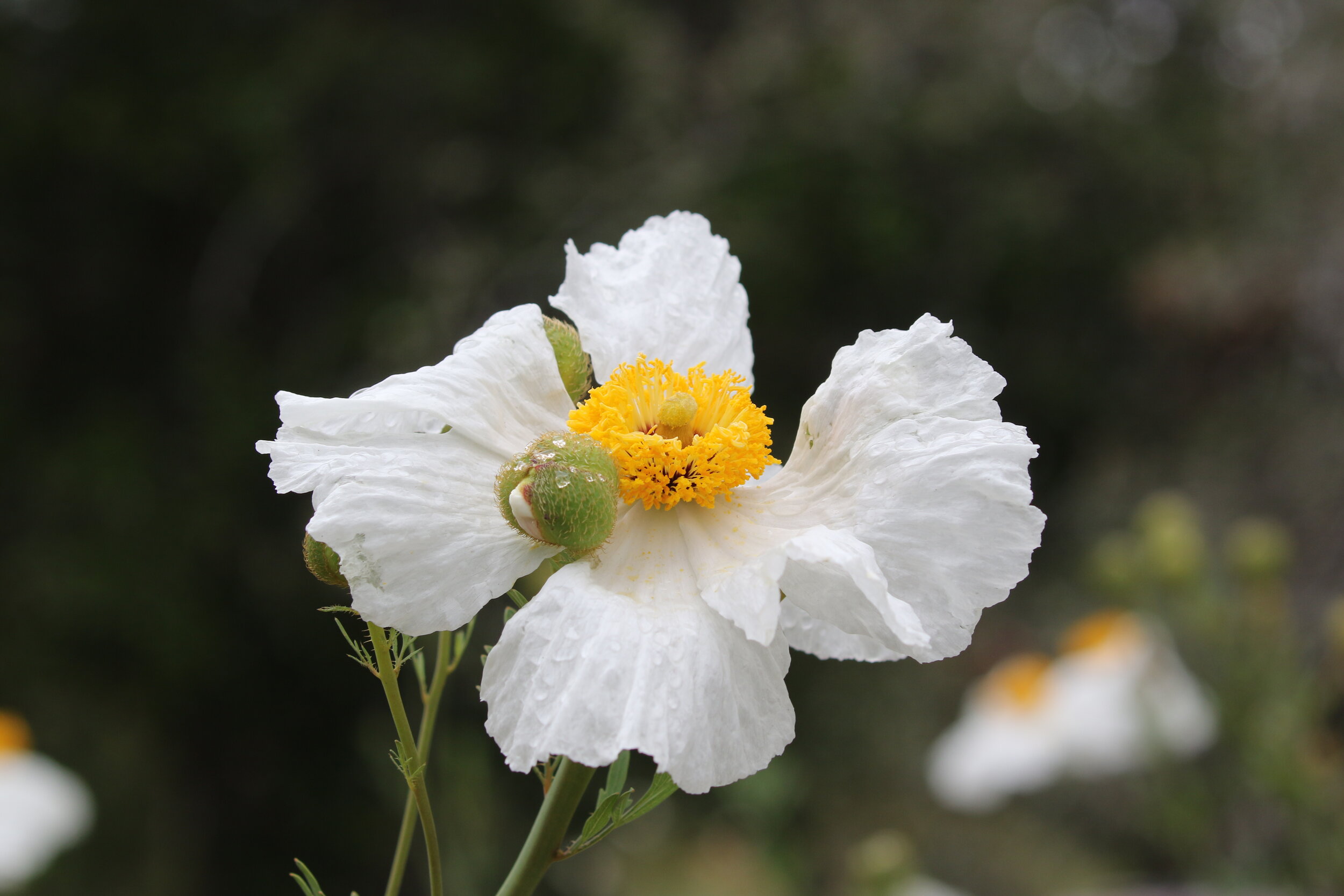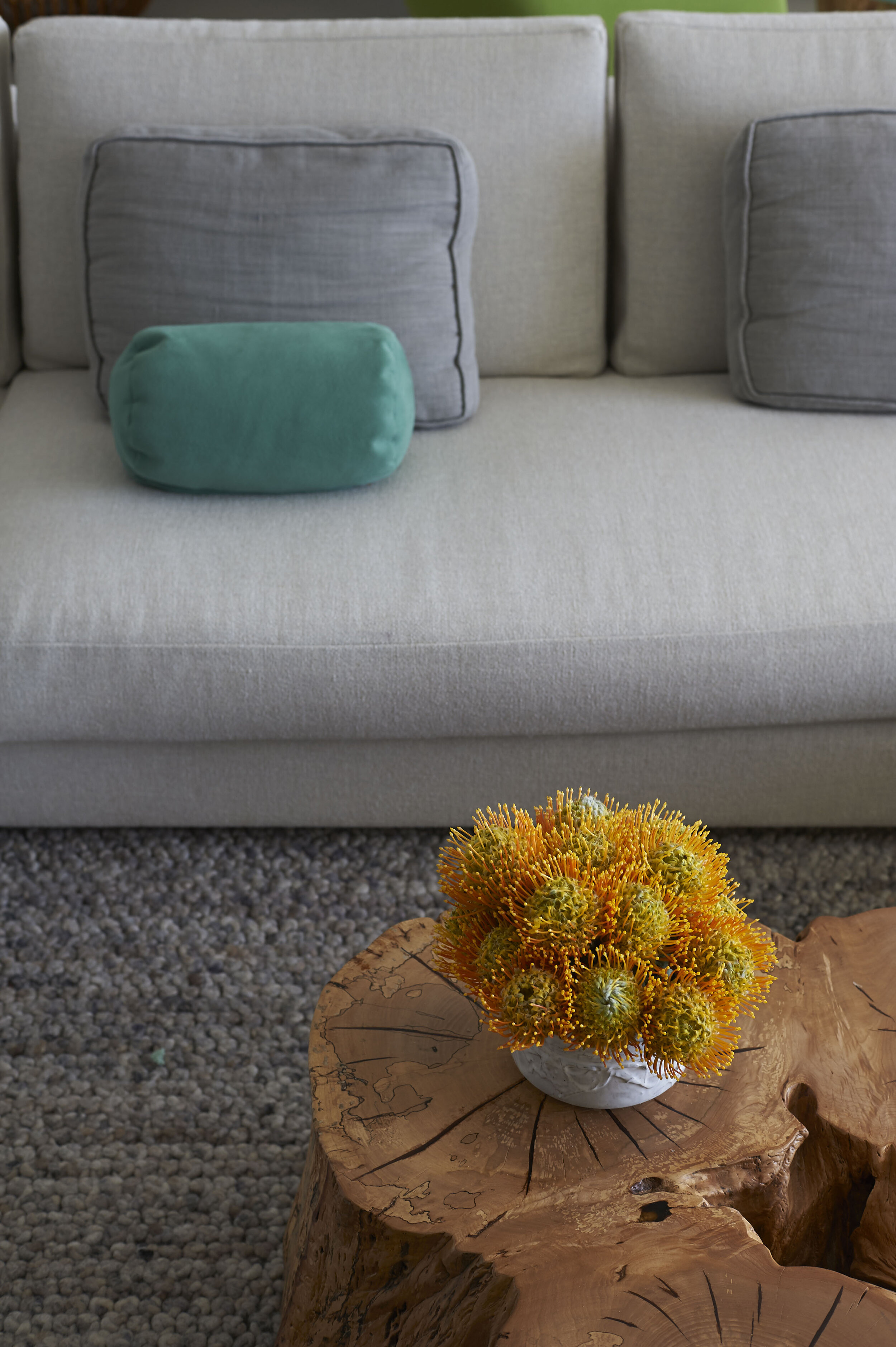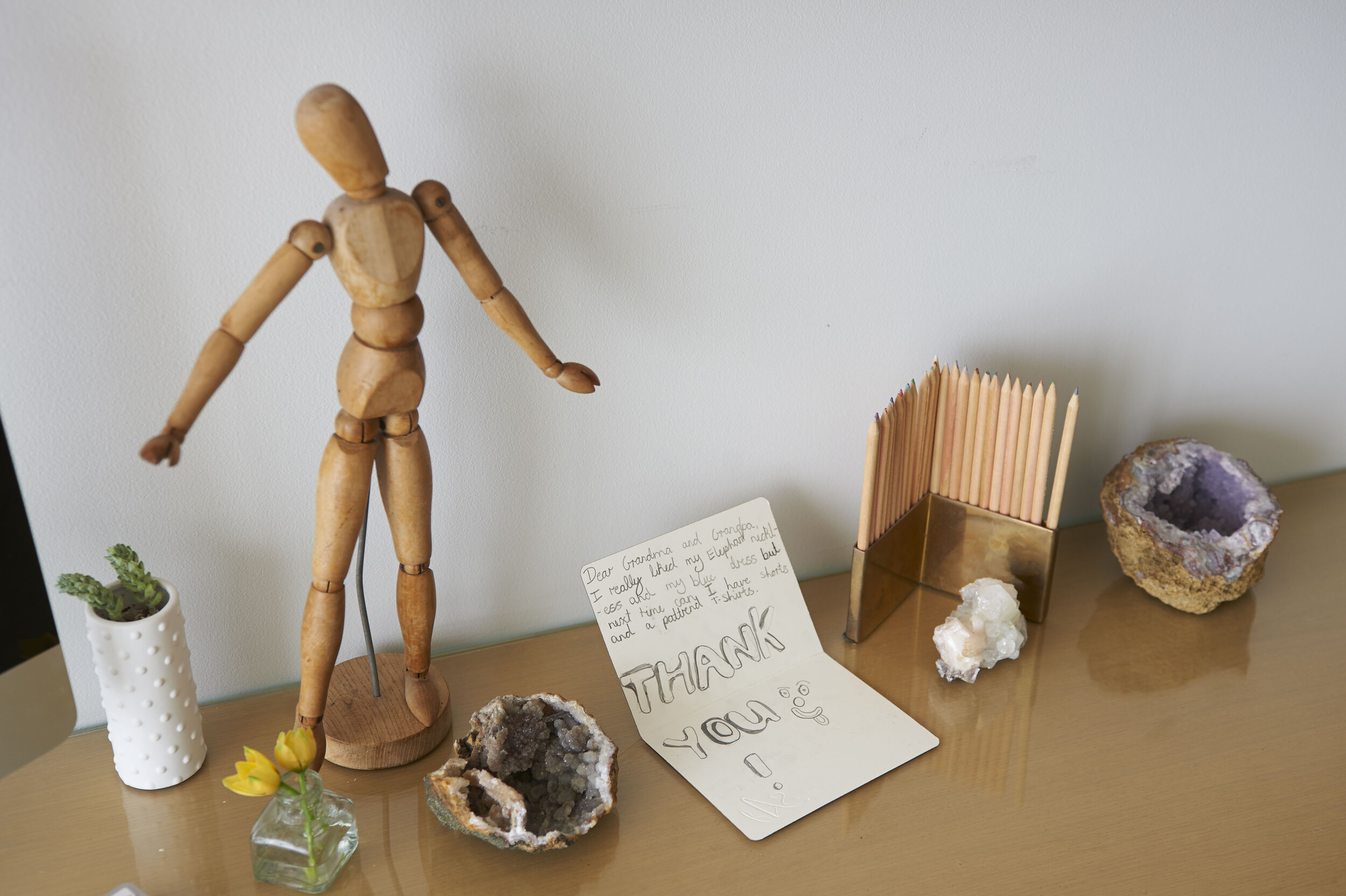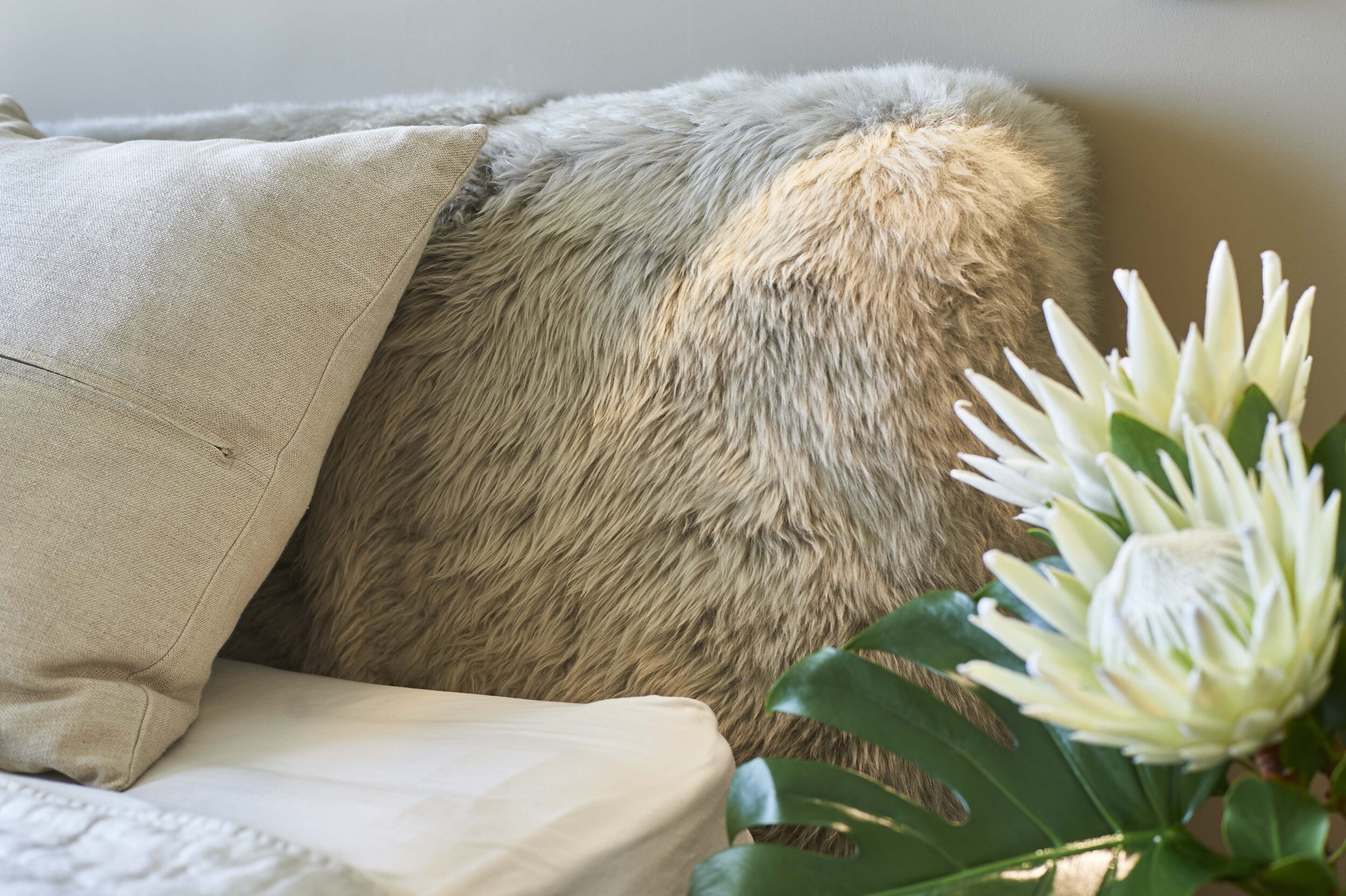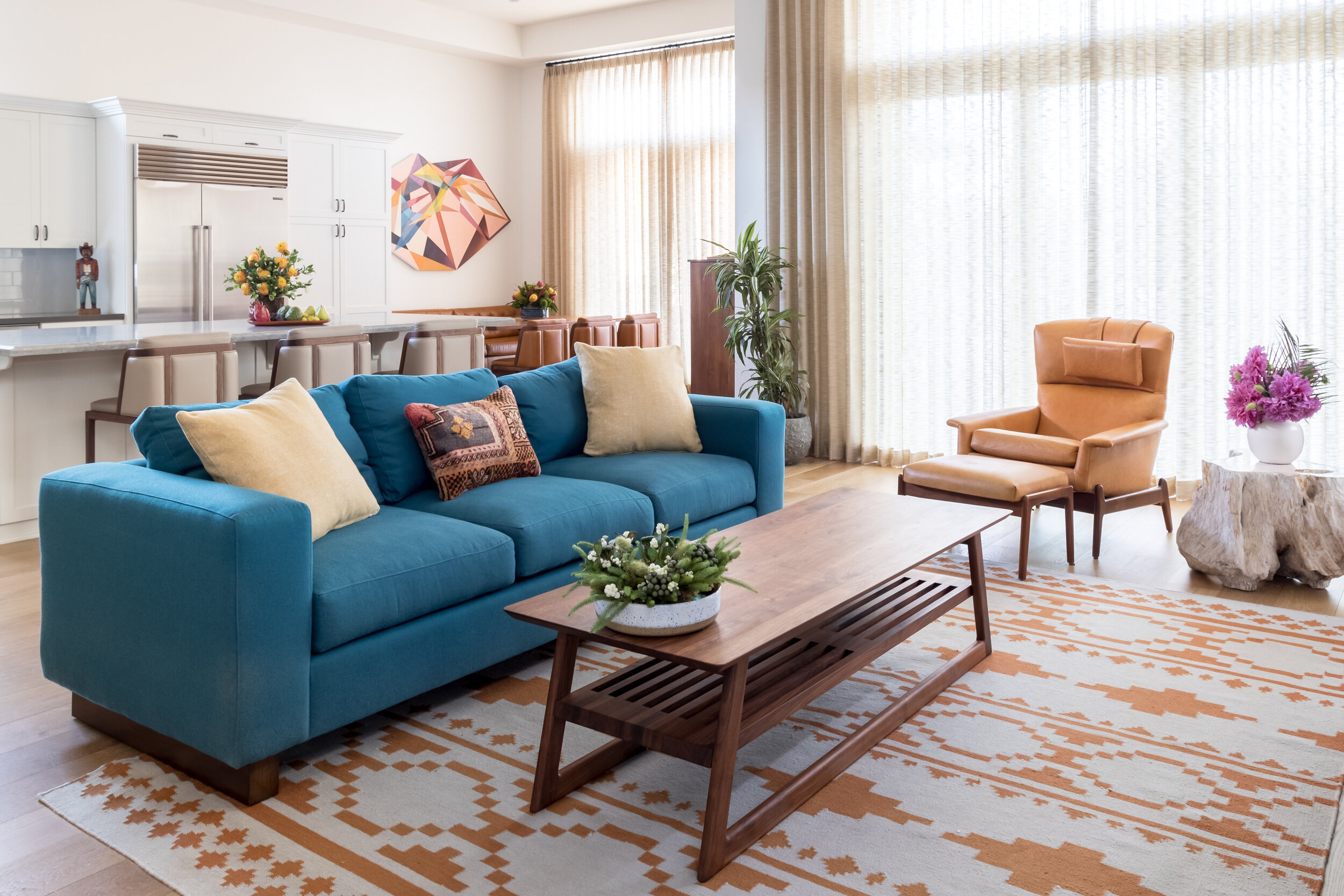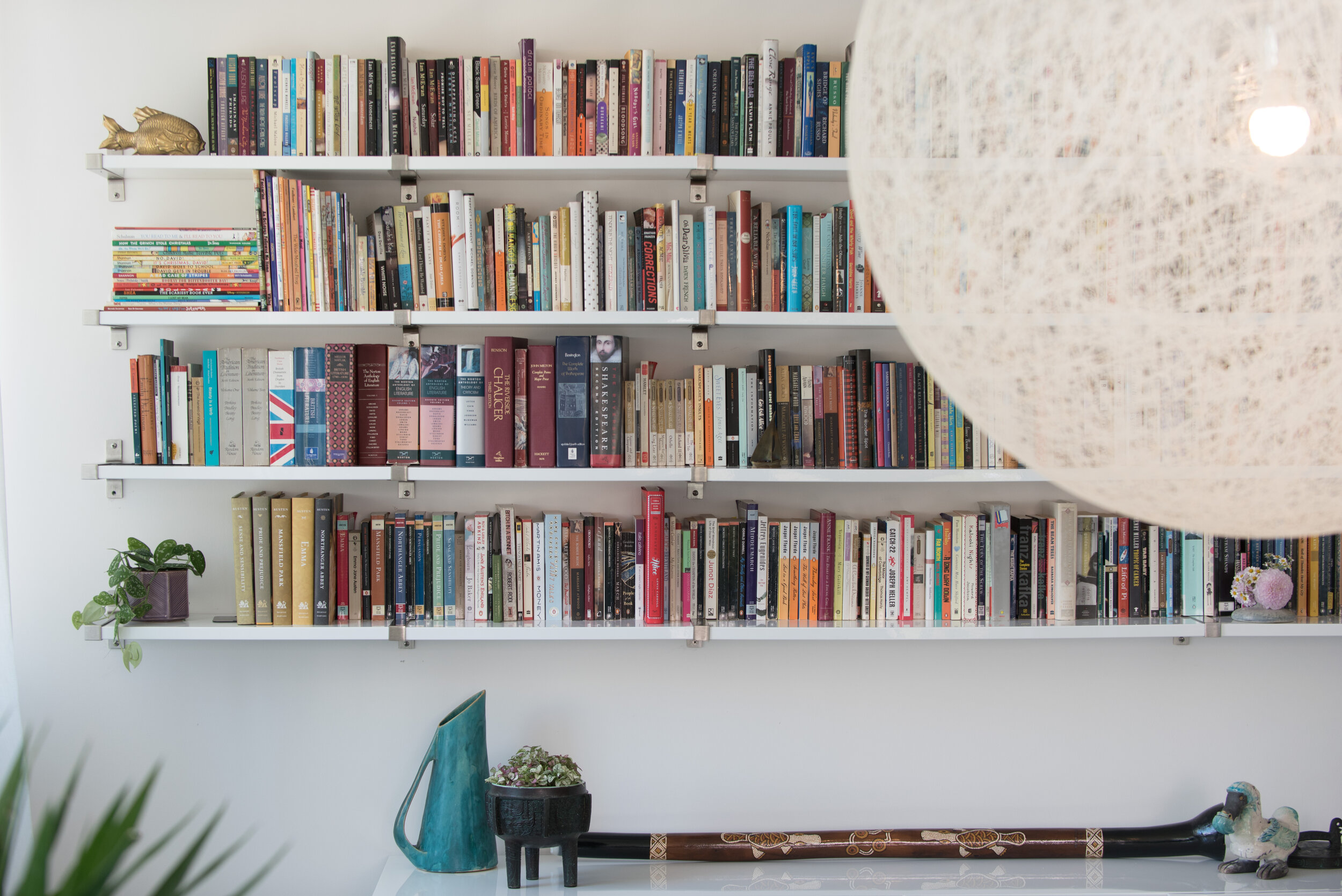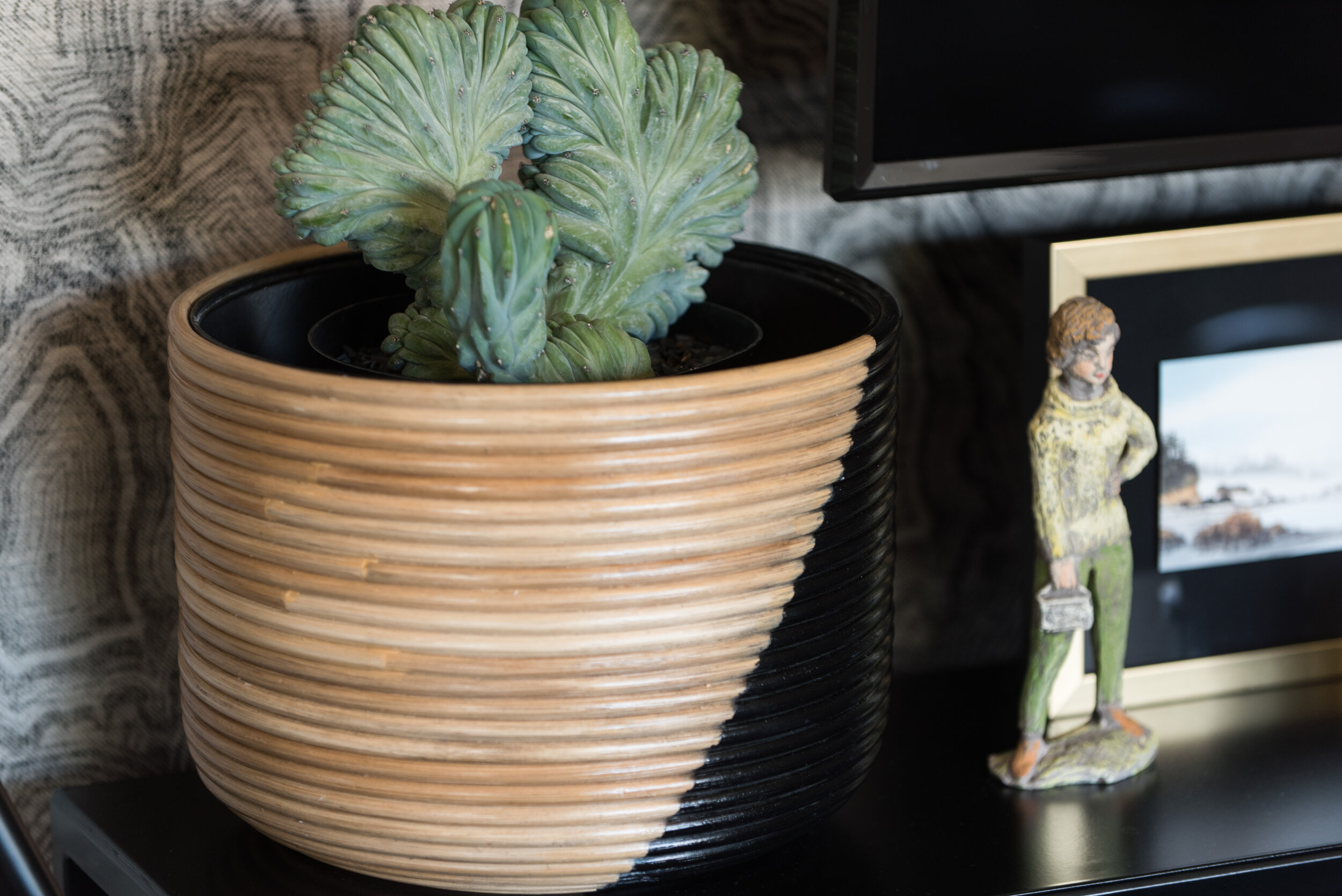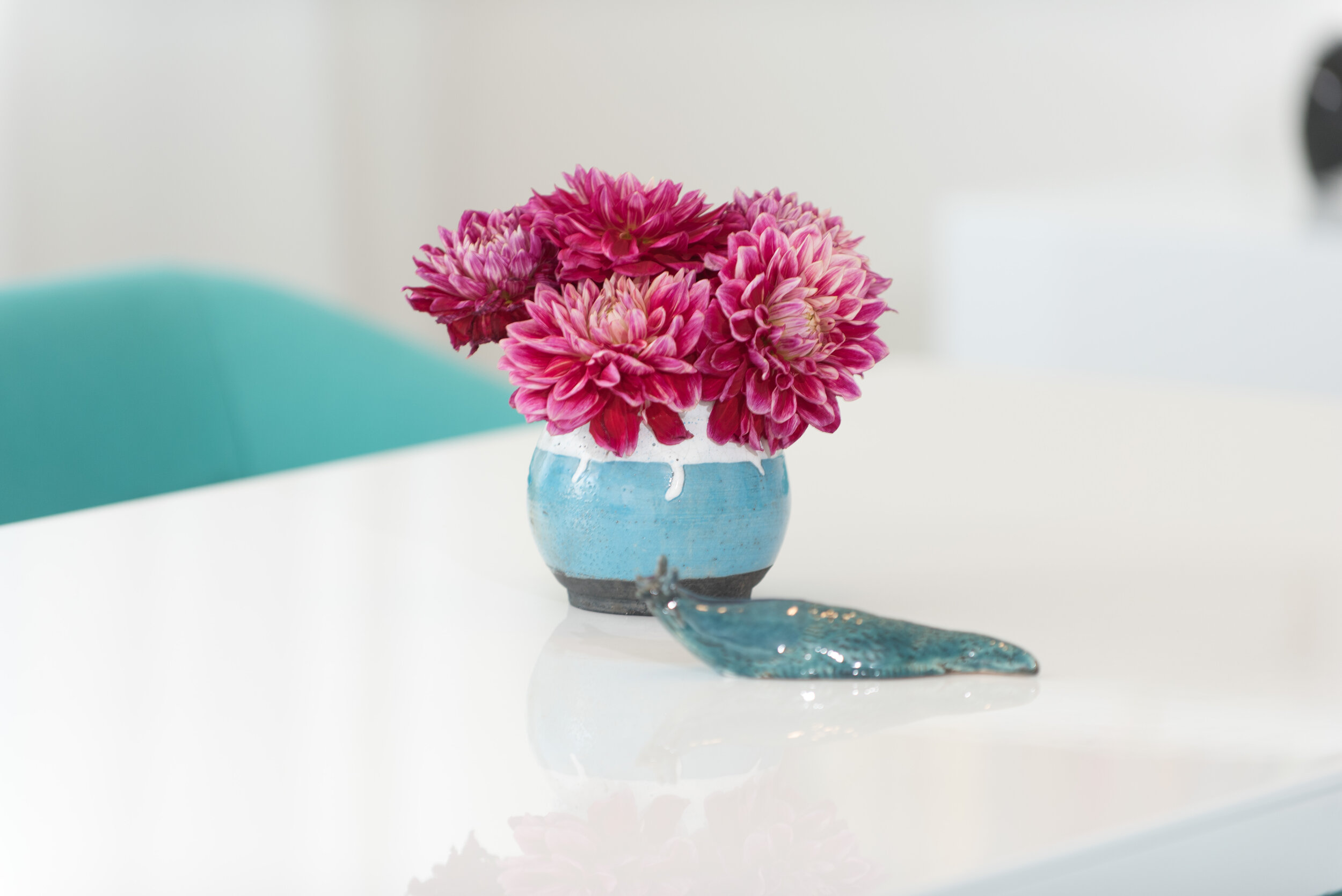Starting Slow: The Benefits of Mindful Design
/An exceptional bottle of wine, a decadent meal lovingly prepared from local organic goods, a beloved heirloom quilt, or an expertly crafted handbag can bring a sense of wonder, pleasure, and appreciation into our lives. These items feel special because of the joy and beauty they provide and the skill, expertise, and time devoted to creating an exceptional experience or product. Care and quality are often accompanied by time, which can contribute to the rarity, meaning, and preciousness of an item or experience. Artisan products generally include more thoughtful processes, from sourcing high-quality goods and materials to engaging skilled craftspeople. This considerate approach leads to finer results and often to more ethical production practices.
In recent years, many of us have sought responsible options in response to our concerns about environmental, labor, and production impacts, seeking products and services that align with our personal ethos. The increasing demand for more thoughtful production and consumption led to the slow movement's popularity. Best known through the slow fashion movement, the "slow" approach intends to offer an alternative to fast production through a more thoughtful, beneficial, and considered approach, prioritizing ethical creation, consumption, and cradle-to-cradle technologies. The slow approach has also been popularized through the slow food movement, where similarly, all stages of the item's life cycle are considered, from the initial production steps to its use and the impact of any material remnants. This approach is often better for the environment, using processes that consider waste reduction and long-term consequences, and contributes to healthier lifestyles for those involved.
Slow interior design embraces a similar approach, applied to all stages of the design process. Sharing concerns around long-term sustainability and in an effort to make a positive impact both culturally and environmentally, slow interior design takes a more considered practice to the thoughtful planning of the home and the sourcing of materials. The immense benefits from slow design come from its holistic approach, through a slowly layered design process that focuses on long-term happiness over instant, but perhaps temporary gratification.
Recognizing the joy our home objects bring us, slow design offers the opportunity to dress our homes with cherished pieces that recognize and integrate the process of creation into the design. For something like a beloved wooden dining room table that may serve as the hearth of the home, considering the time behind the growth and care for the trees, their thoughtful harvesting, and the craftsmanship behind building the table can impart a sense of gratitude, connectivity, and beauty to the daily dining experience. Slow design encourages production that celebrates and respects the entirety of the creation process by ensuring the material's longevity in the new context, in part by creating pieces intended for a lifetime of love. Planning for long-term use may require thoughtful sourcing of natural materials, enlisting a craftsperson with the skills to craft bespoke furnishings, and the necessary time and consideration to finalize a design that will withstand shifting preferences and needs.
Slow interior design is a trusted recipe for creating an heirloom home, slowly and thoughtfully crafted with mindful intent and enduring materials. The investment in time and well-crafted and considered materials offers the benefits of increased personalization, superior quality, and the luxury of careful decision-making. Collaborating with artisans to develop one-of-a-kind pieces and allowing the home design to germinate organically can create space for the unique building of personal style, crafting a home that feels wholly individual and grows with the residents.
Many artists and craftspeople cherish their work and are knowledgeable about their wares, which can be valuable when items eventually need repairing or updating. Because of the intimacy of working with artisans, many will be willing to adapt furnishings to match changing needs, saving the items from needing replacing while still navigating shifts in preferences. Over time, working with a craftsperson may provide insights into our tastes and style, allowing them to make suggestions or develop ideas tailored to us and our homes.
Our homes can be an excellent reflection of ourselves, and treating them as works of art crafted with intentionality can be deeply personally fulfilling. An unhurried design approach expands opportunities for change and adaptation to daydream about the use of spaces or the look of an item and long-term goals for the home. Taking a thoughtful and deliberate path can build a sense of self, place, and a nurturing home environment, especially for those who may feel less decisive about their home goals. Taking time to craft our interiors also offers opportunities to envision the space and, in some cases, begin to experience them and adjust as needed.
During the design process, artists can create 3D renderings to help realize possible directions for the space and help visualize how they may feel. If mulling over multiple options, seeing the rooms in renderings may help imagine the lived possibilities more vibrantly before committing to construction. While renderings take time to develop, they will ideally lead to contentment around decisions while helping eliminate the "what if feeling" about alternative design paths.
Designing with consideration towards all past, present, and future stages of materials and home can provide a holistic method of interior design, creating spaces that radiate with care and are deliberate reflections of self. Slow design embraces home as who we are, emphasizing spaces exquisitely crafted through a thoughtful and considered process for the betterment of our loved ones, our community, and the environment.
The slow design movement offers a pragmatic, joyful, and ethical approach, reflecting a shifting sentiment toward long-term happiness and collective wellbeing.
Sarah Barnard, WELL AP + LEED AP, is a leading designer of personalized, sustainable spaces that support mental, physical, and emotional wellbeing. An advocate for consciousness, inclusivity, and compassion in the creative process, Sarah’s work has been recognized by Architectural Digest, Elle Décor, Vogue, HGTV, and many other publications. In 2017 Sarah was recognized as a “Ones to Watch” Scholar by the American Society of Interior Designers (ASID).















